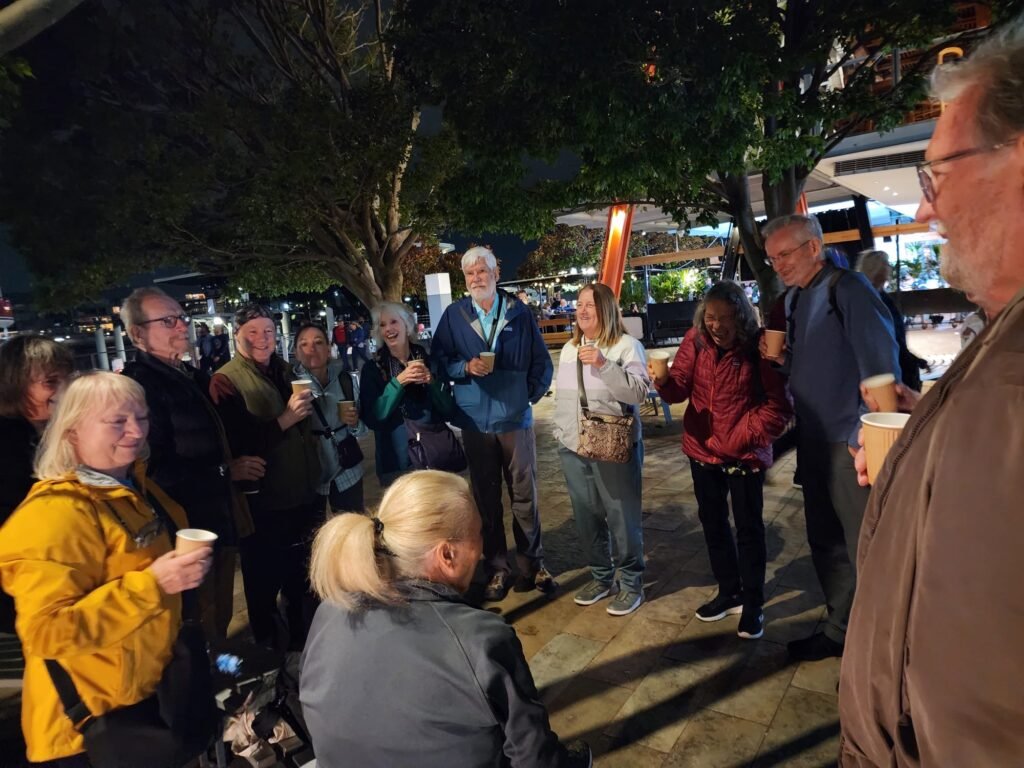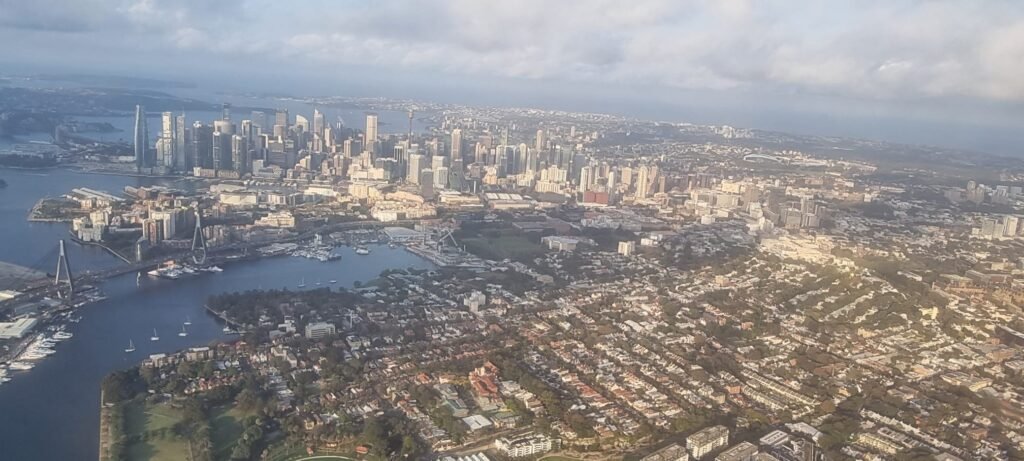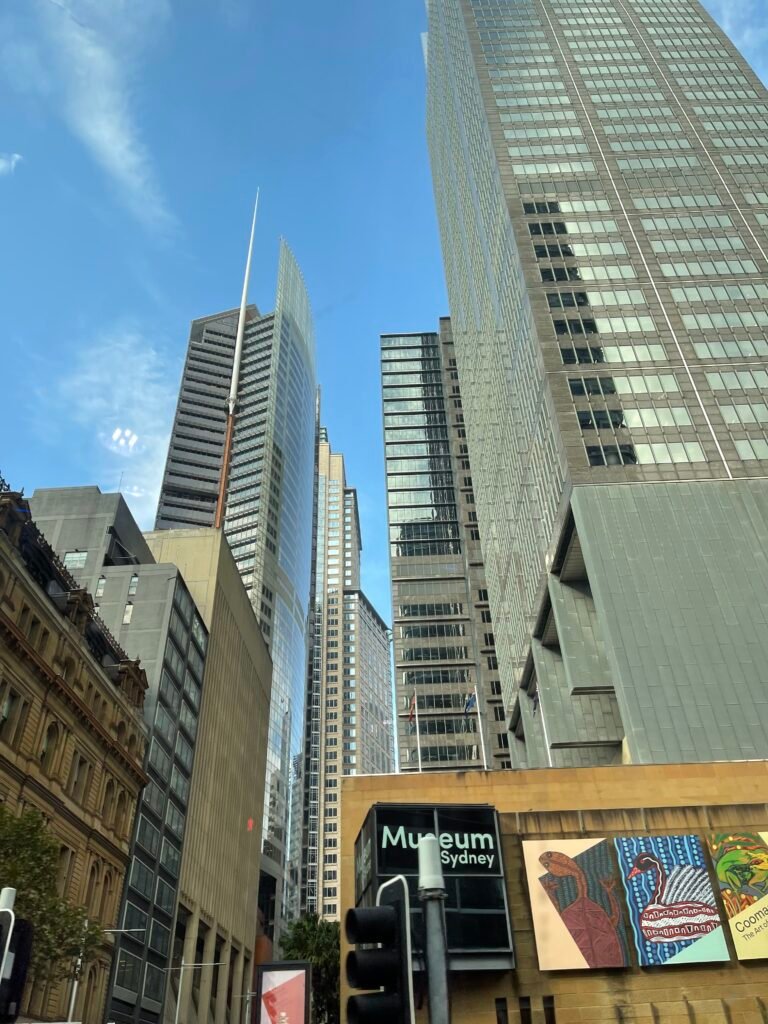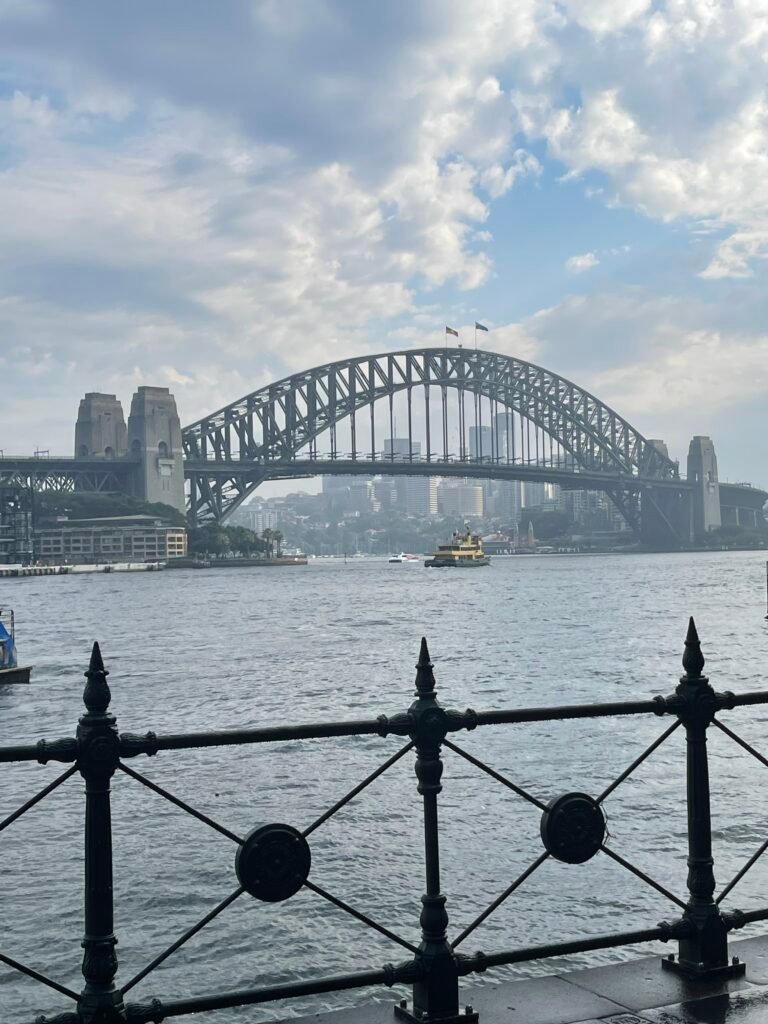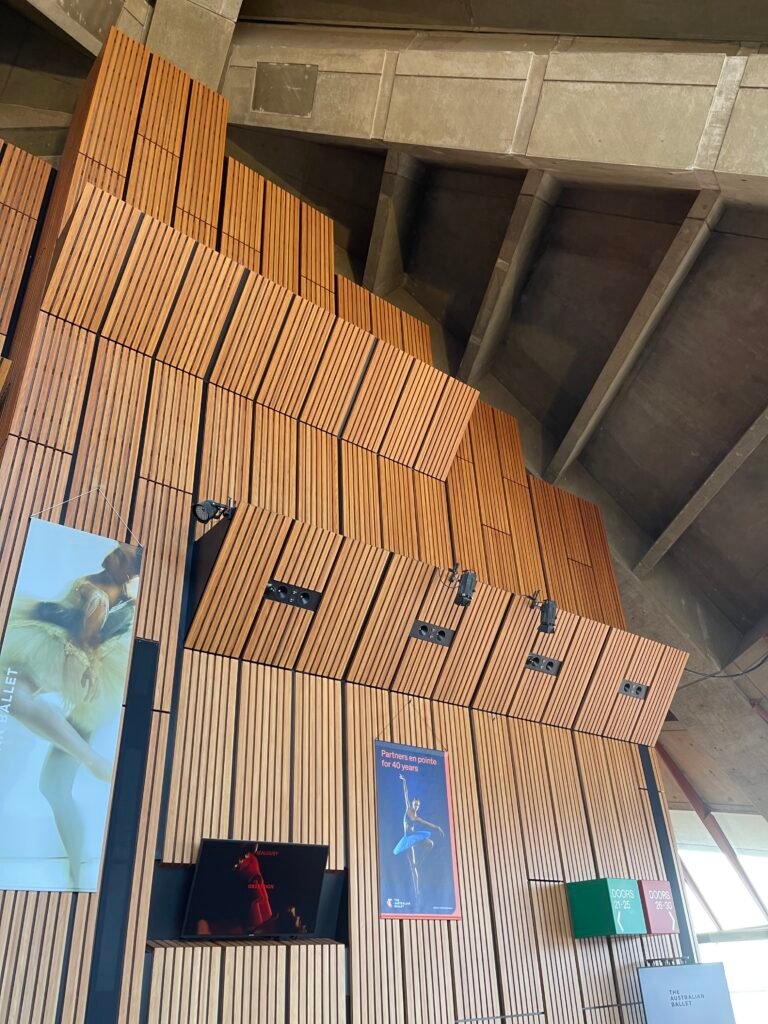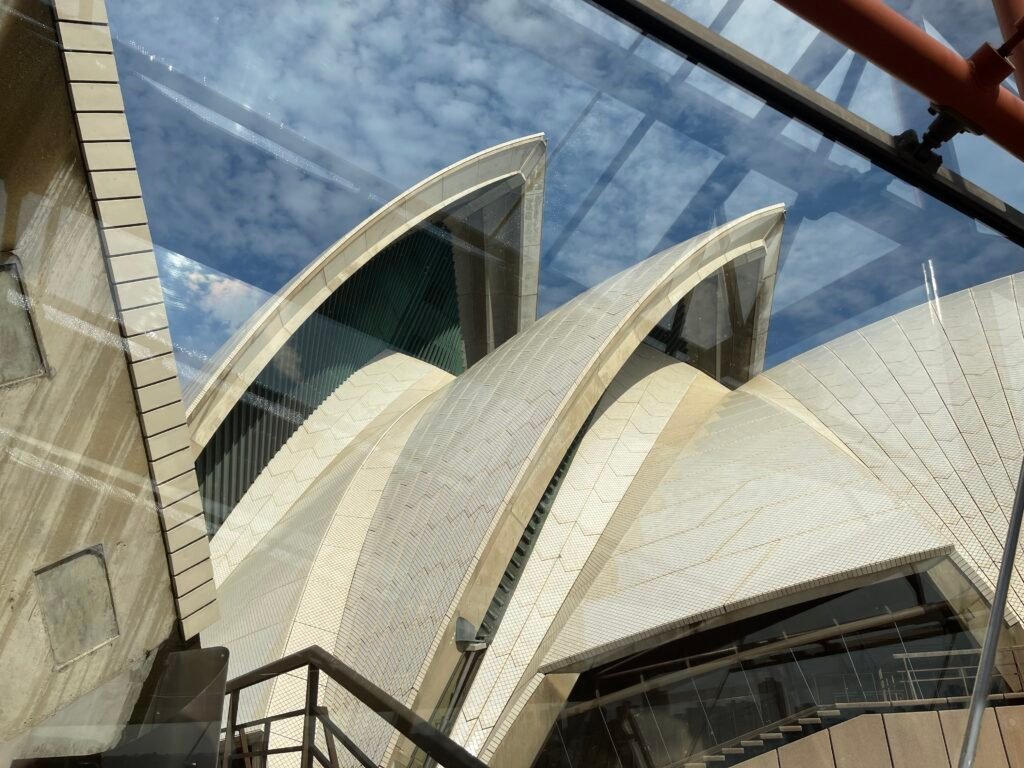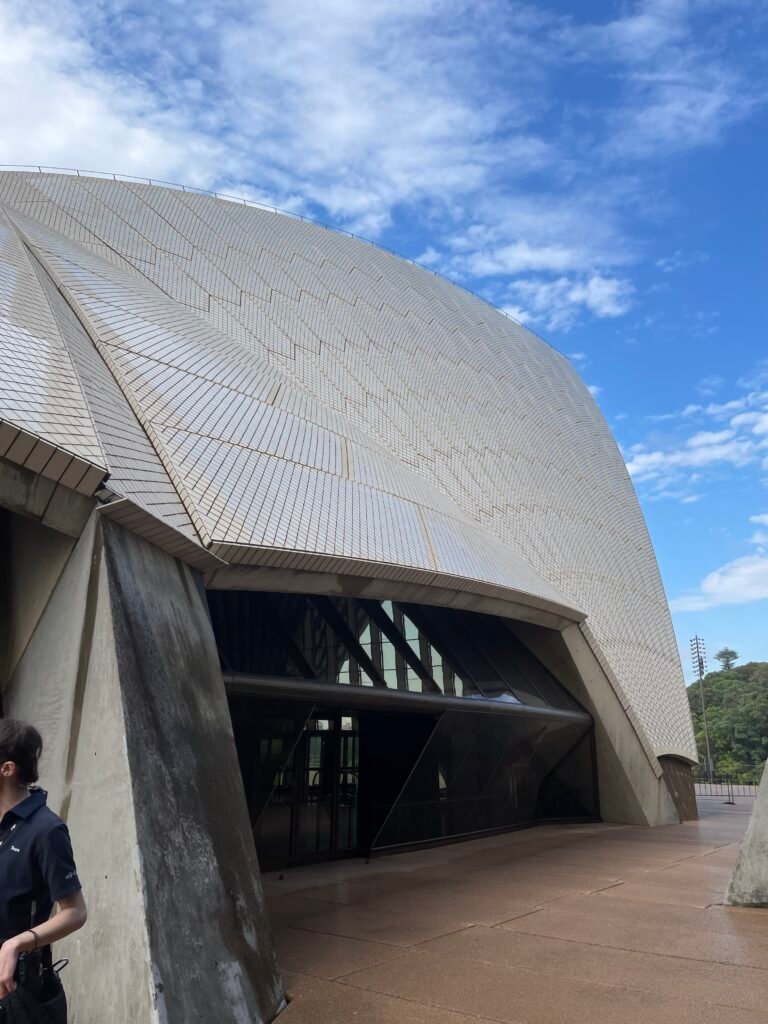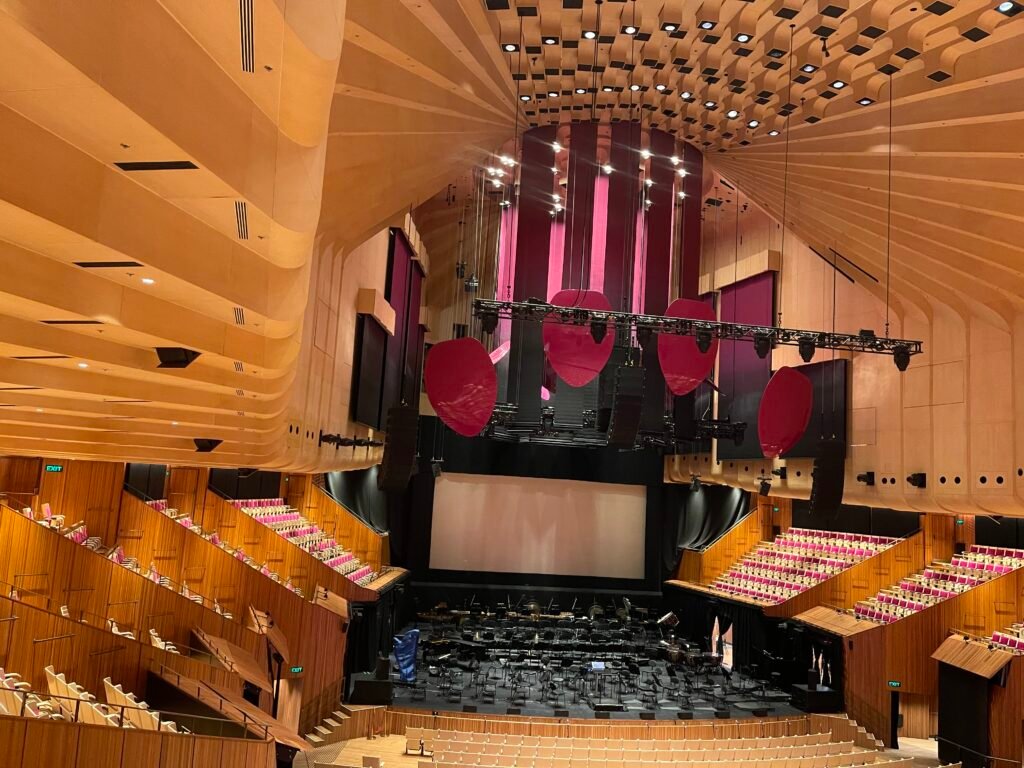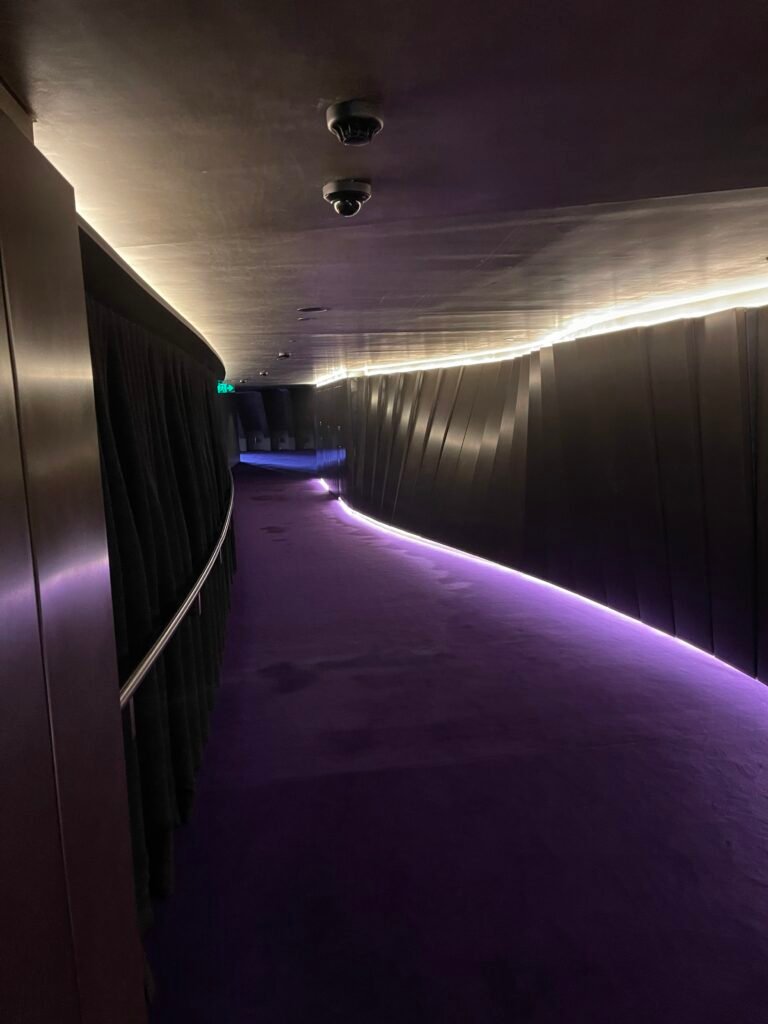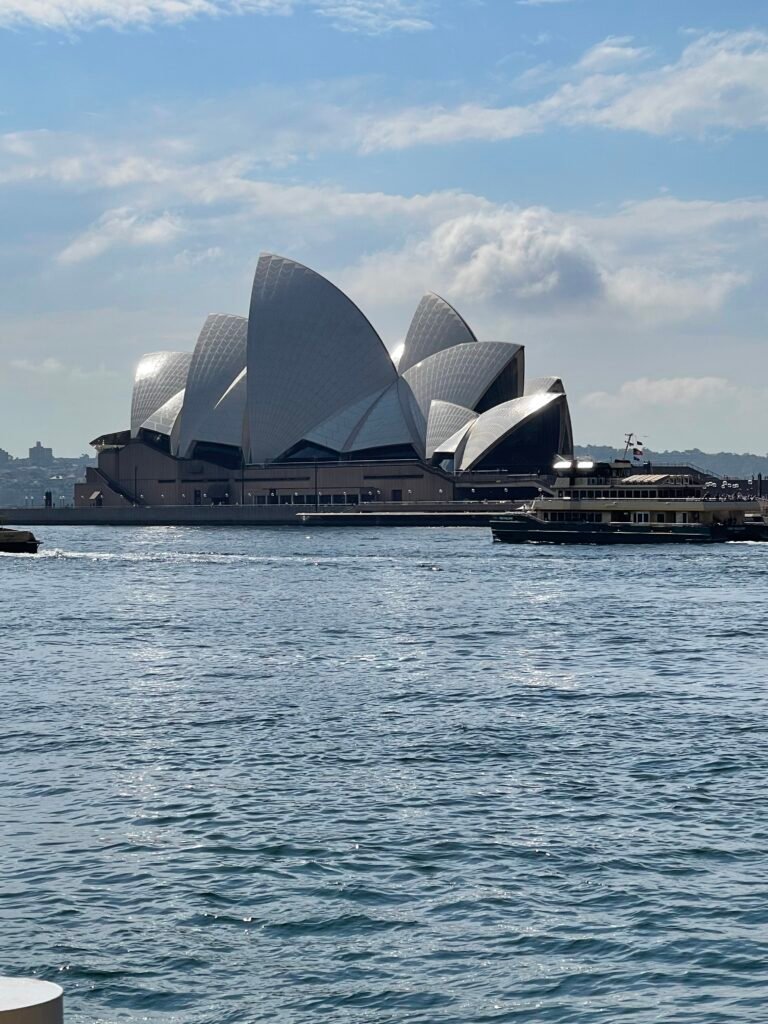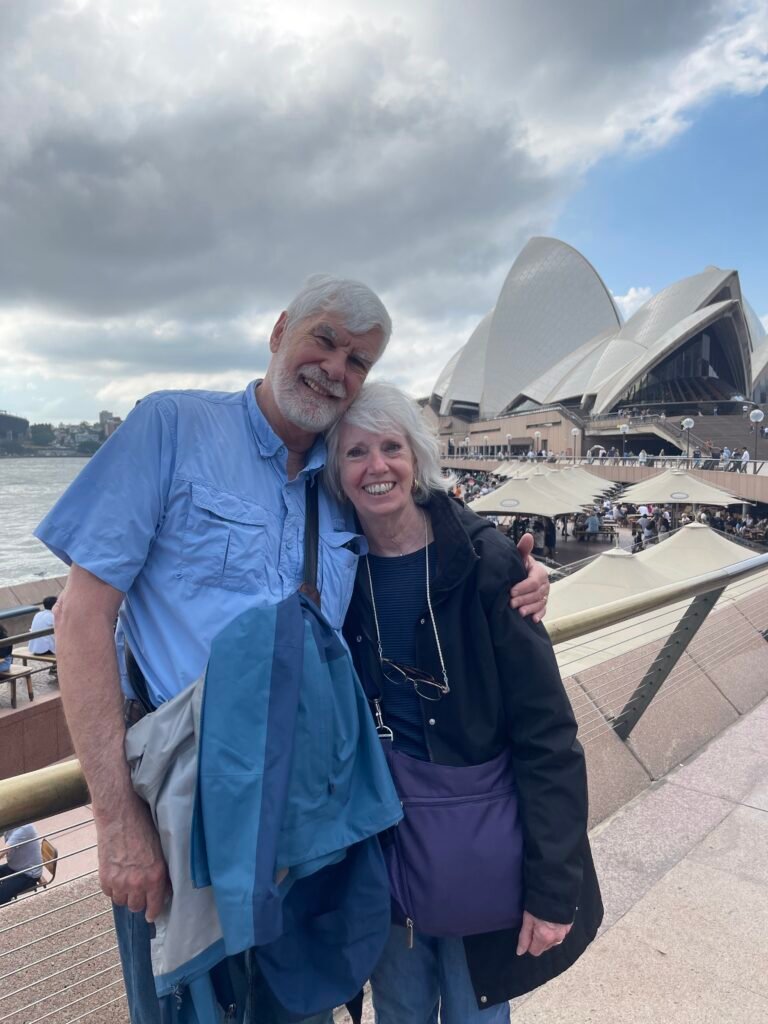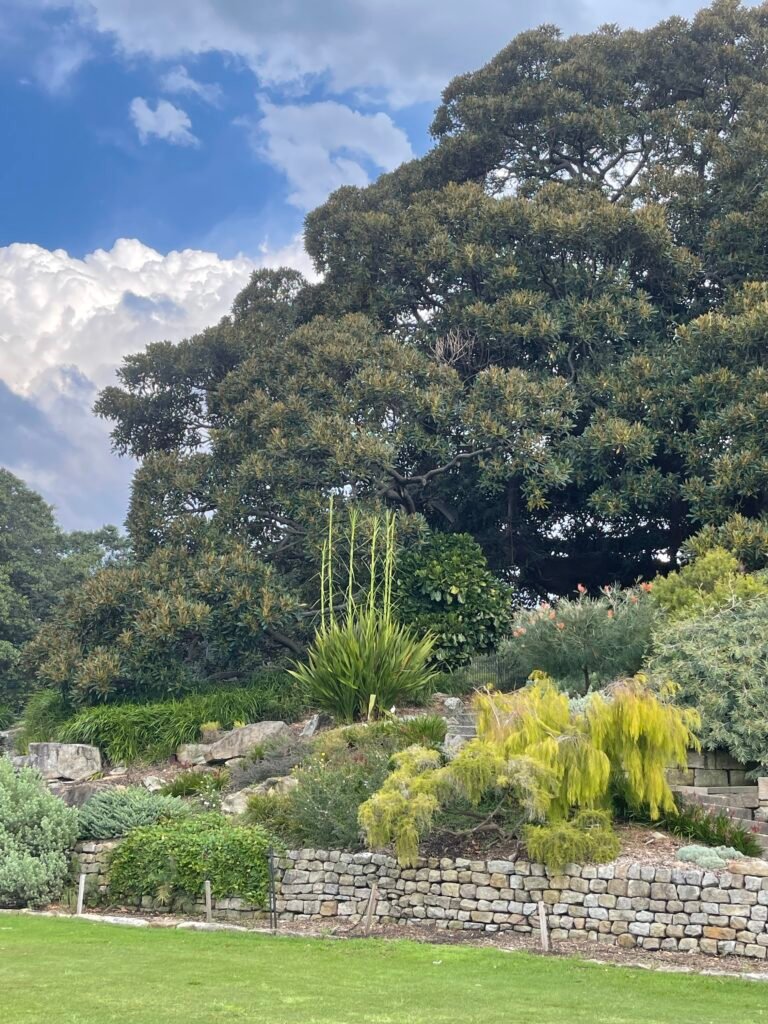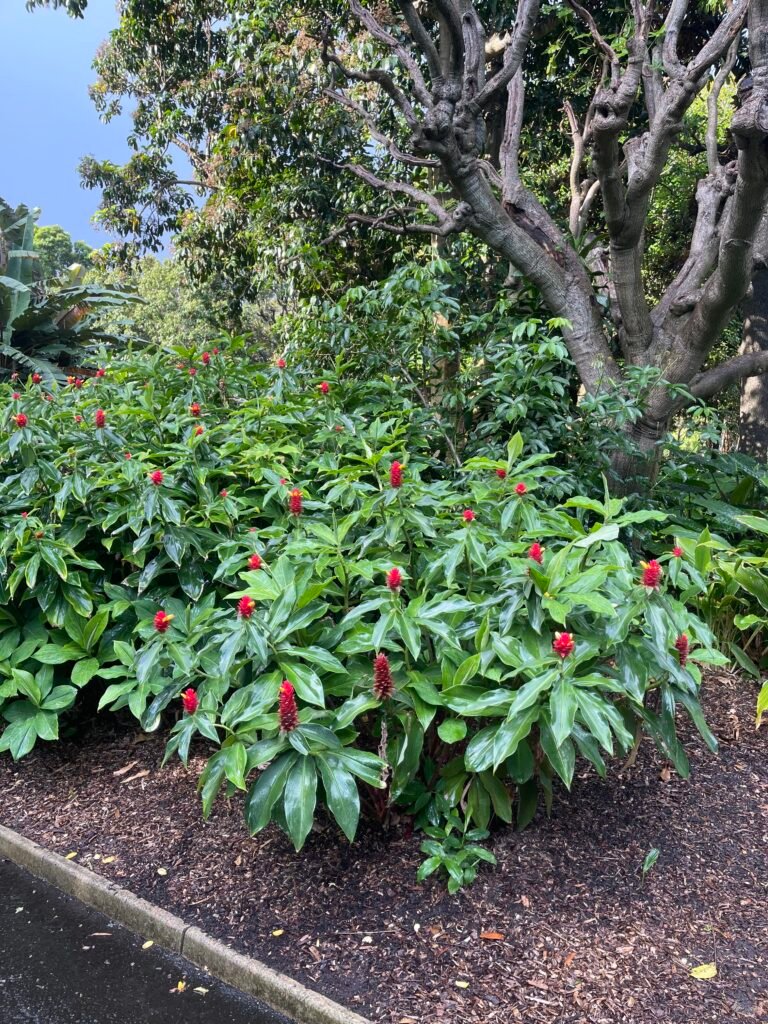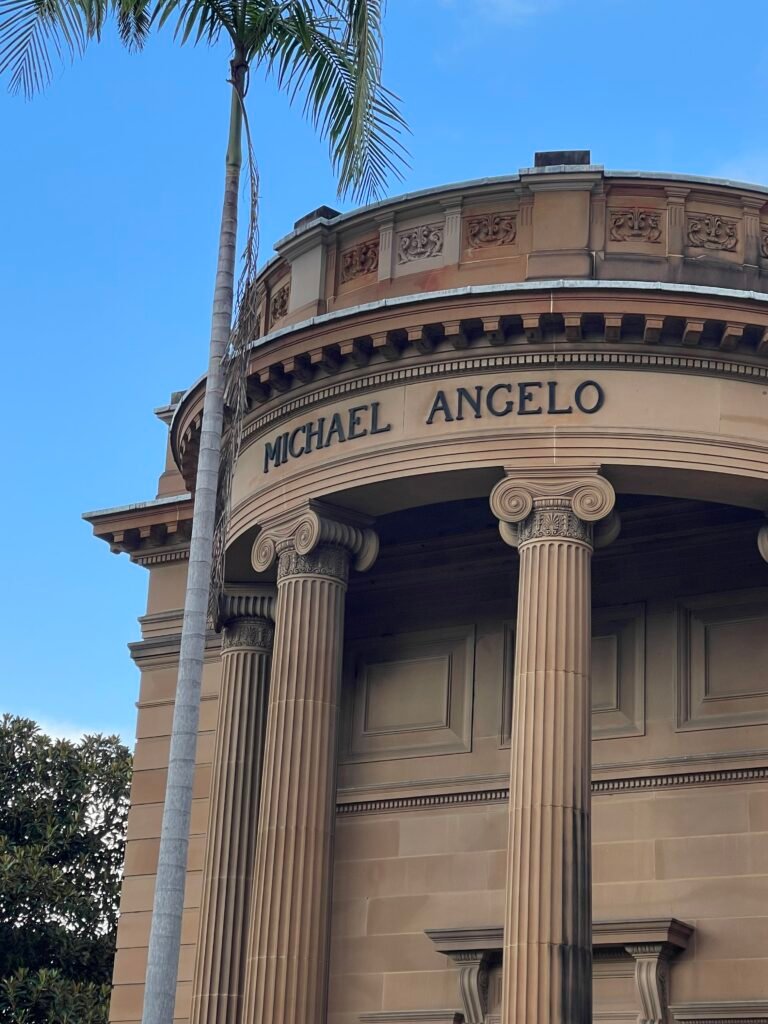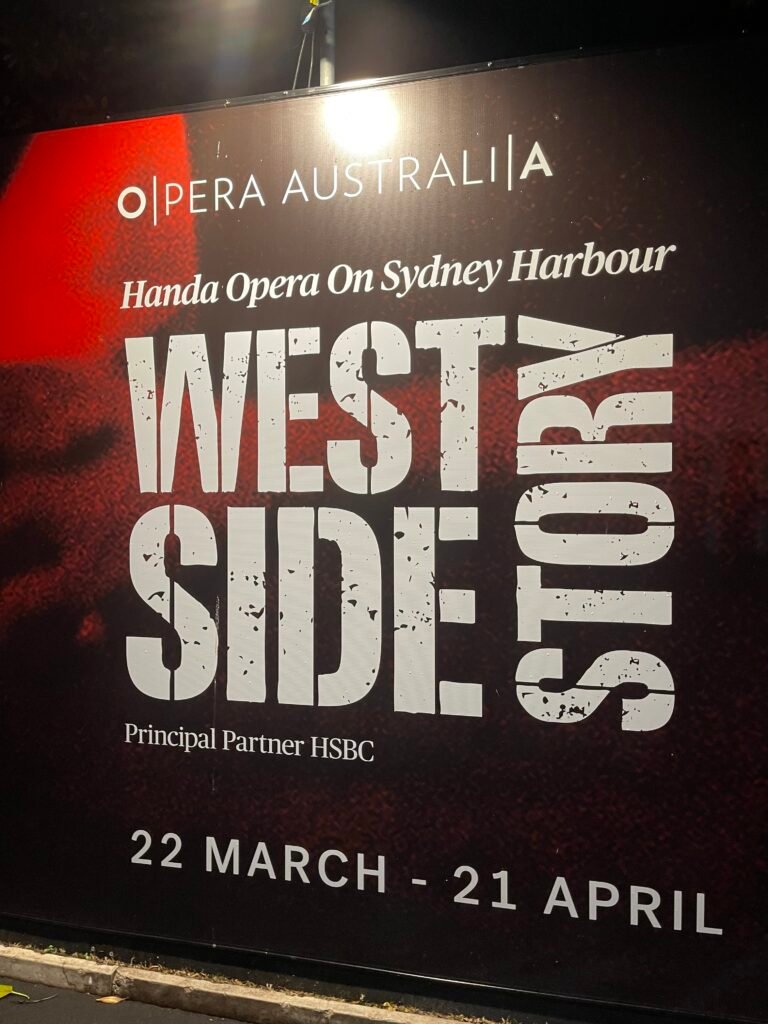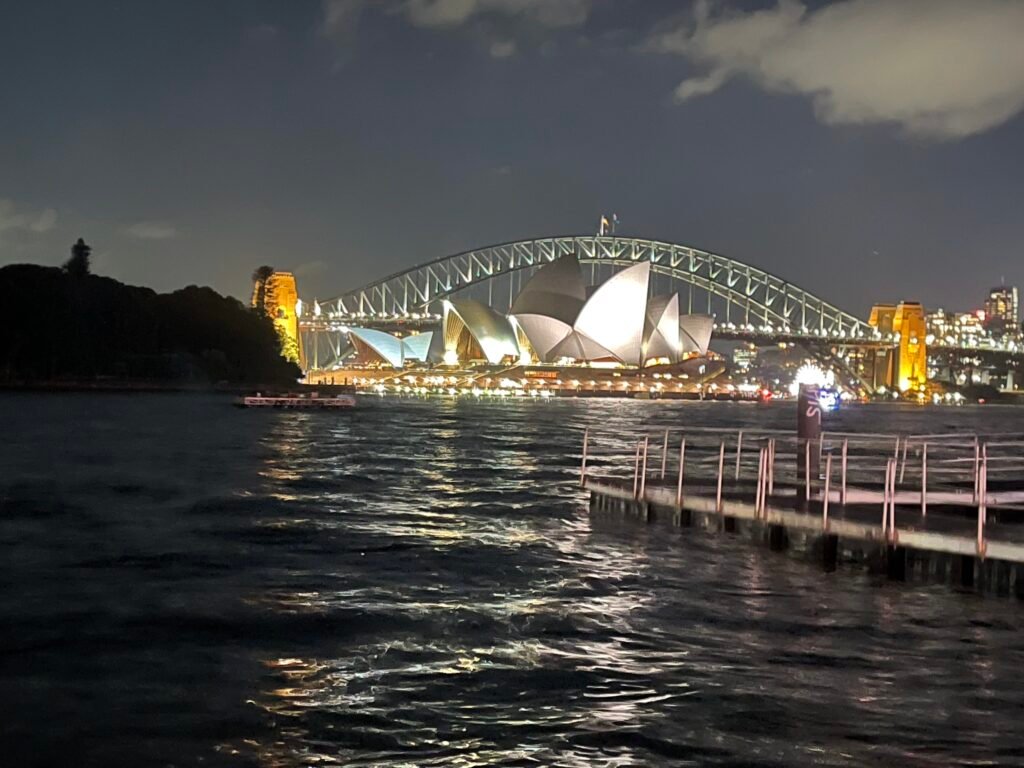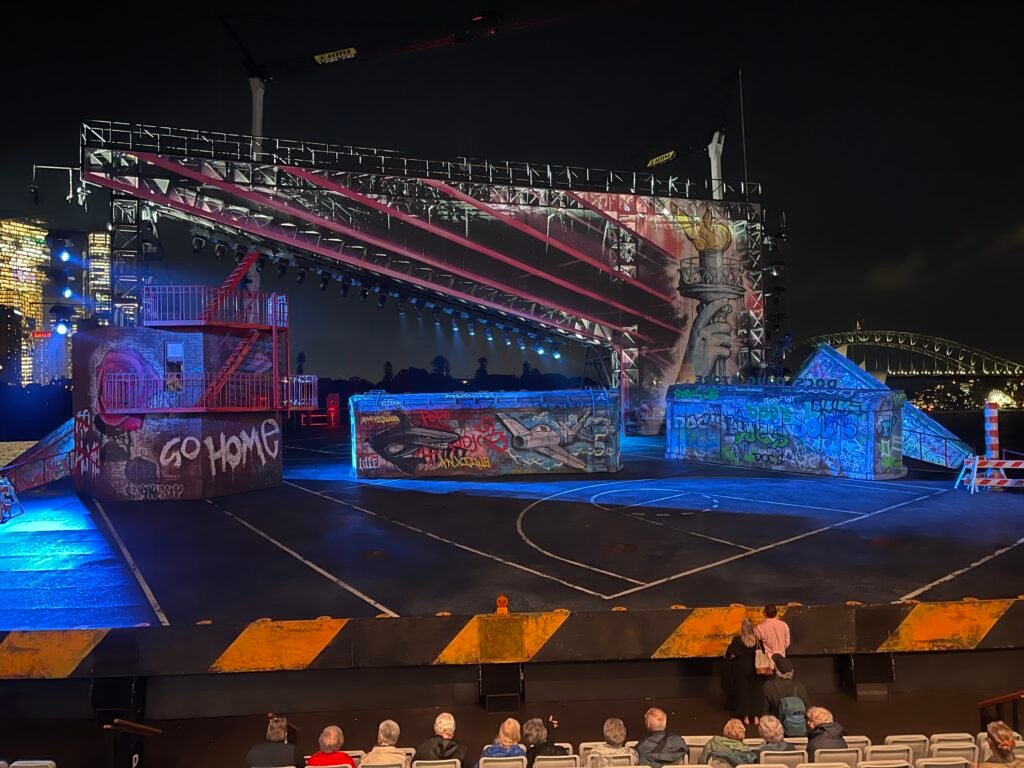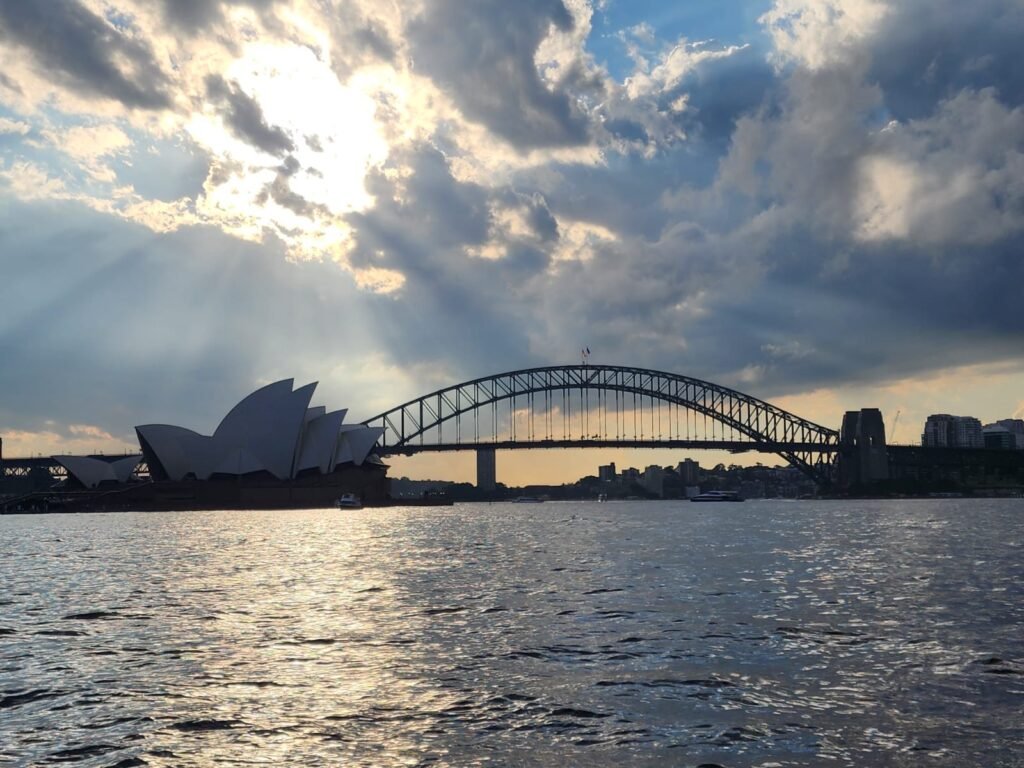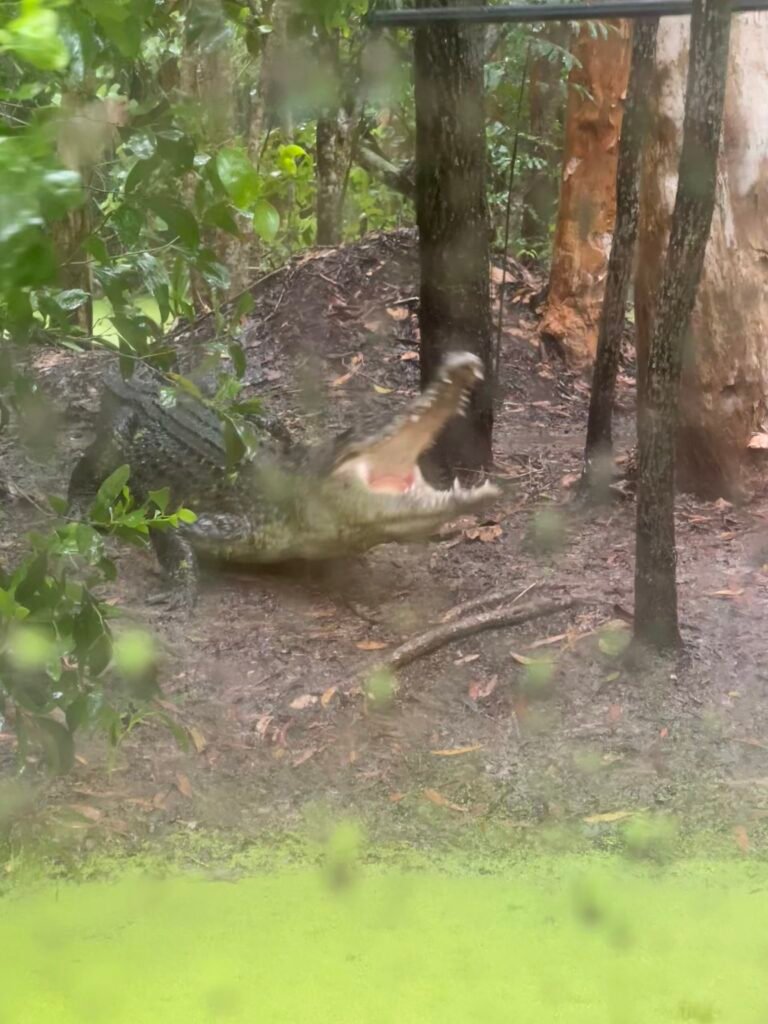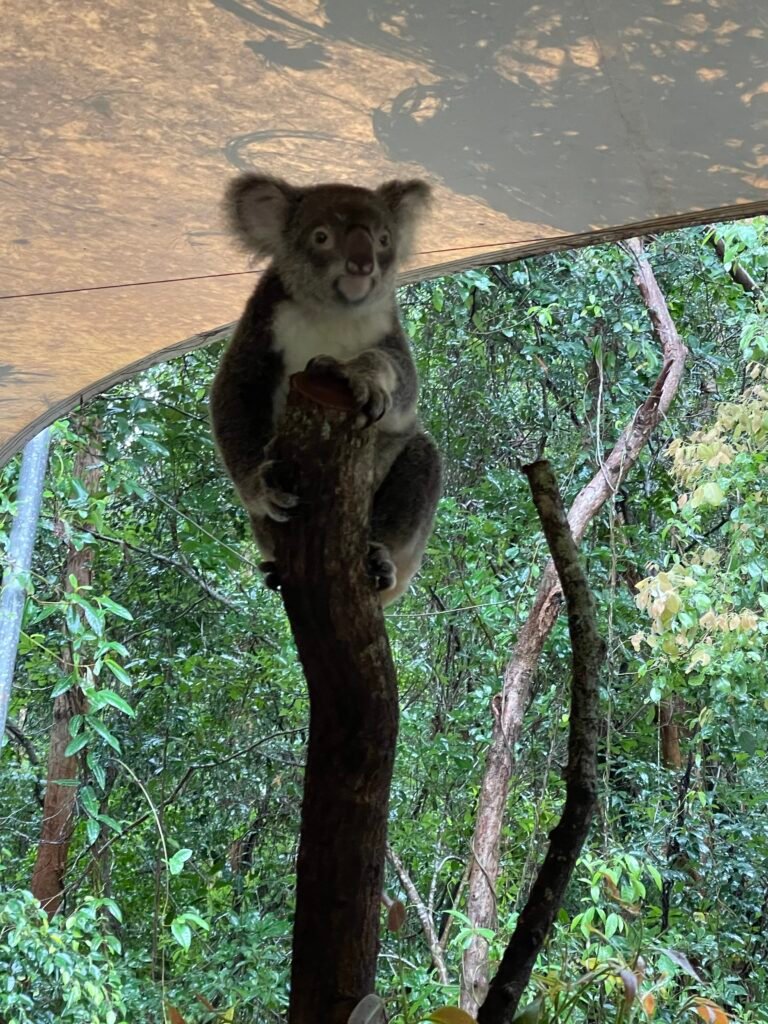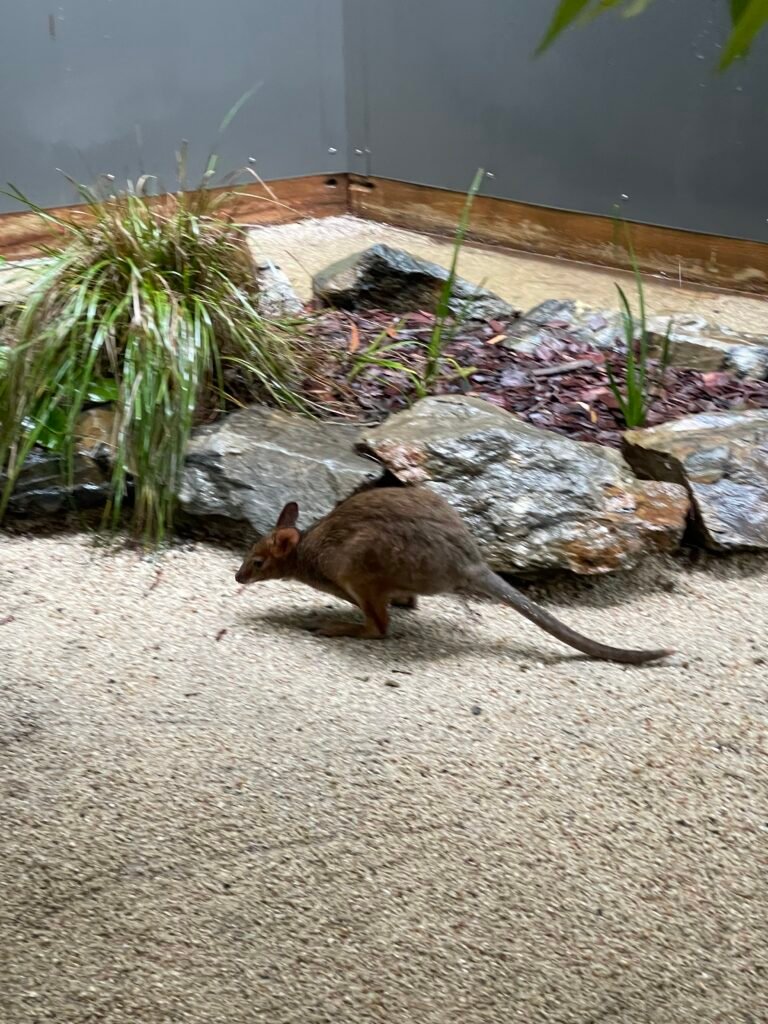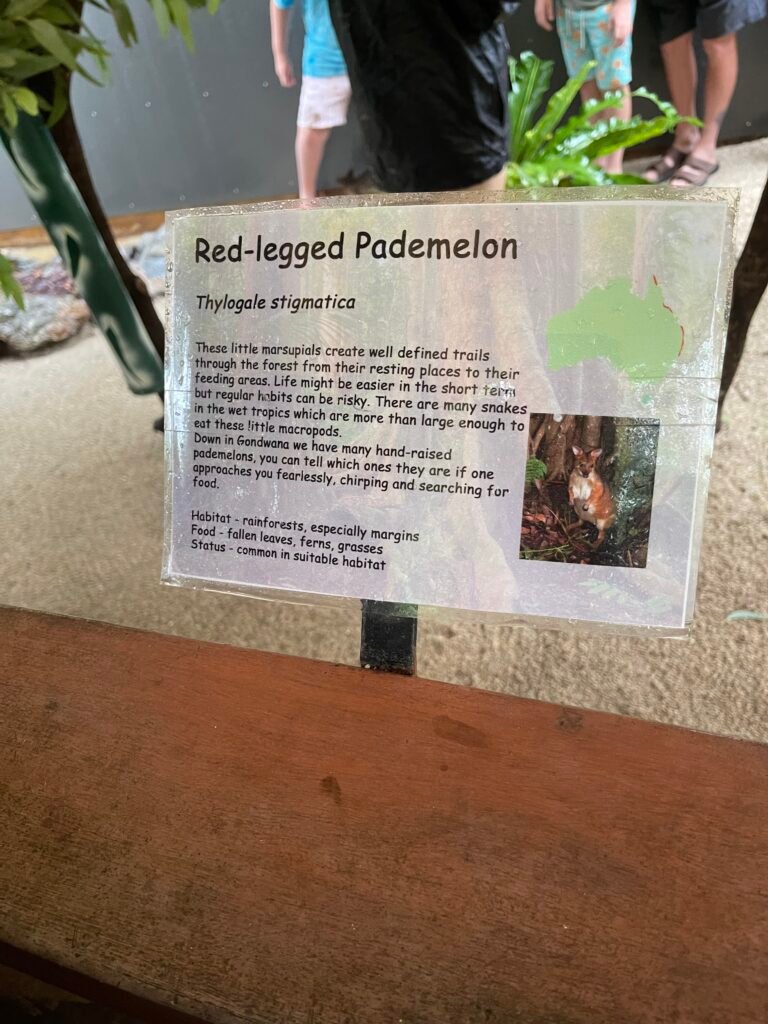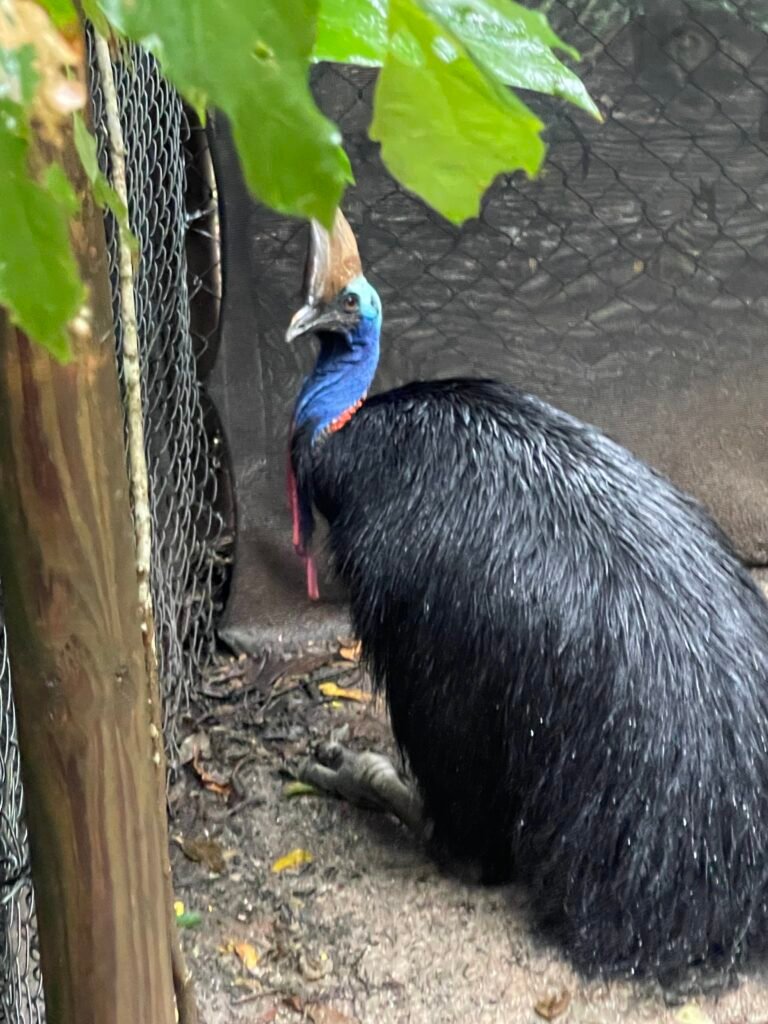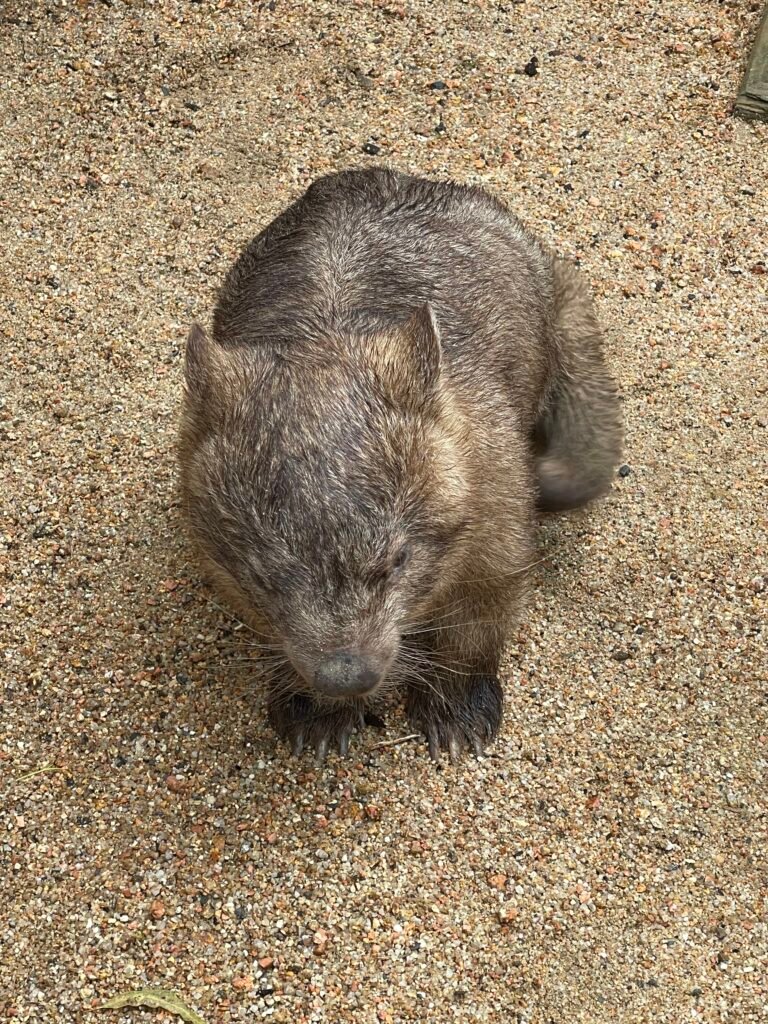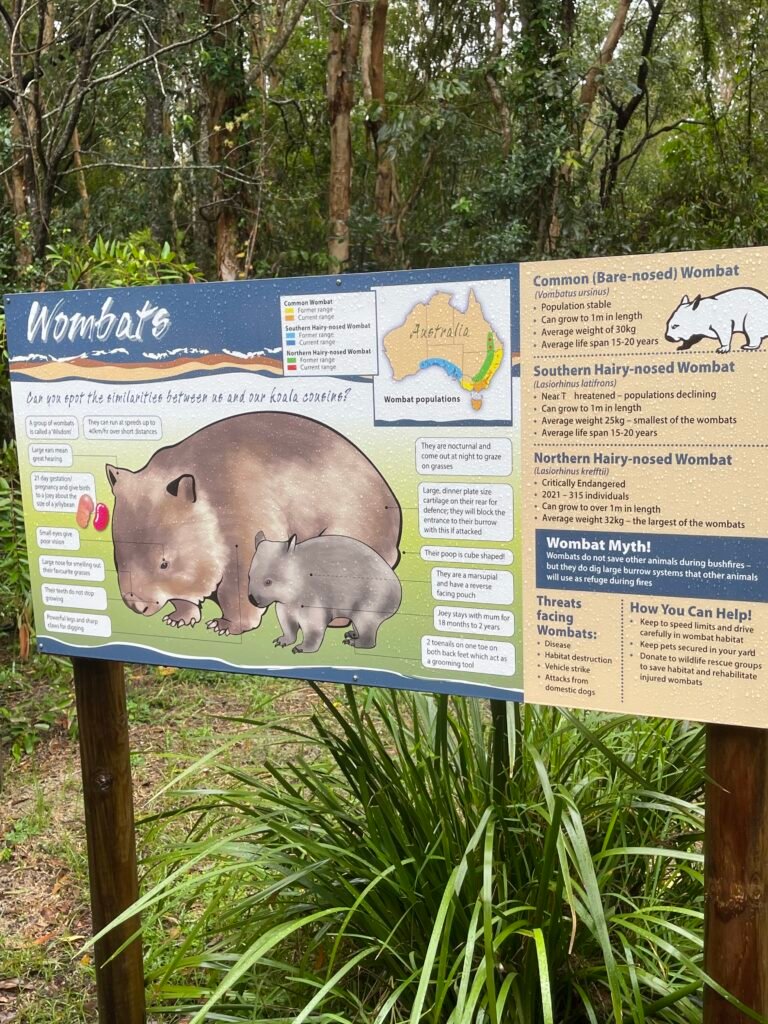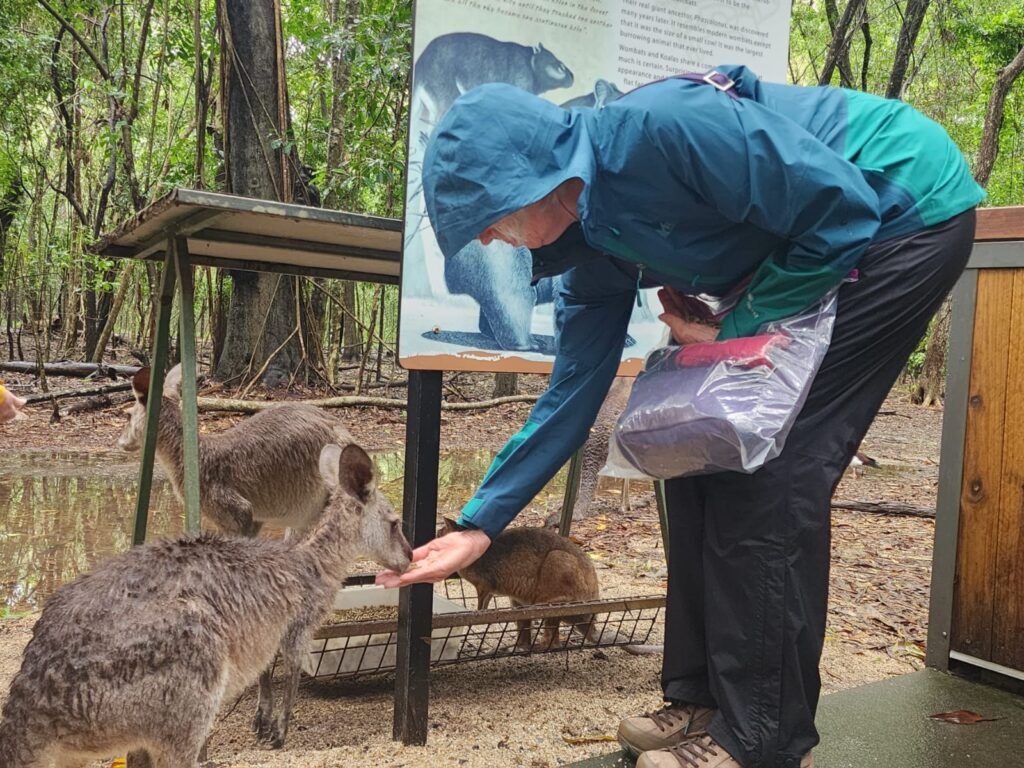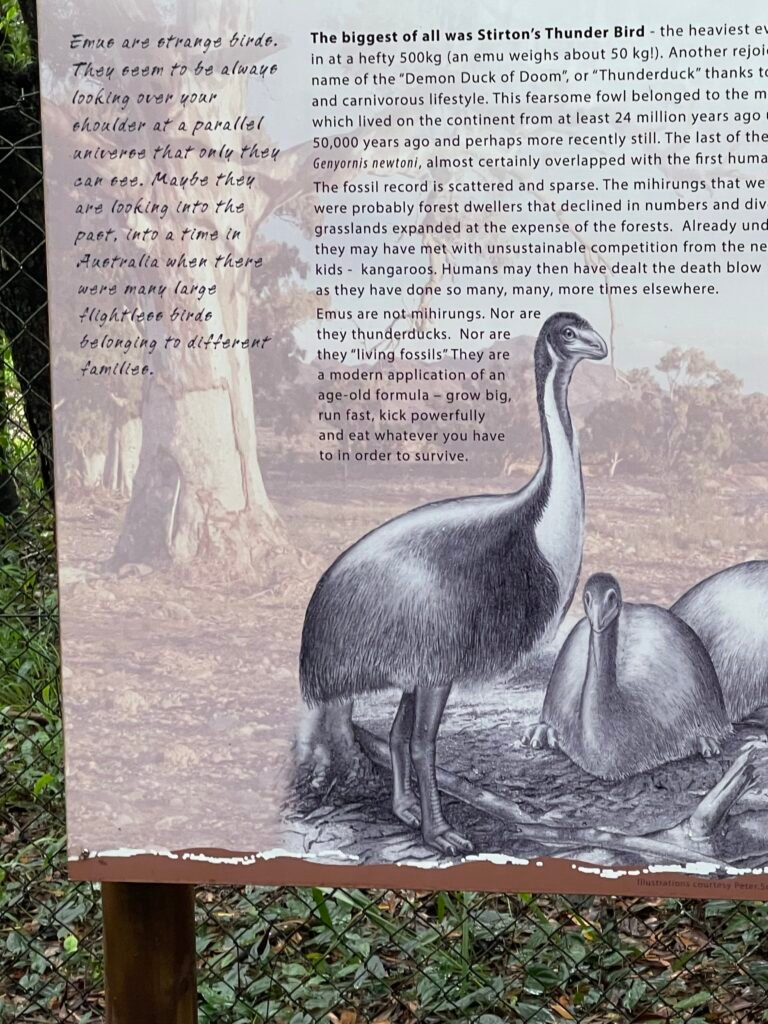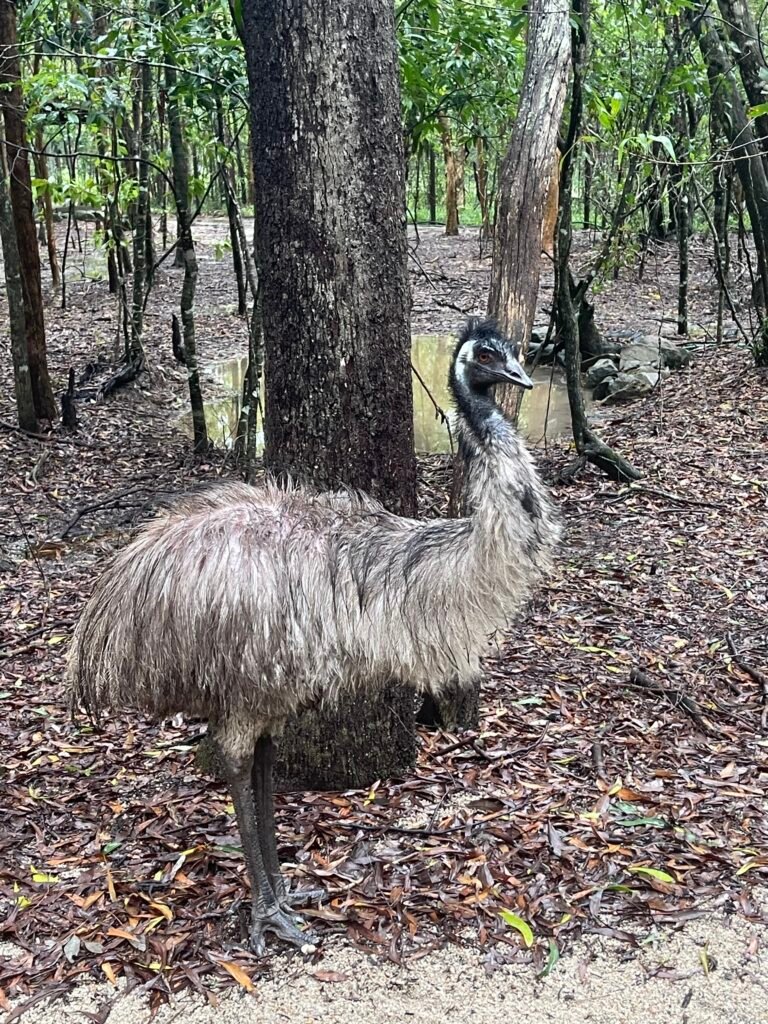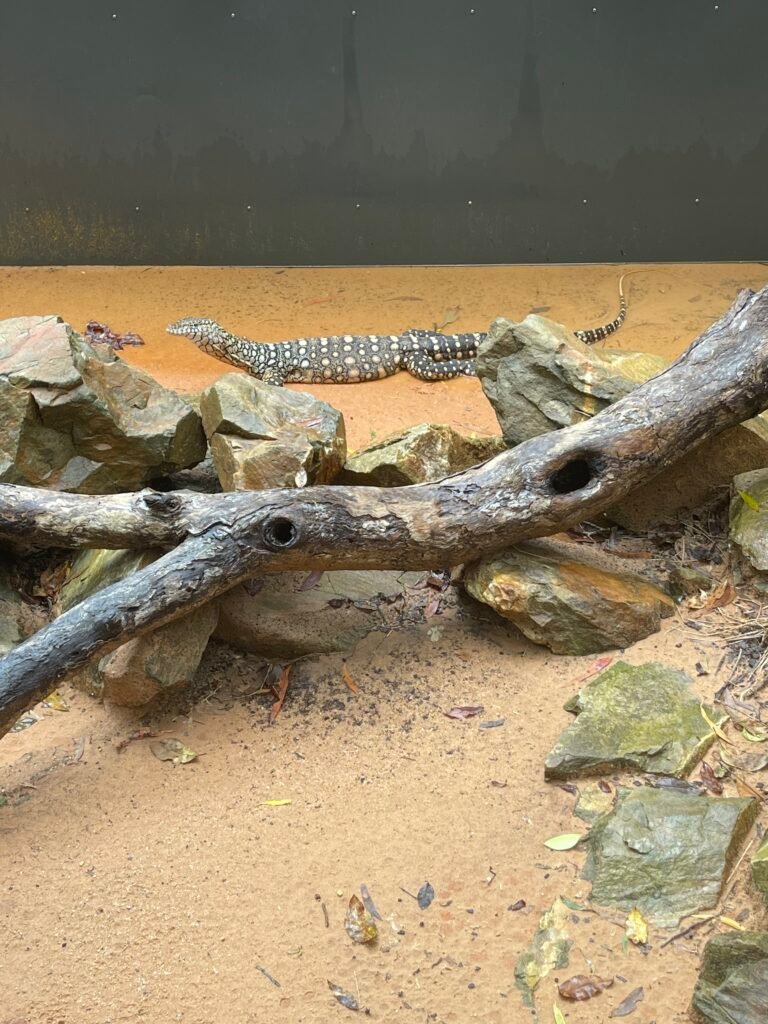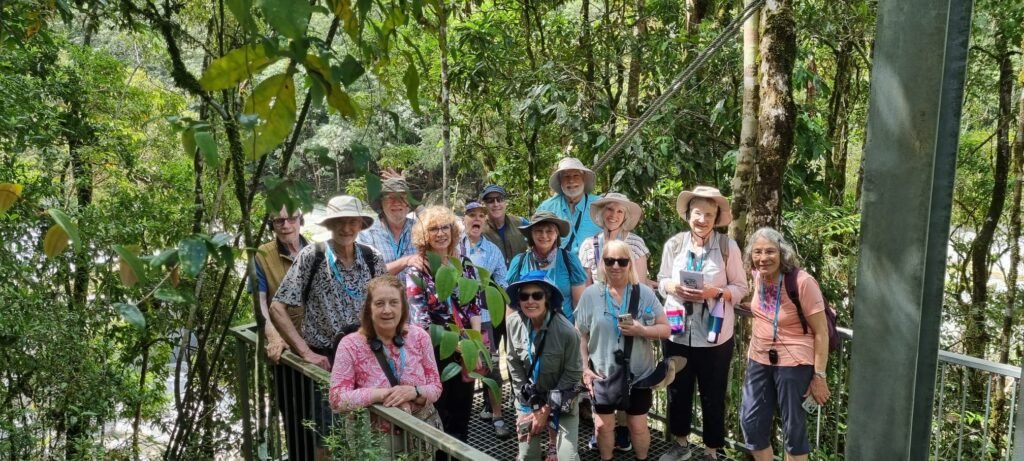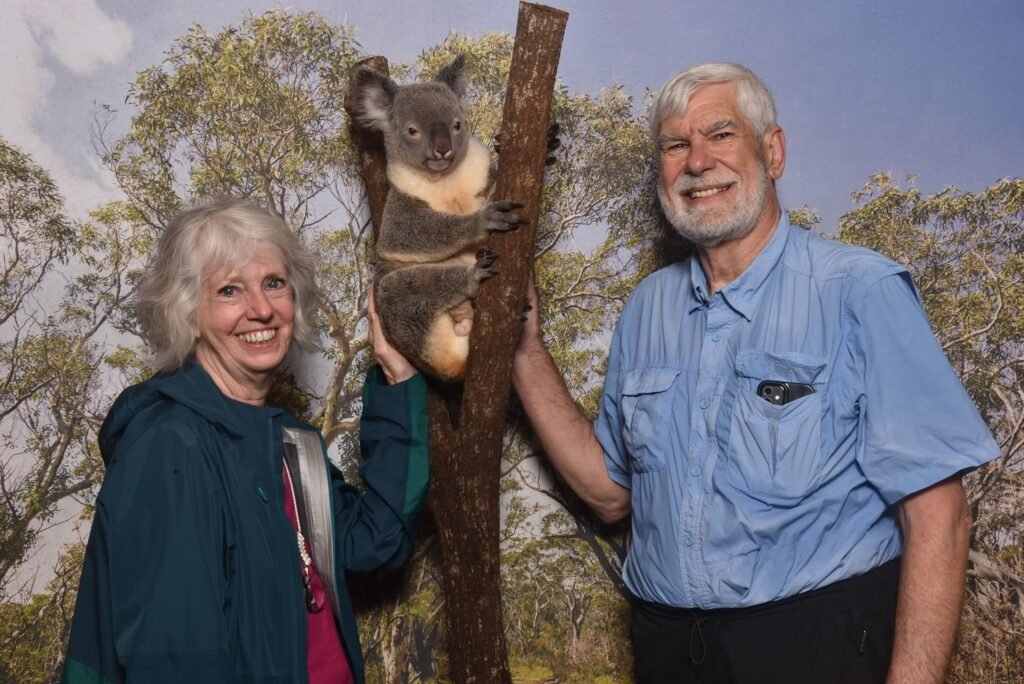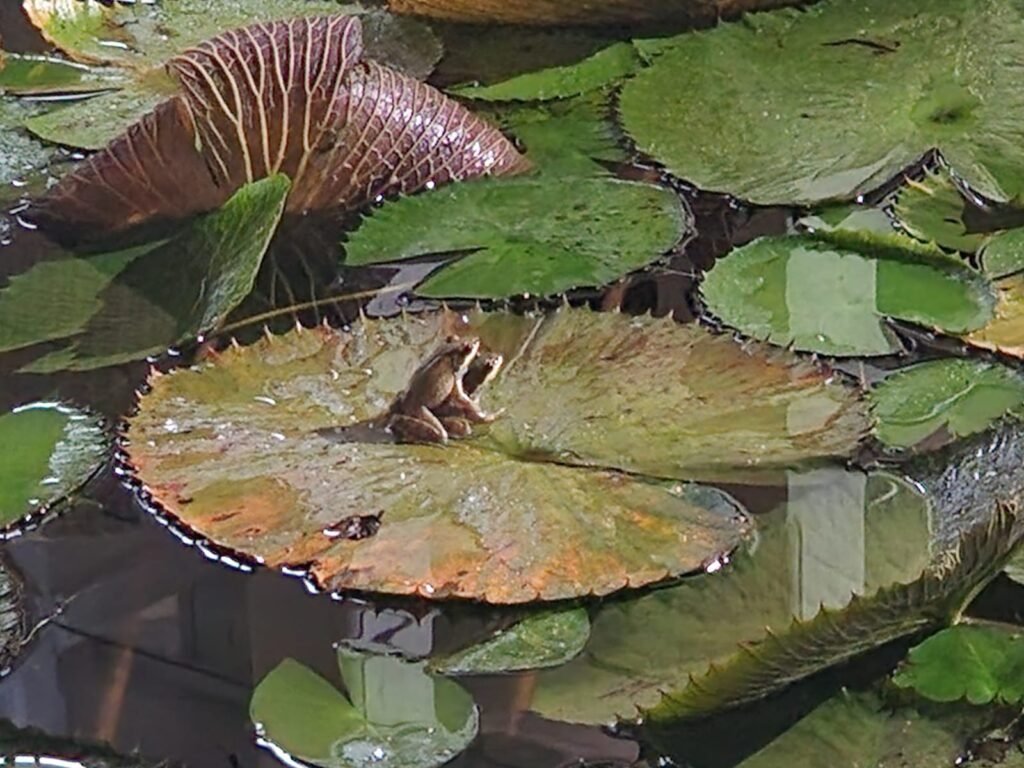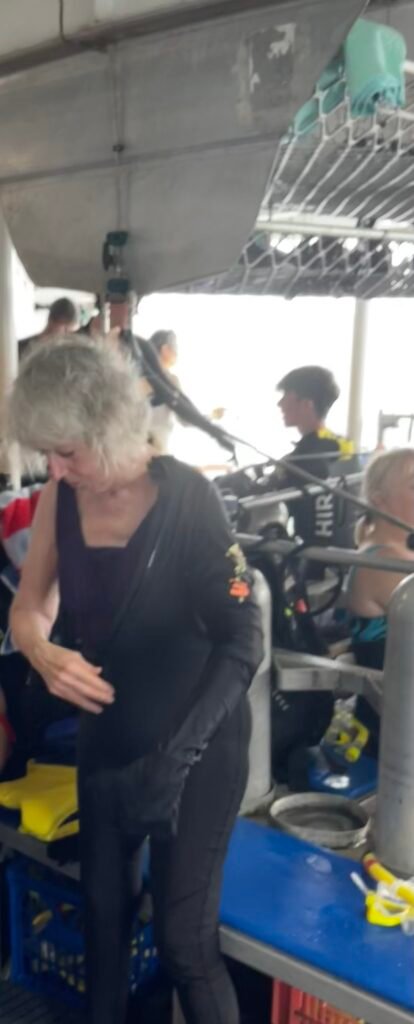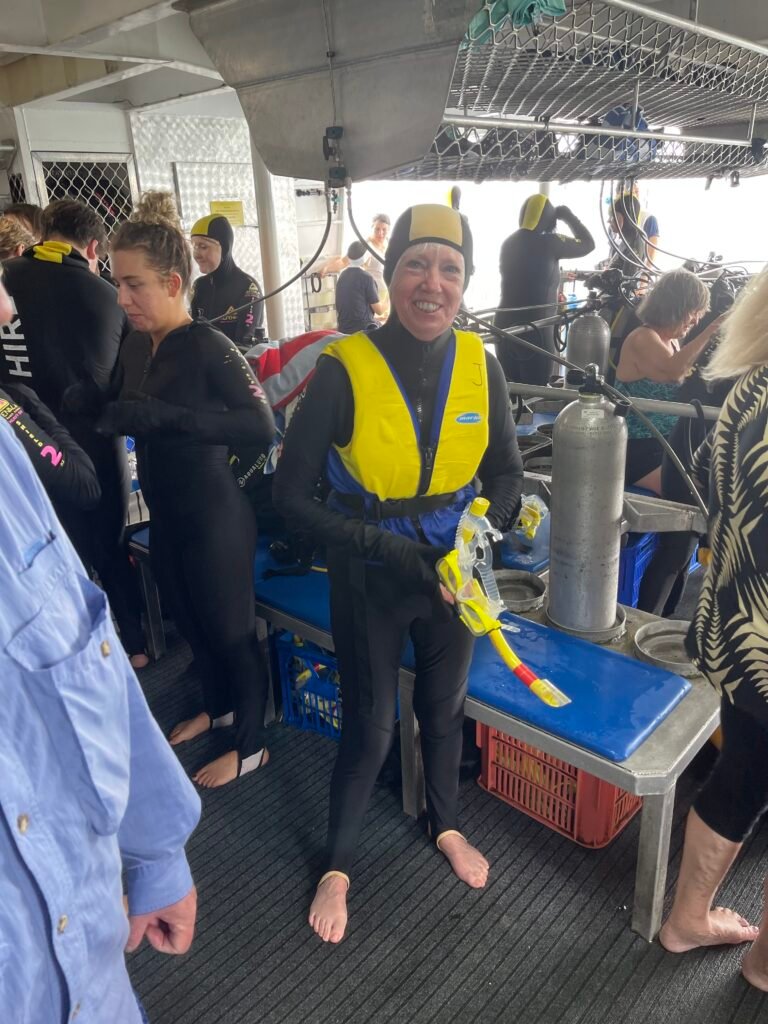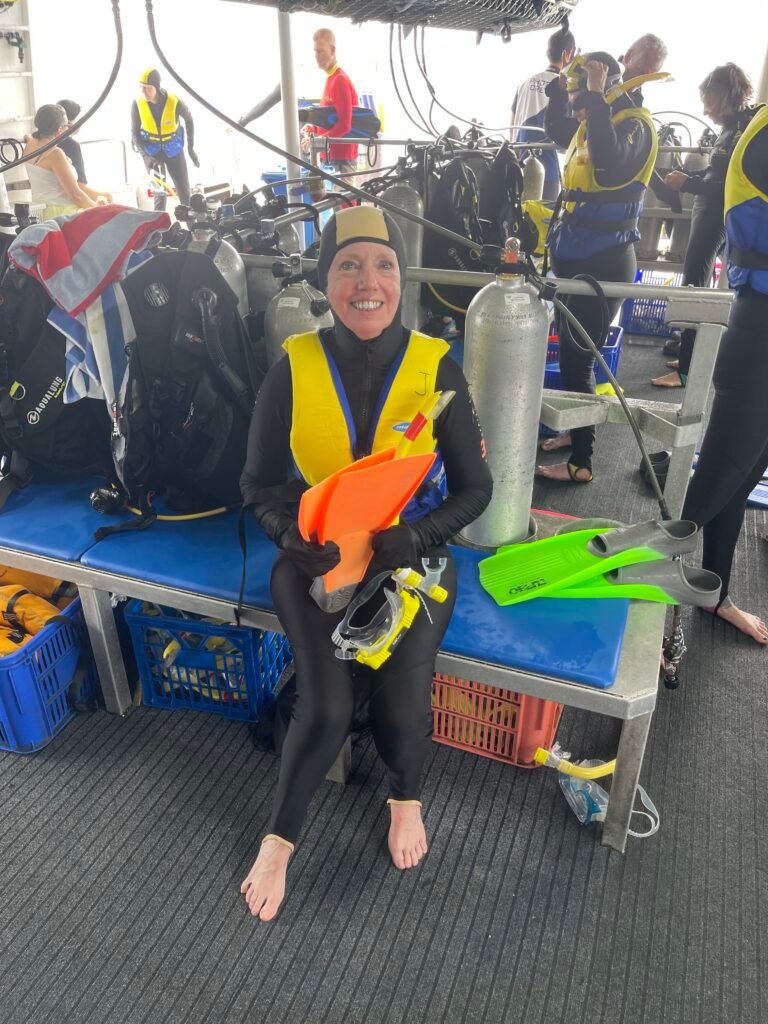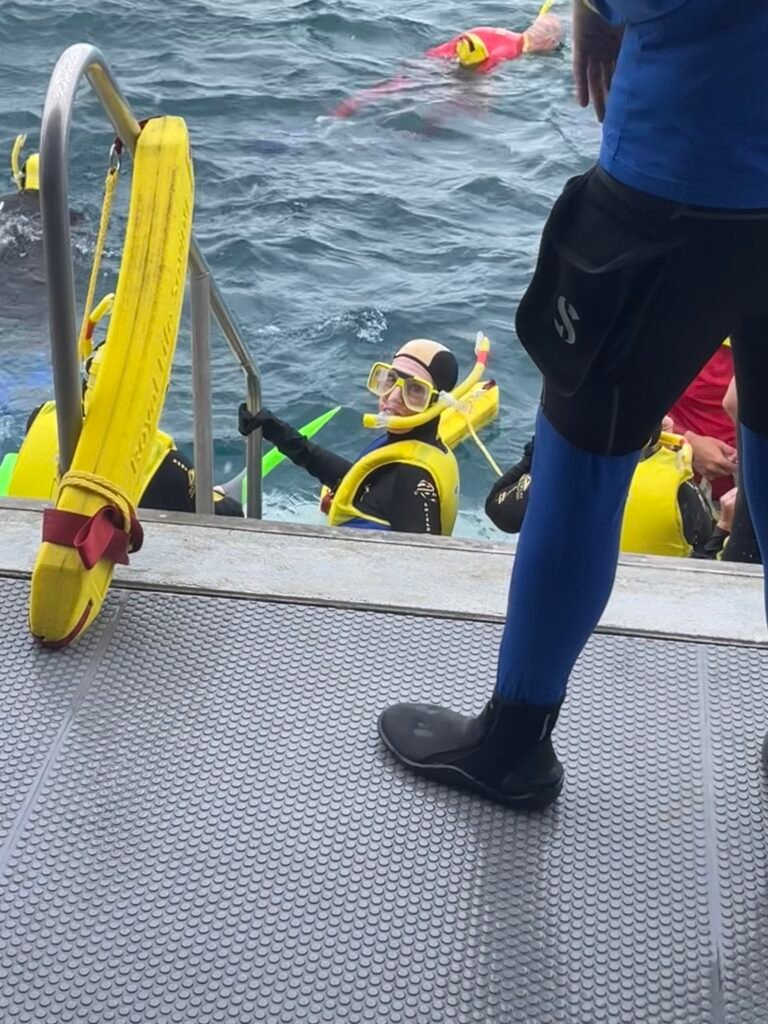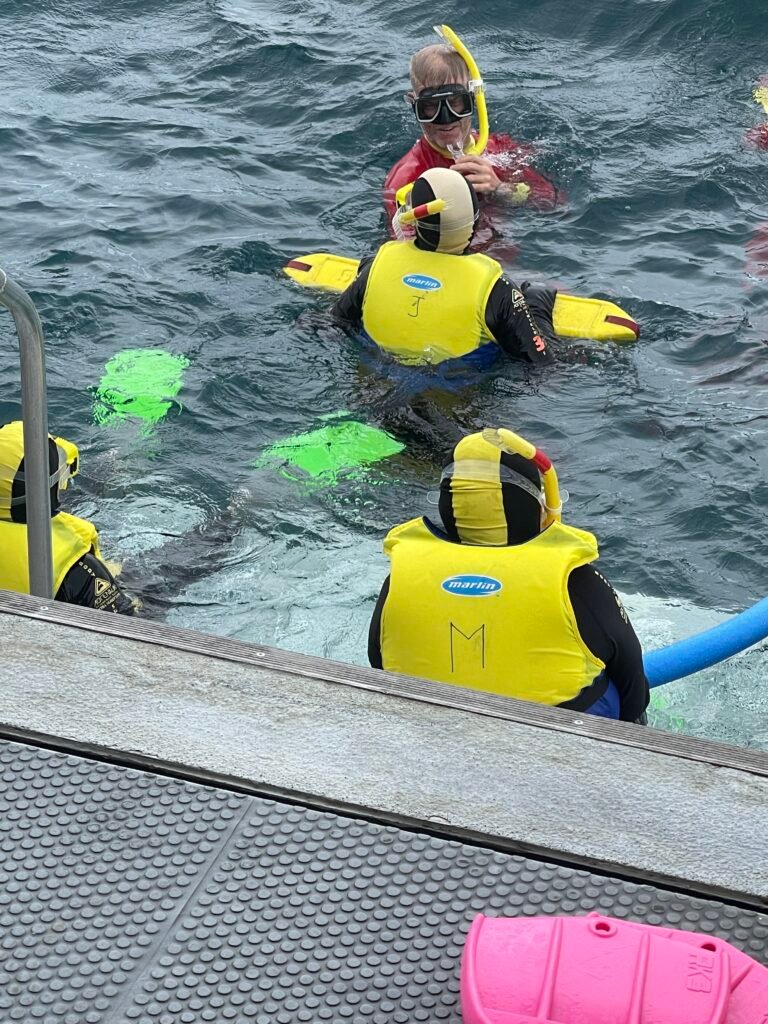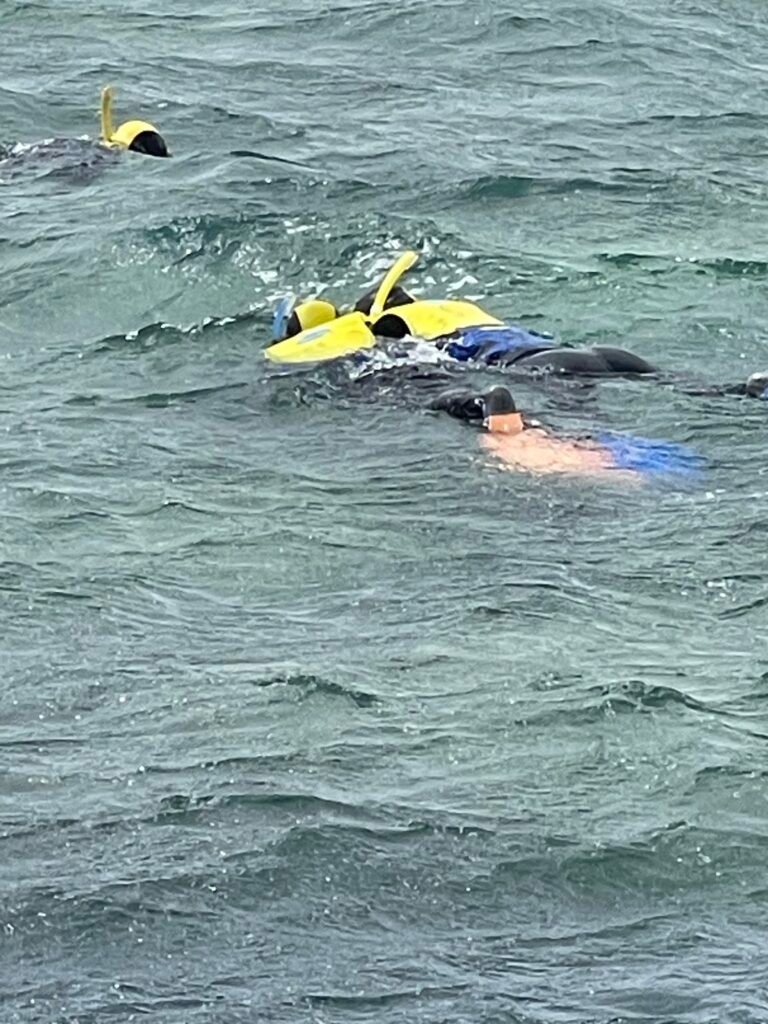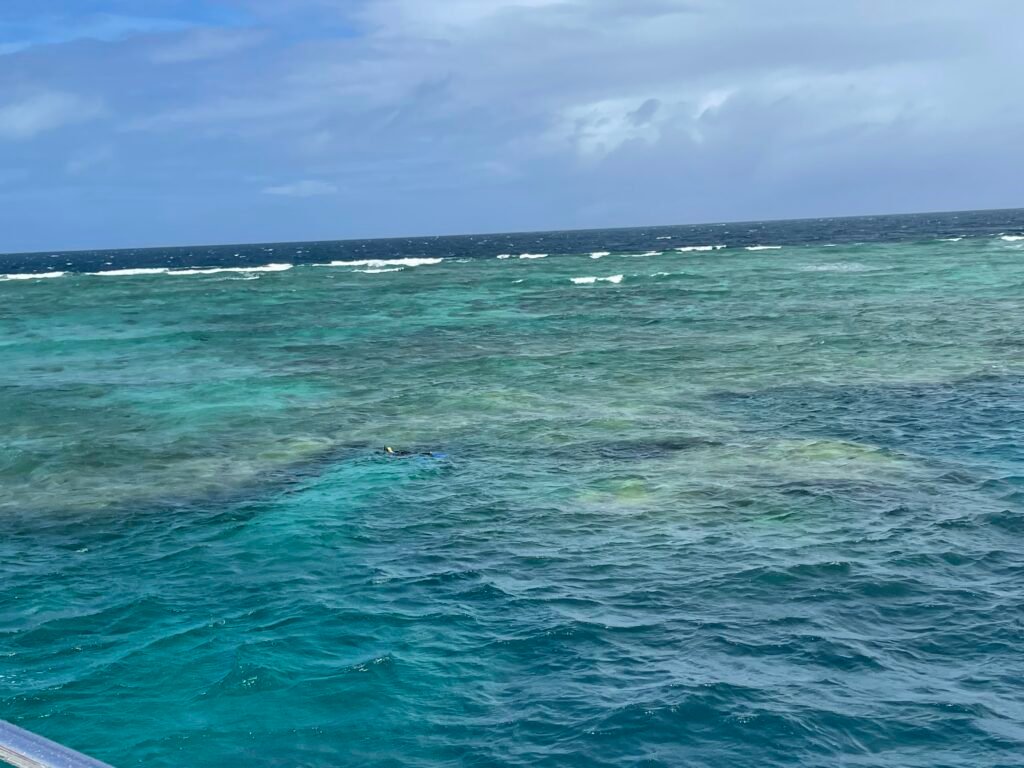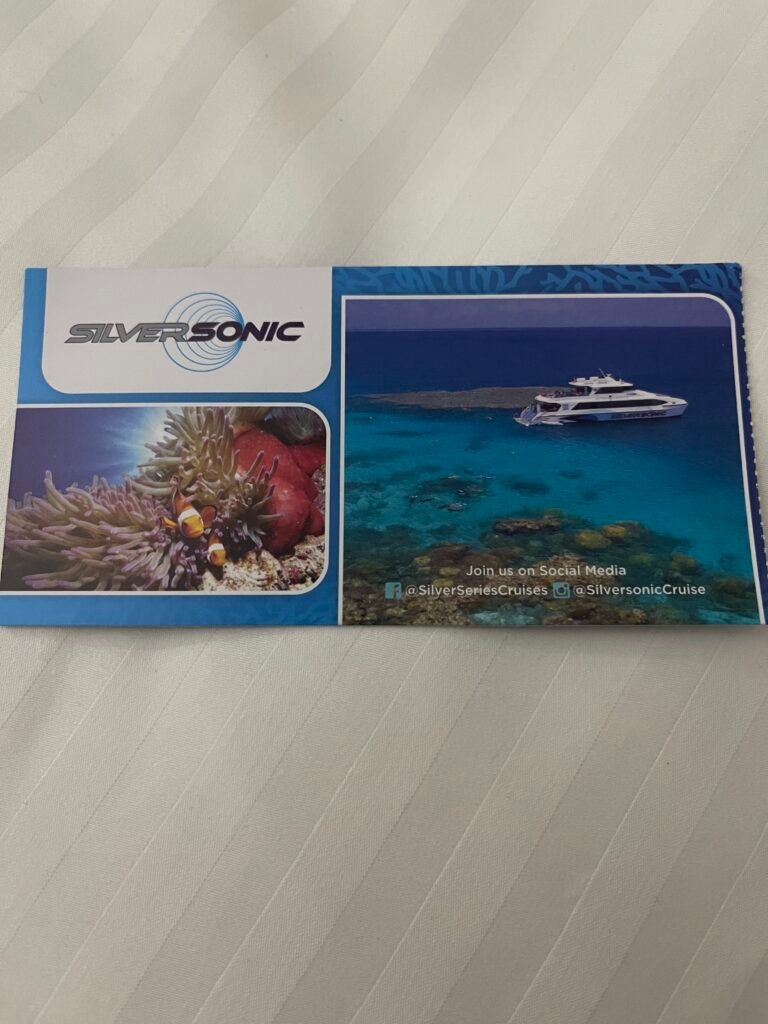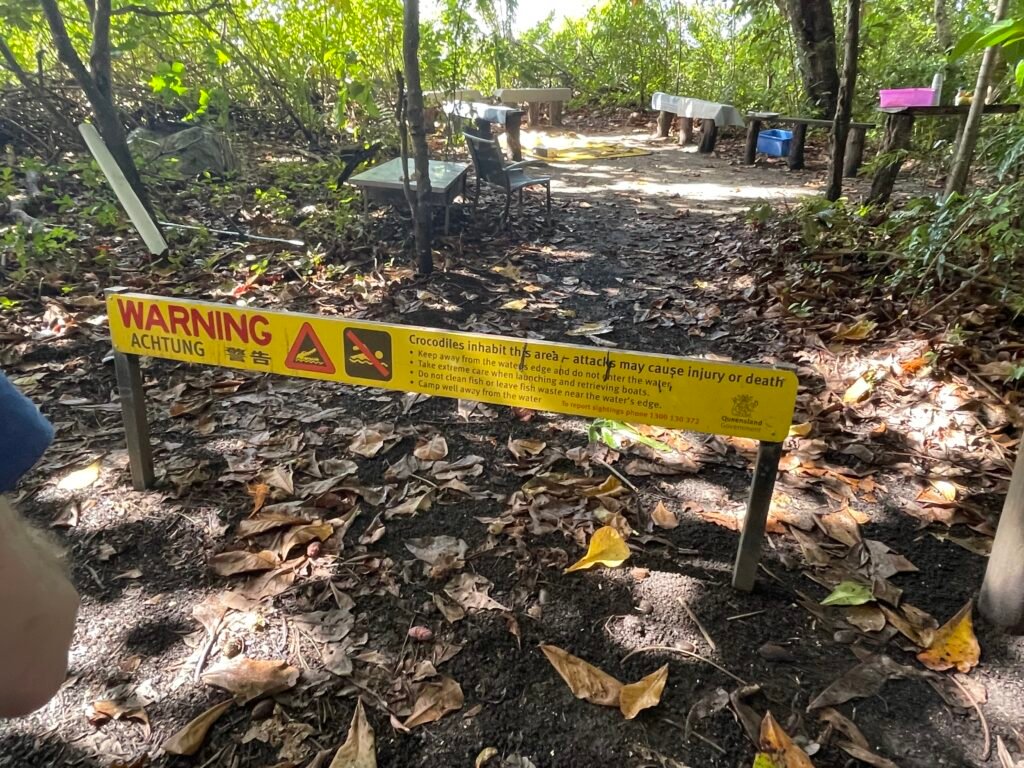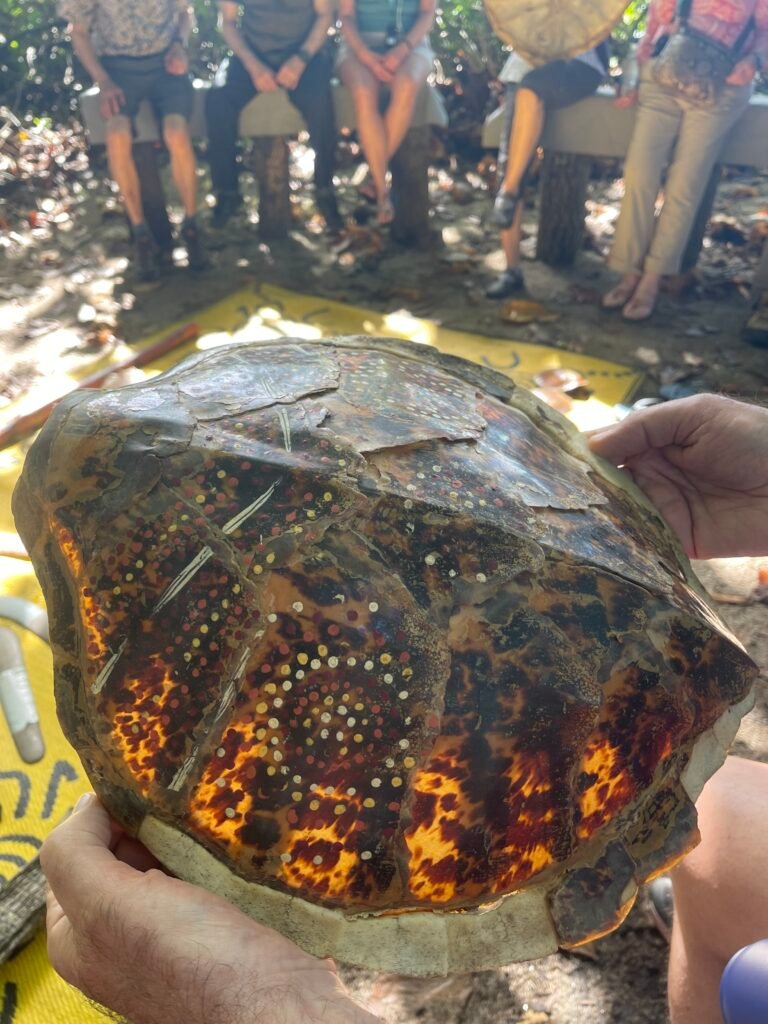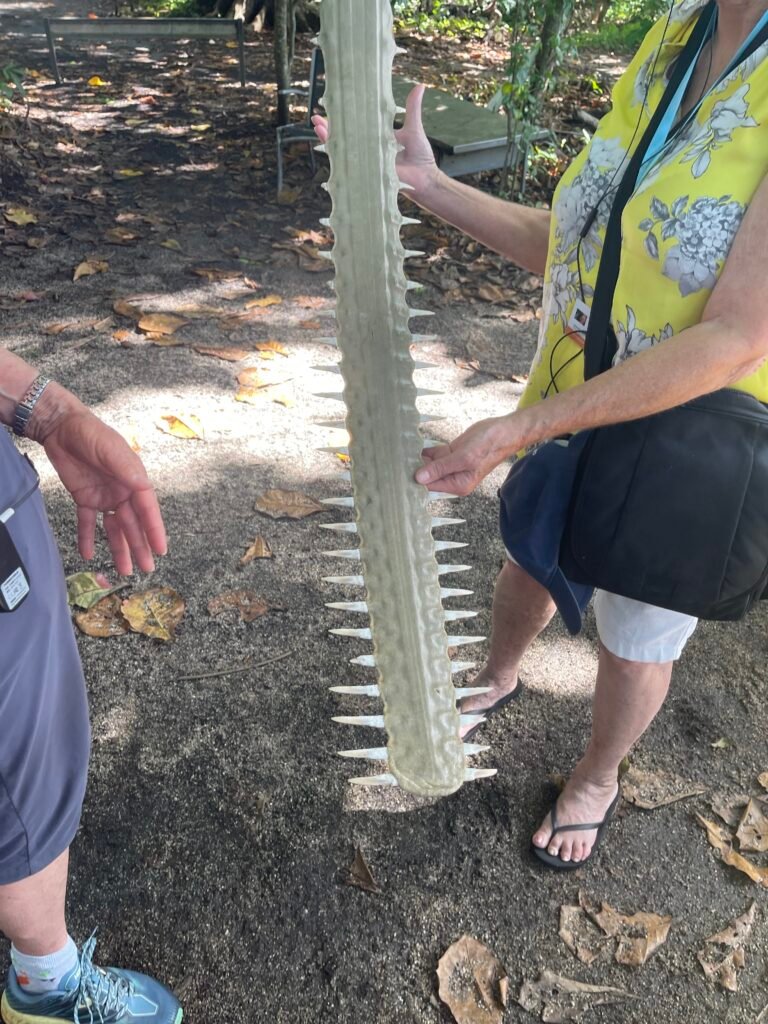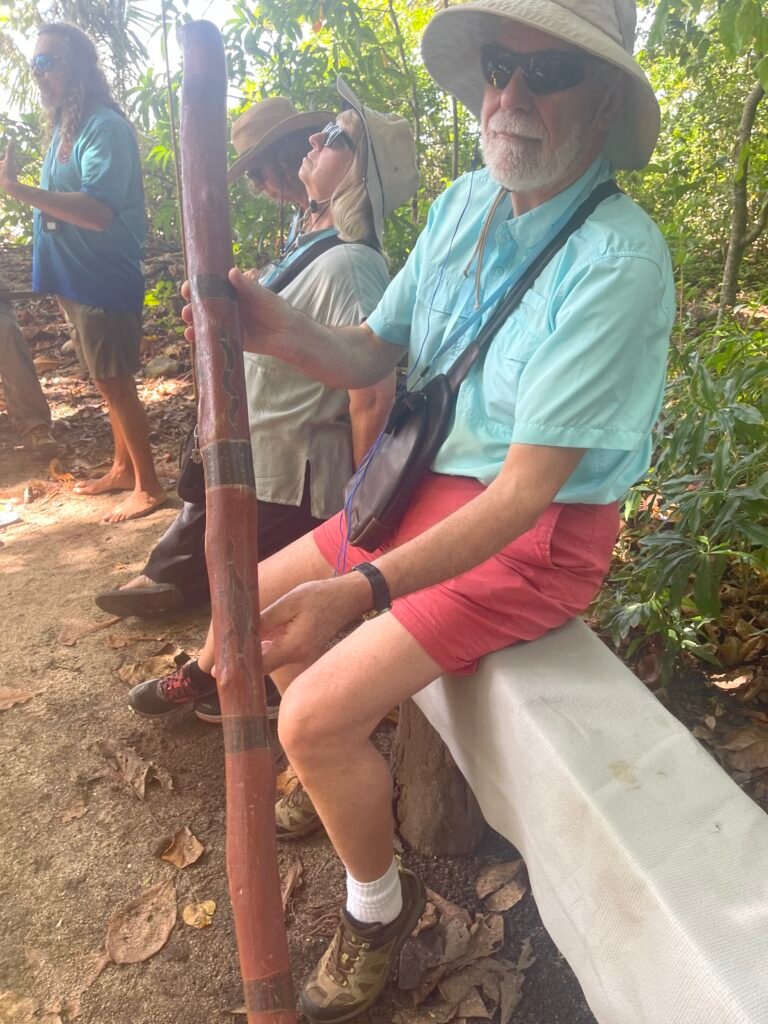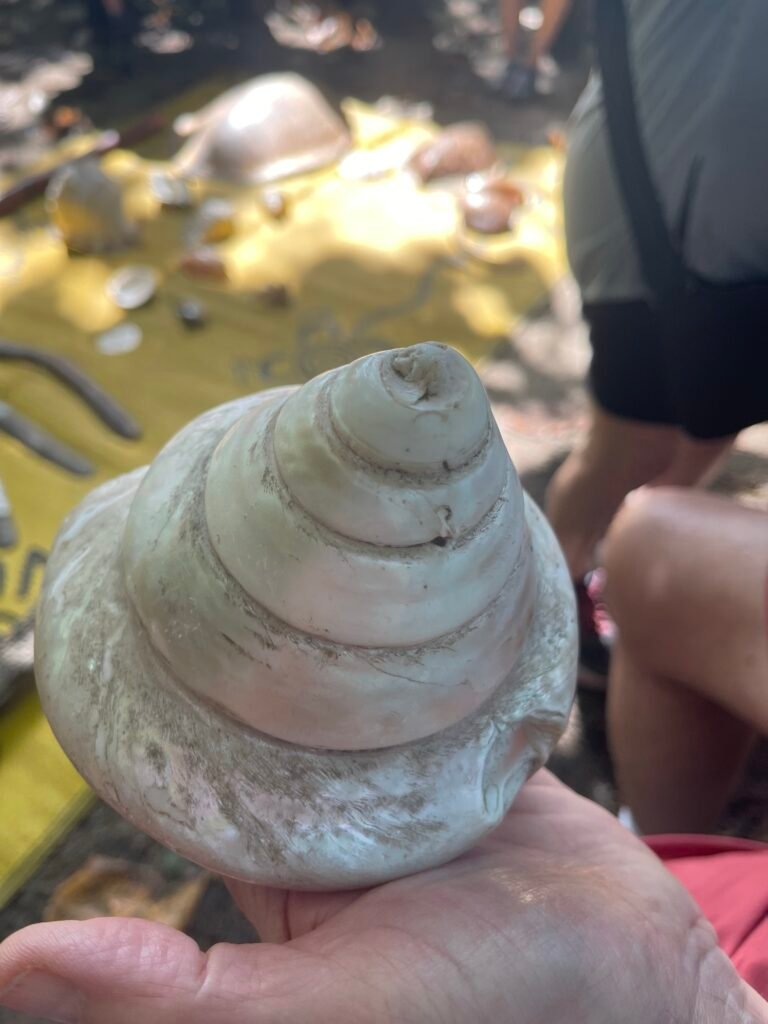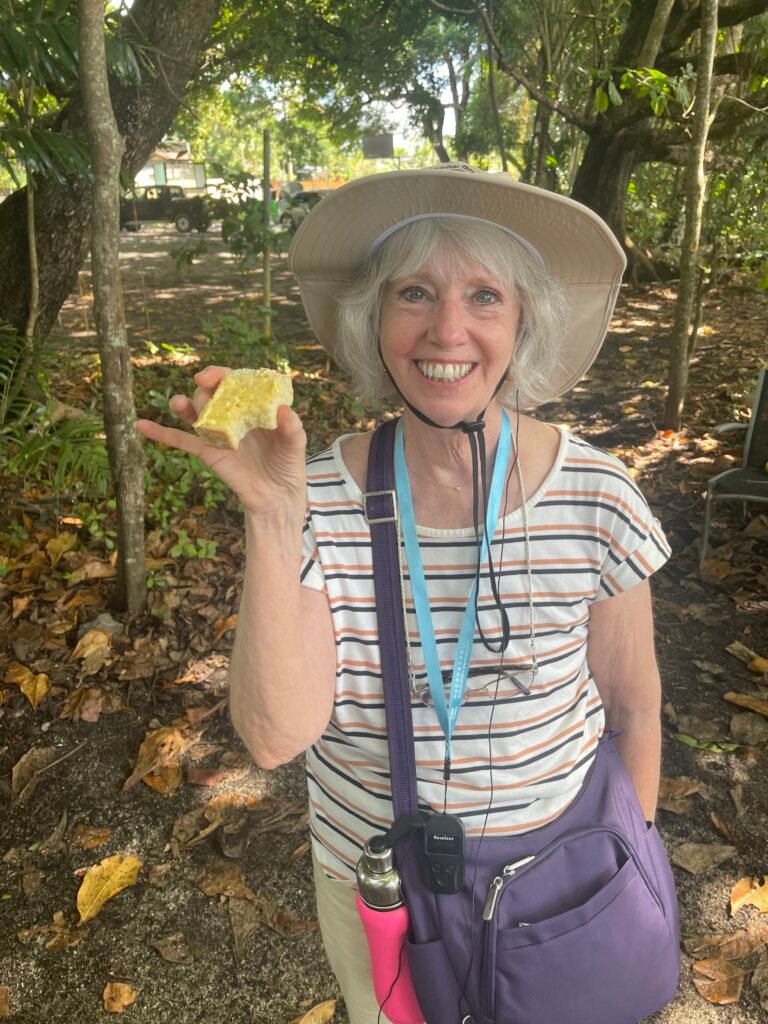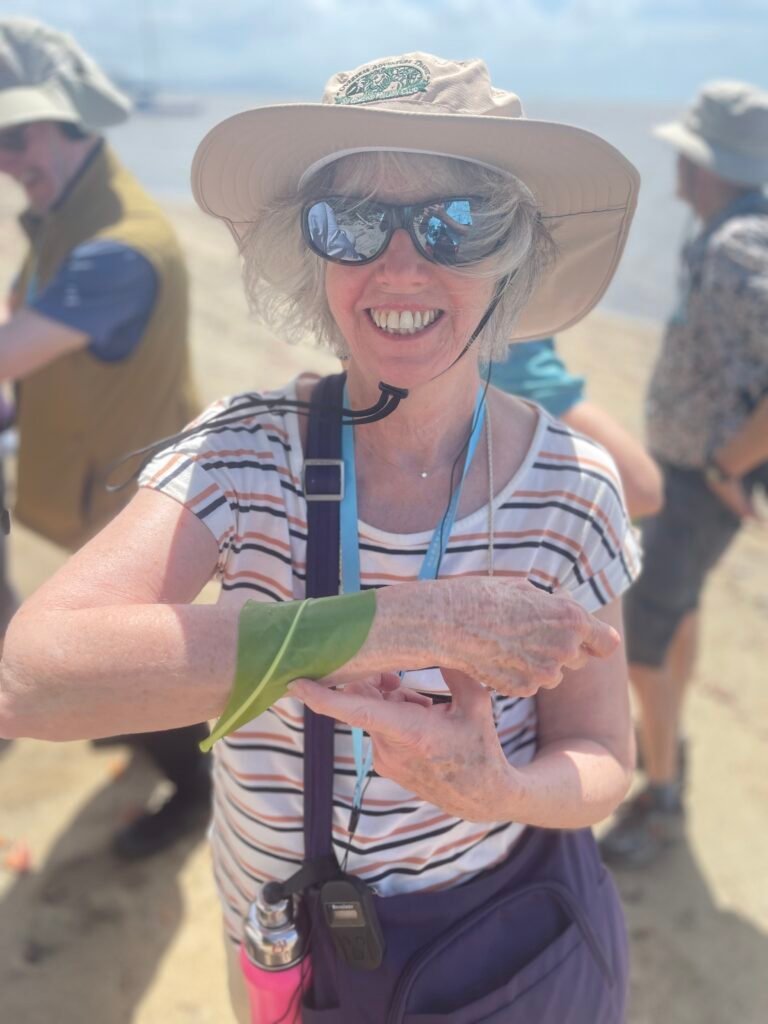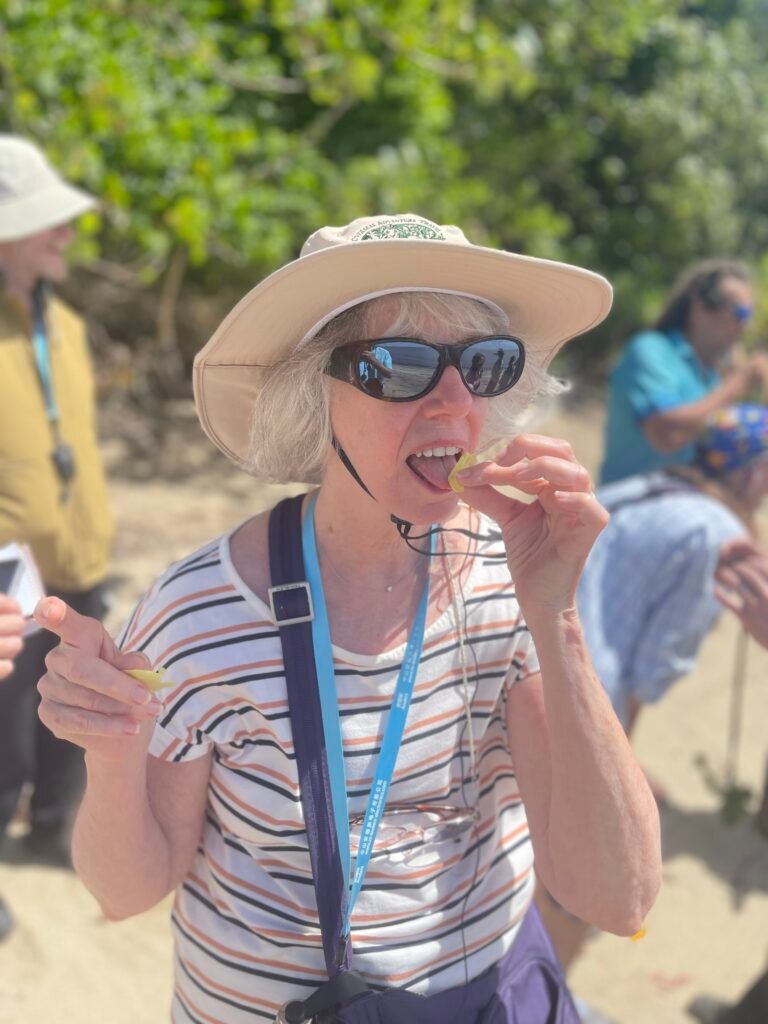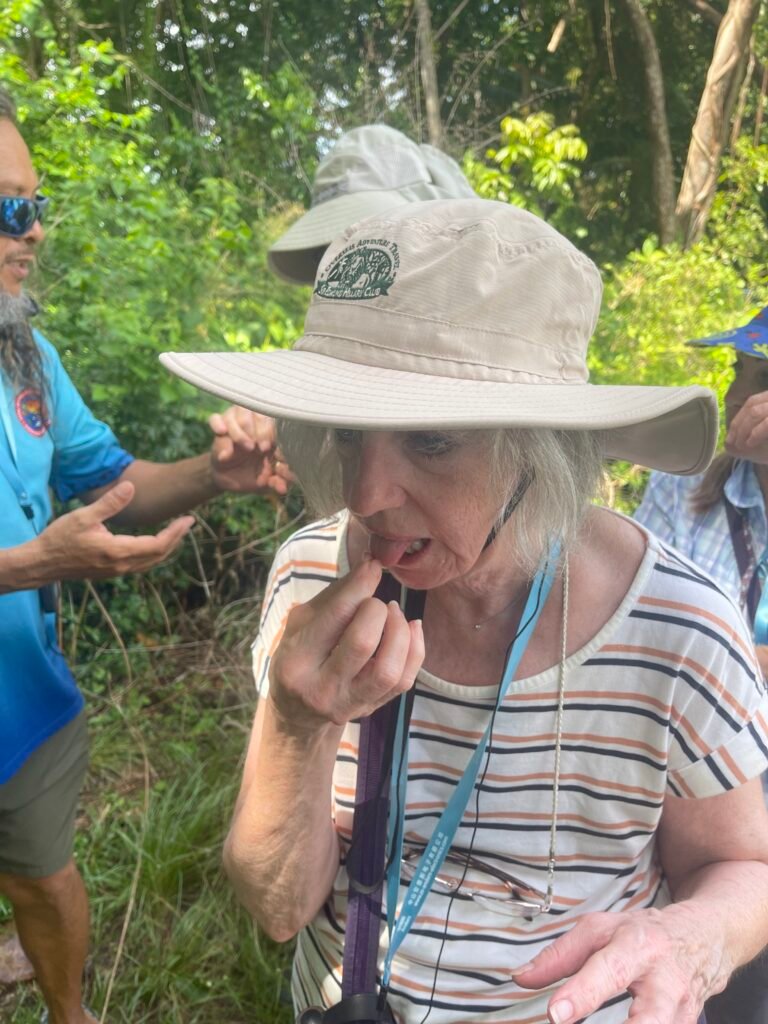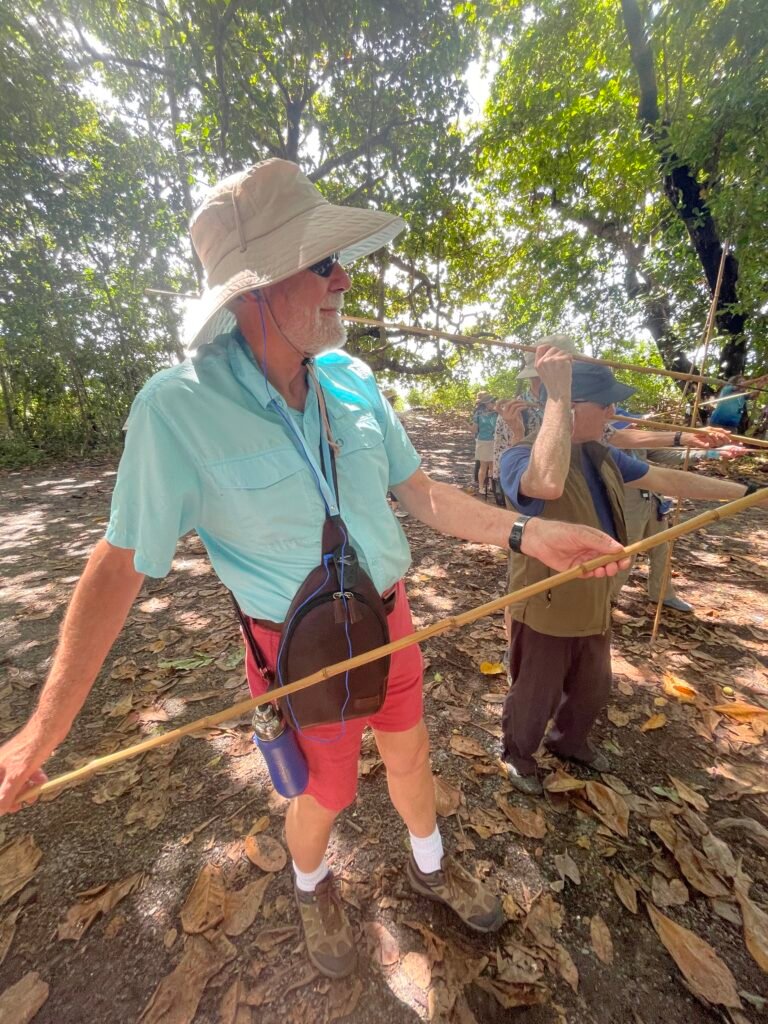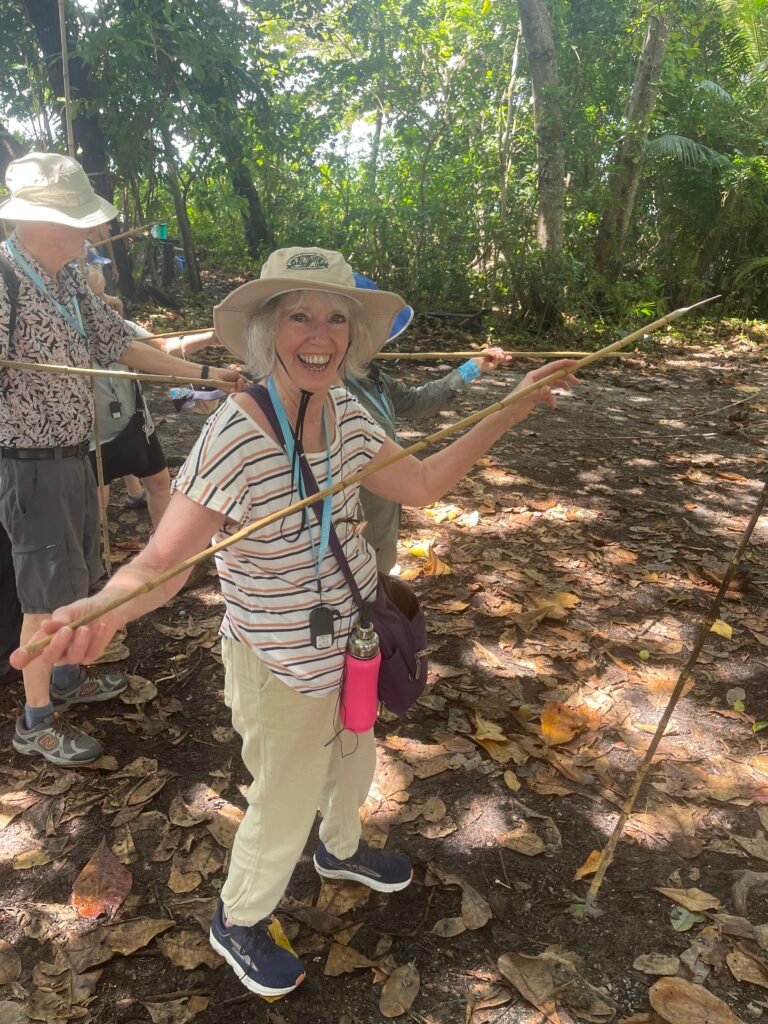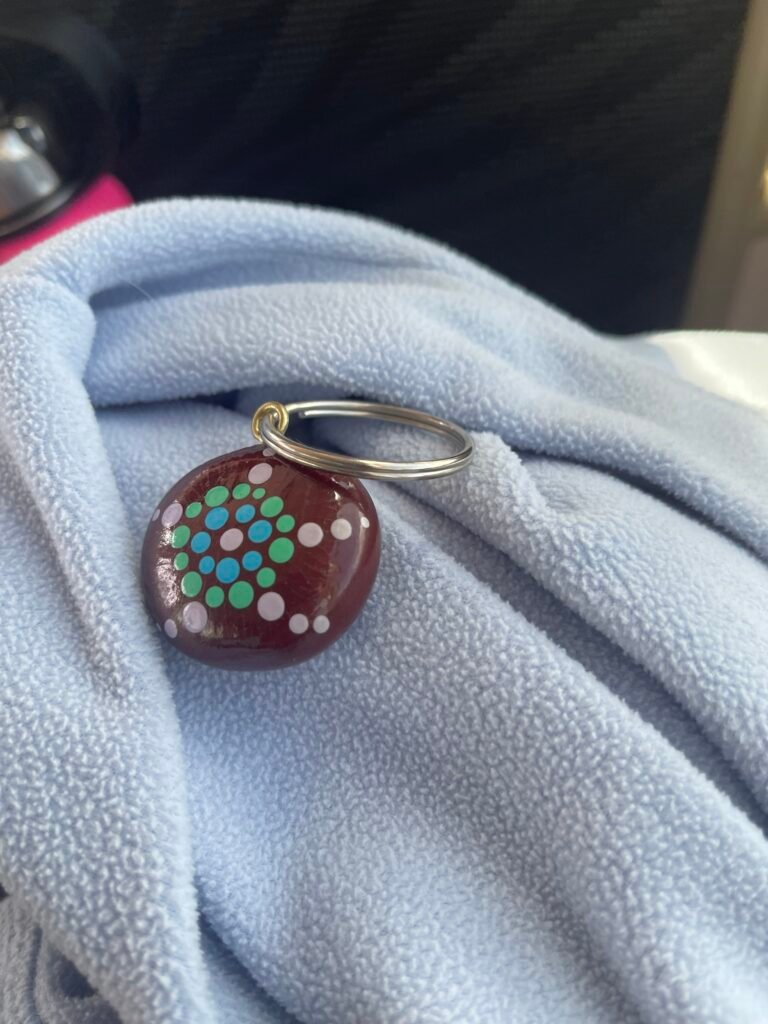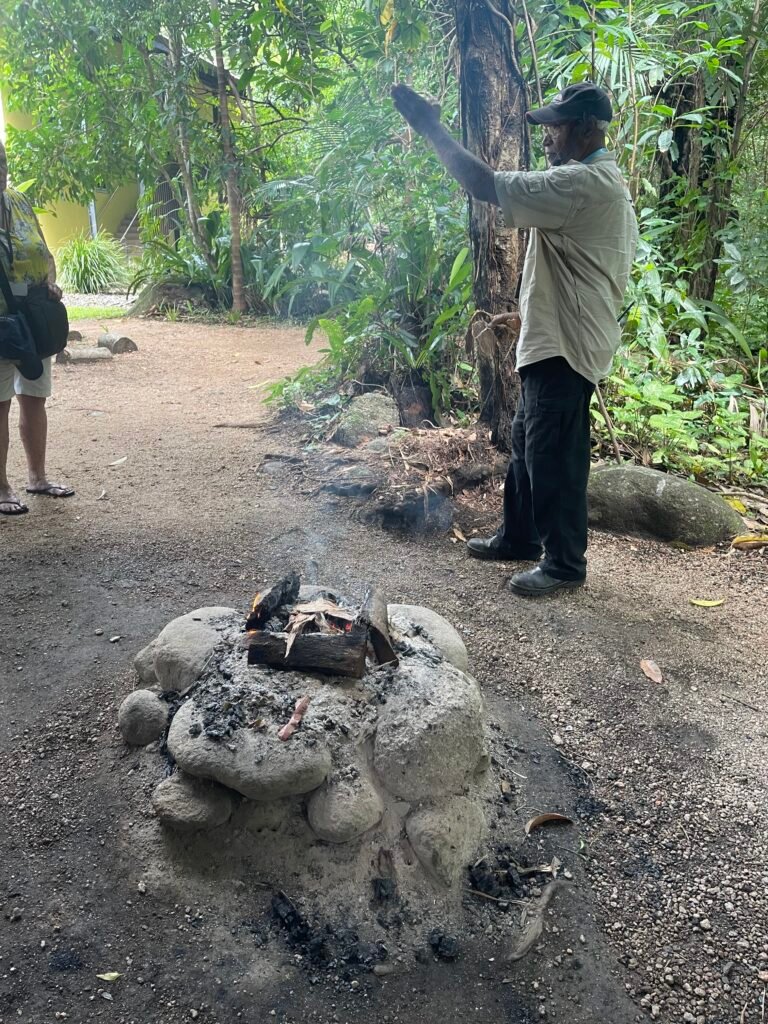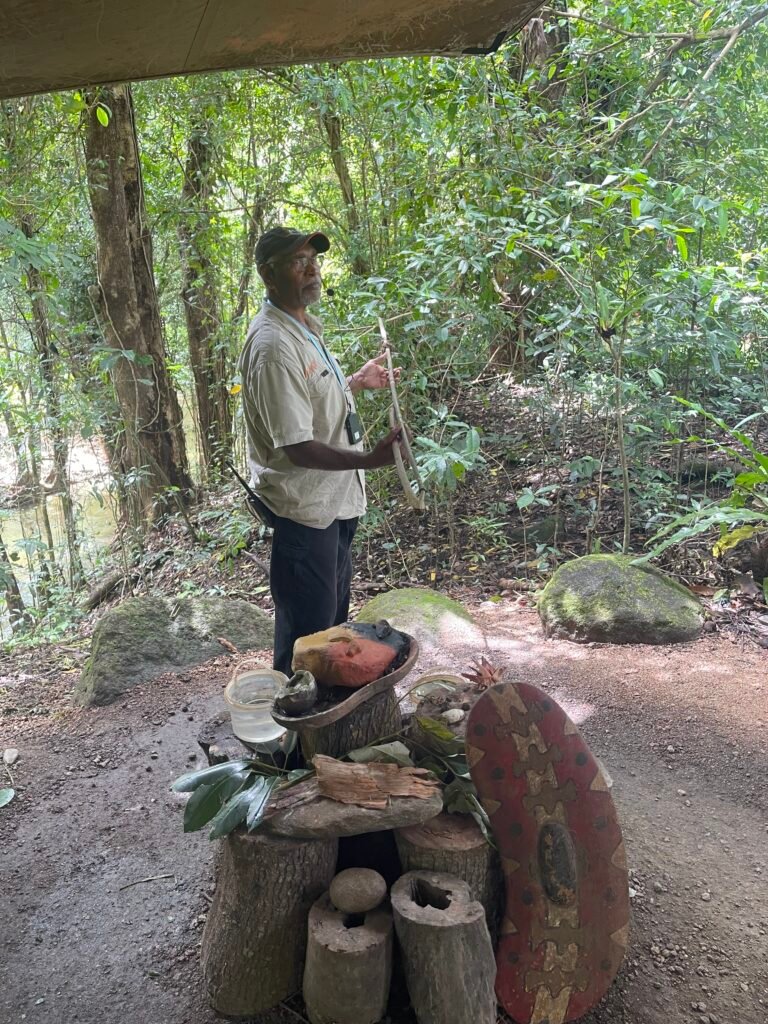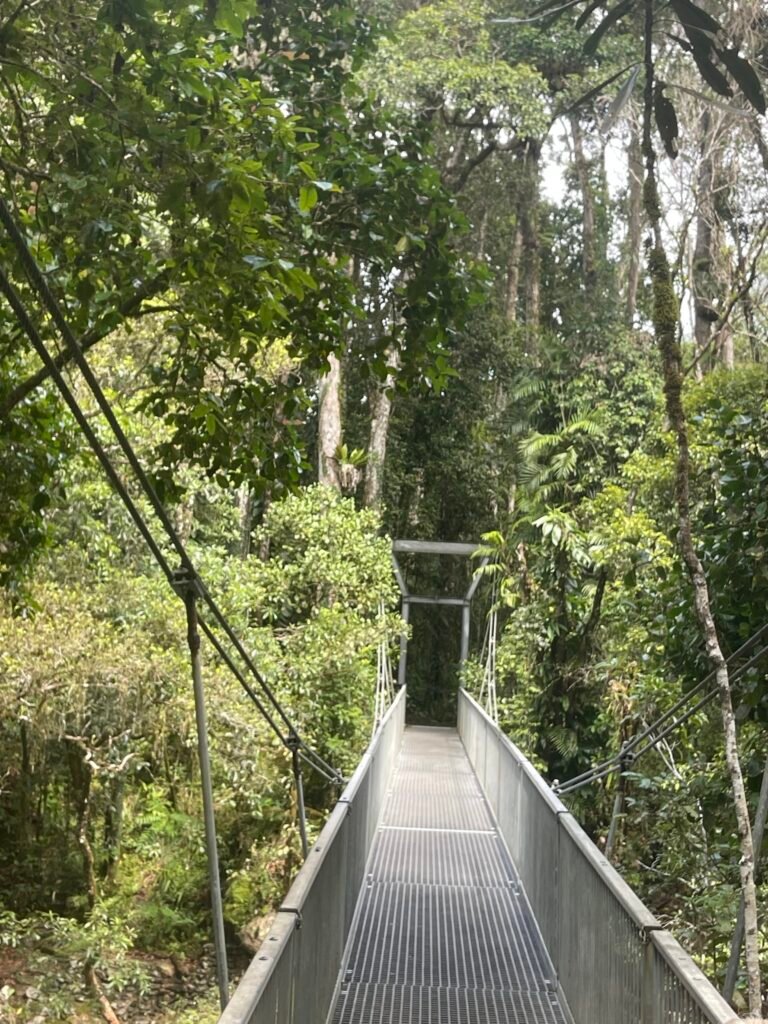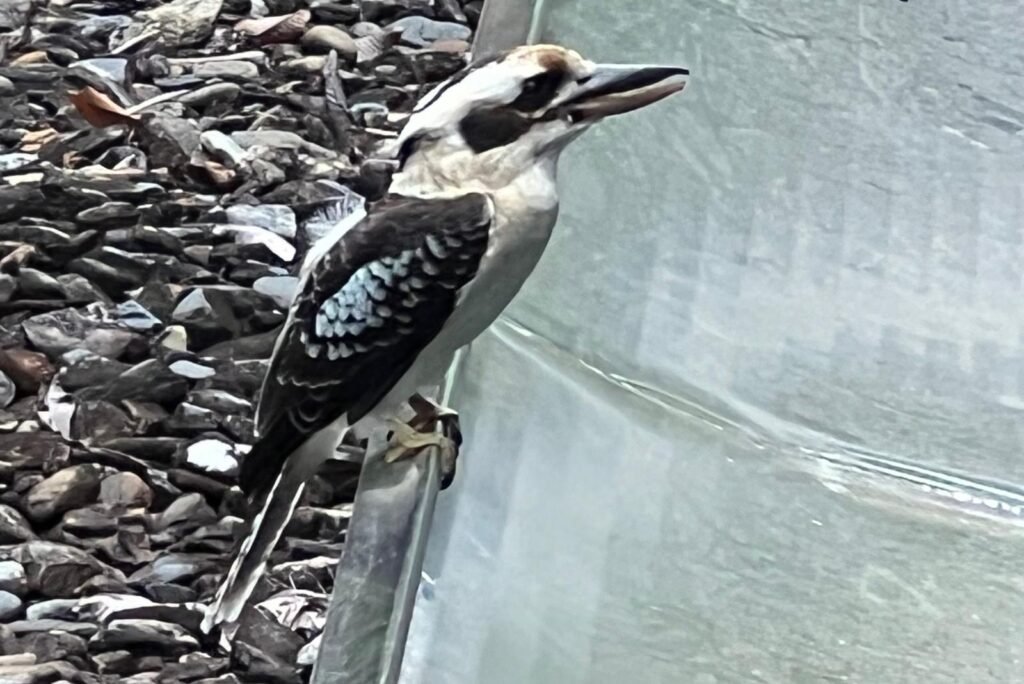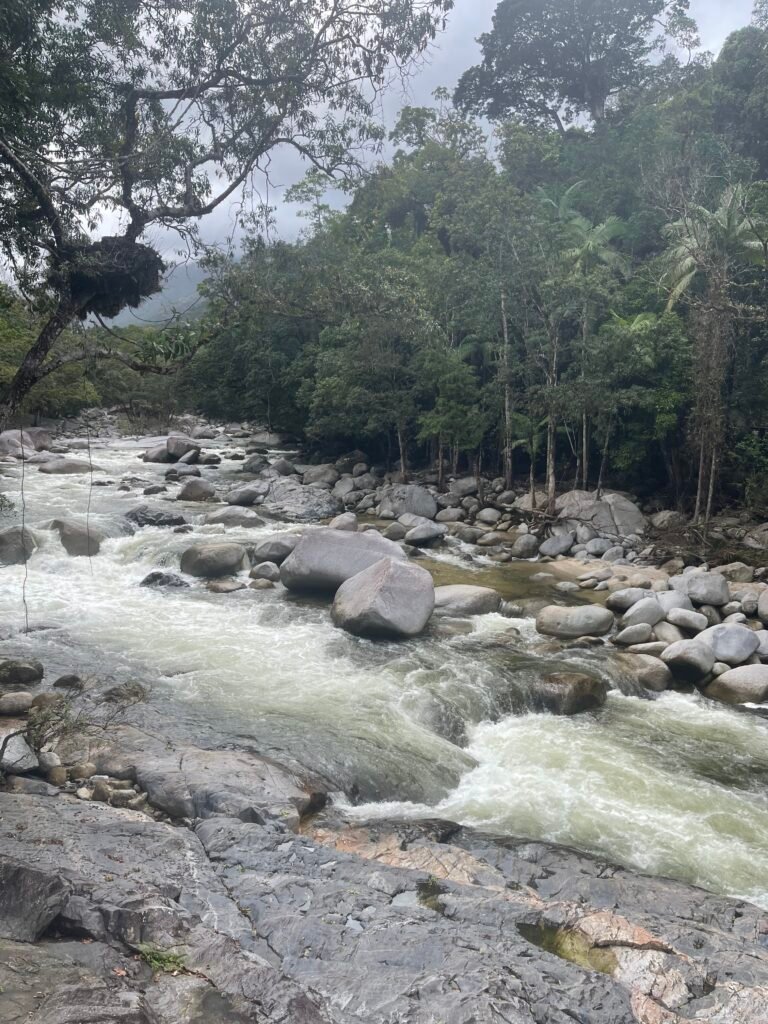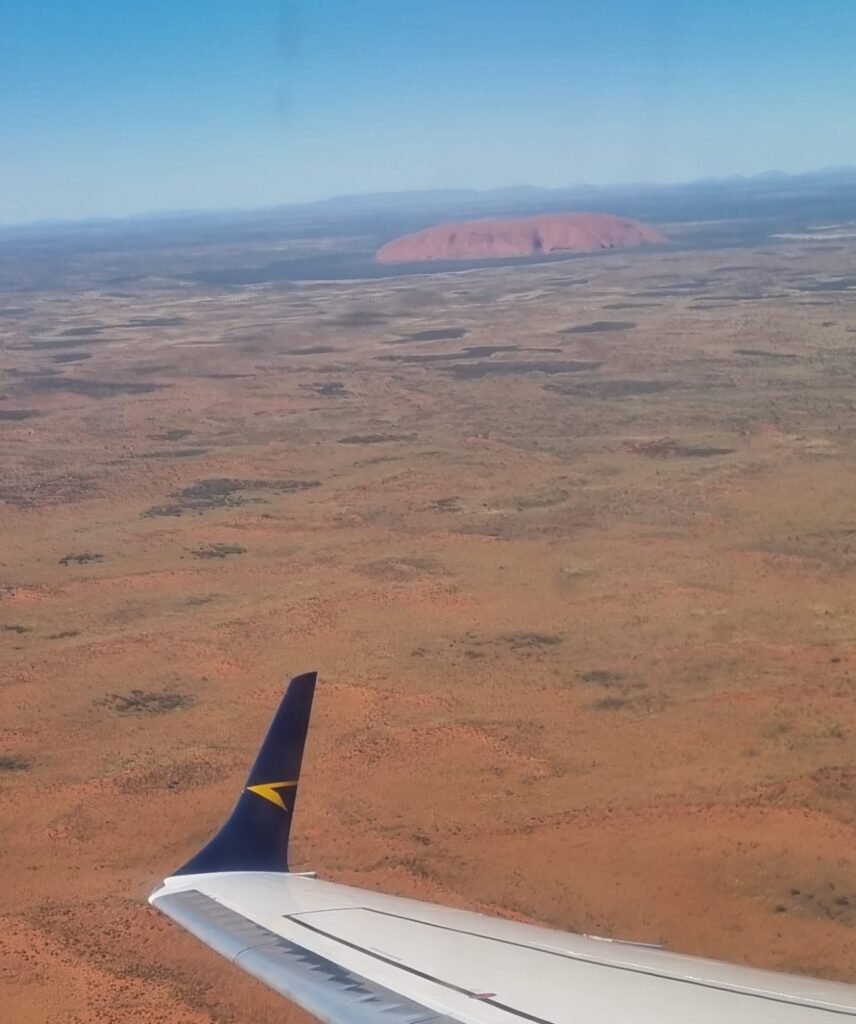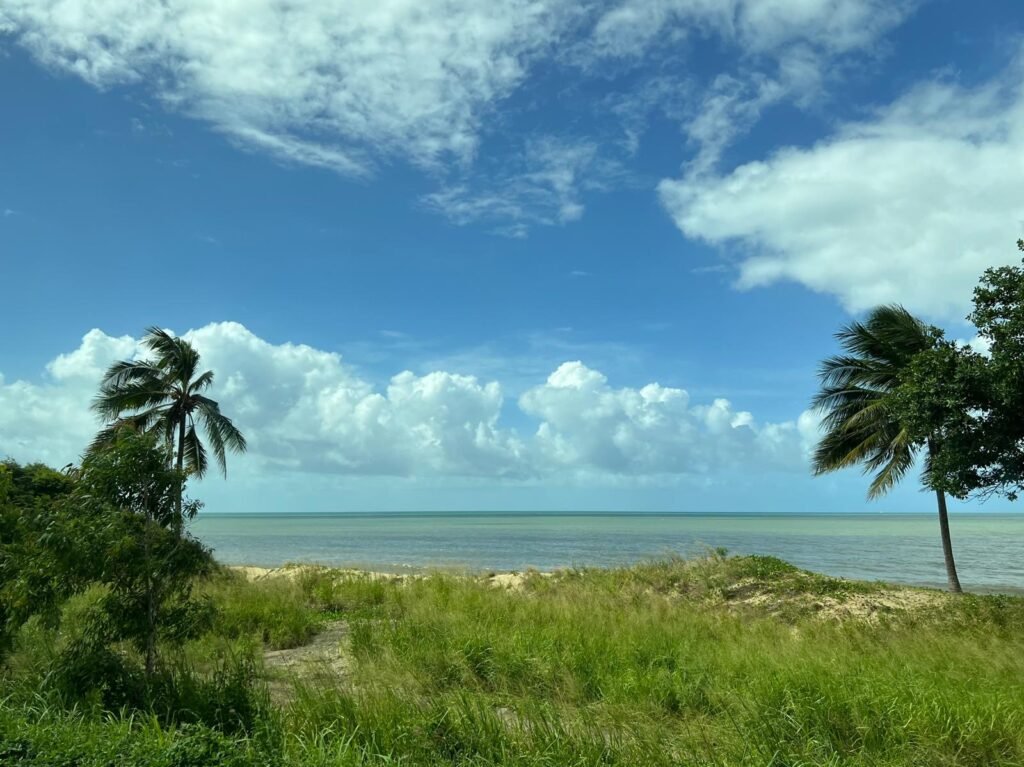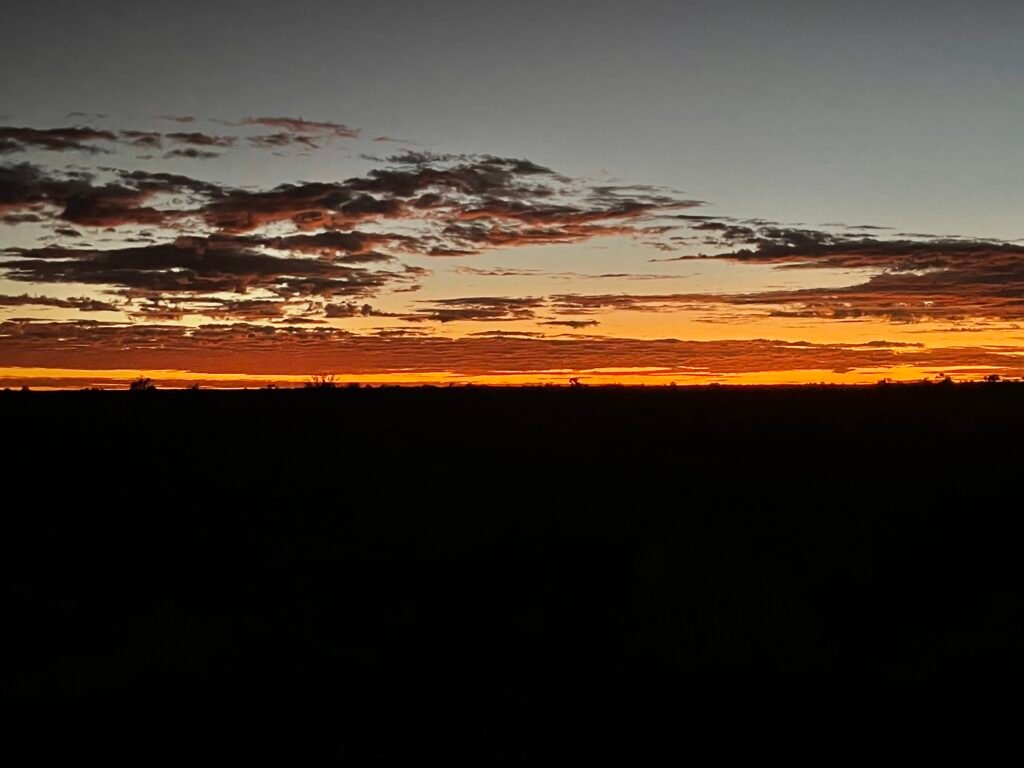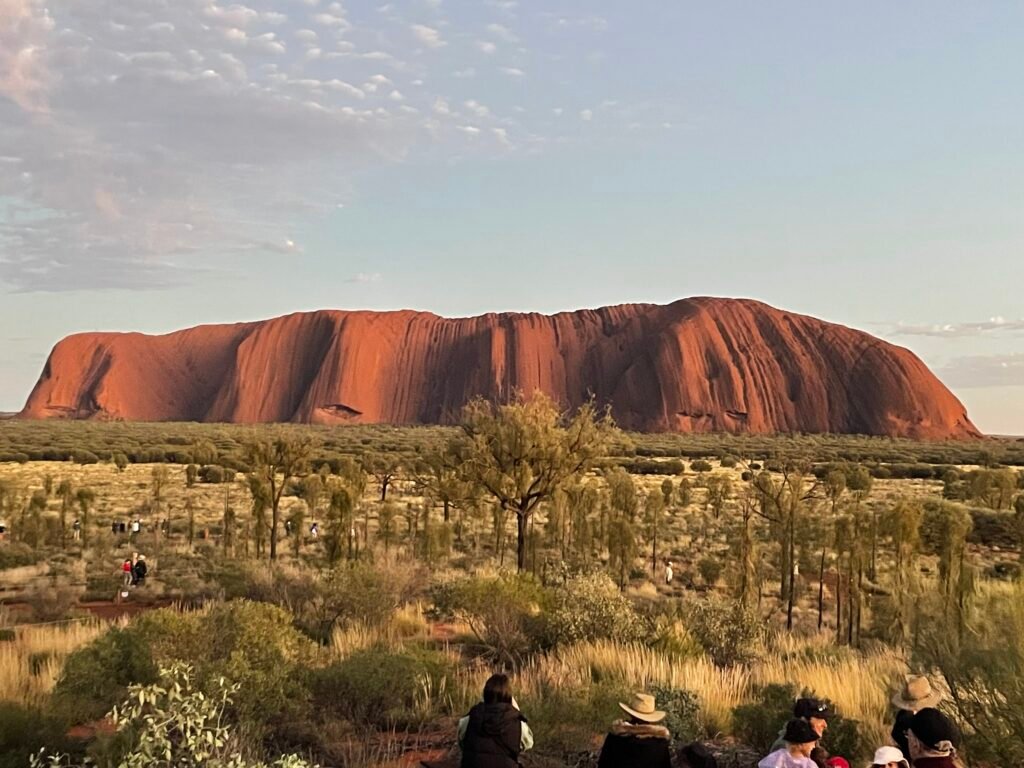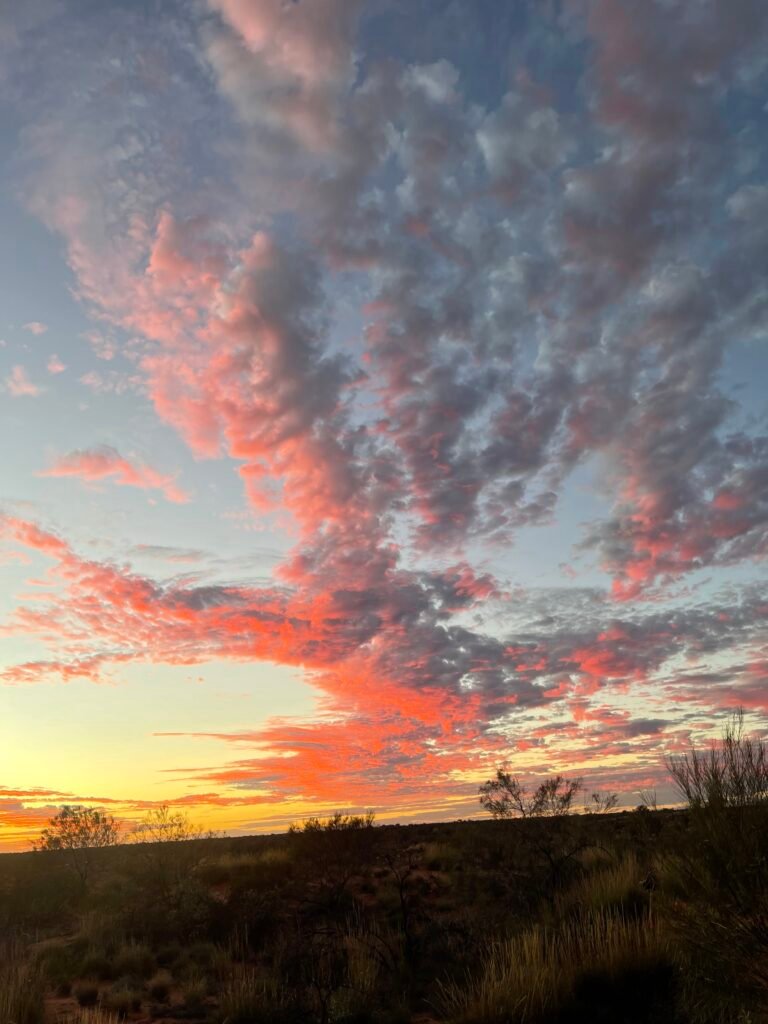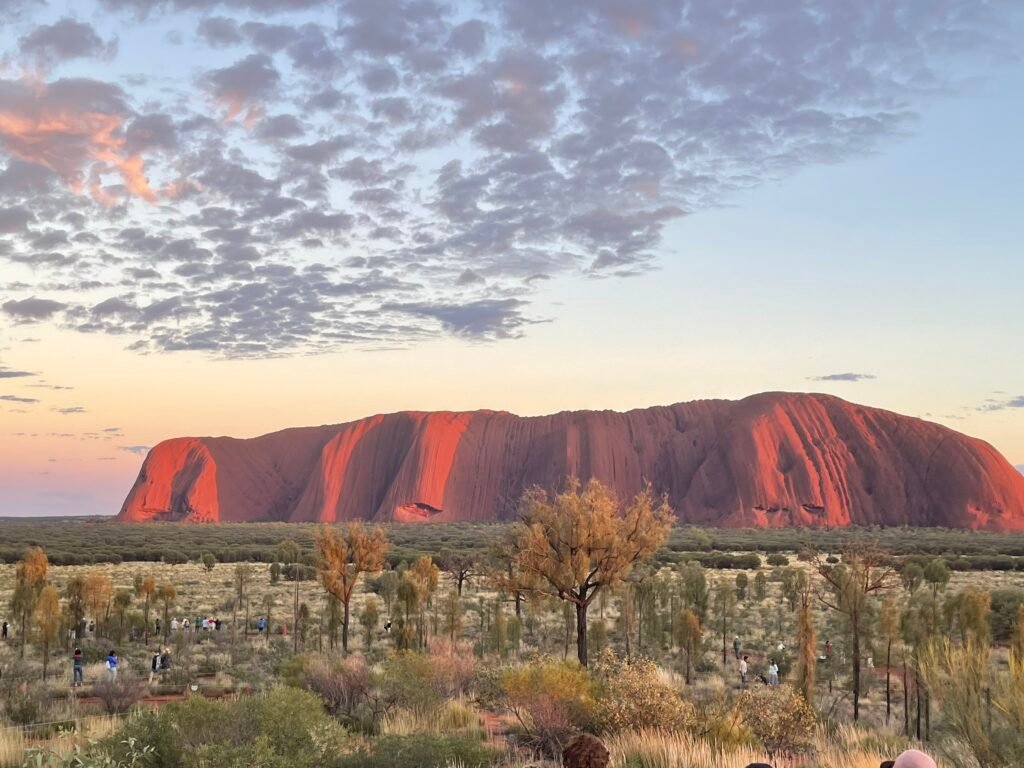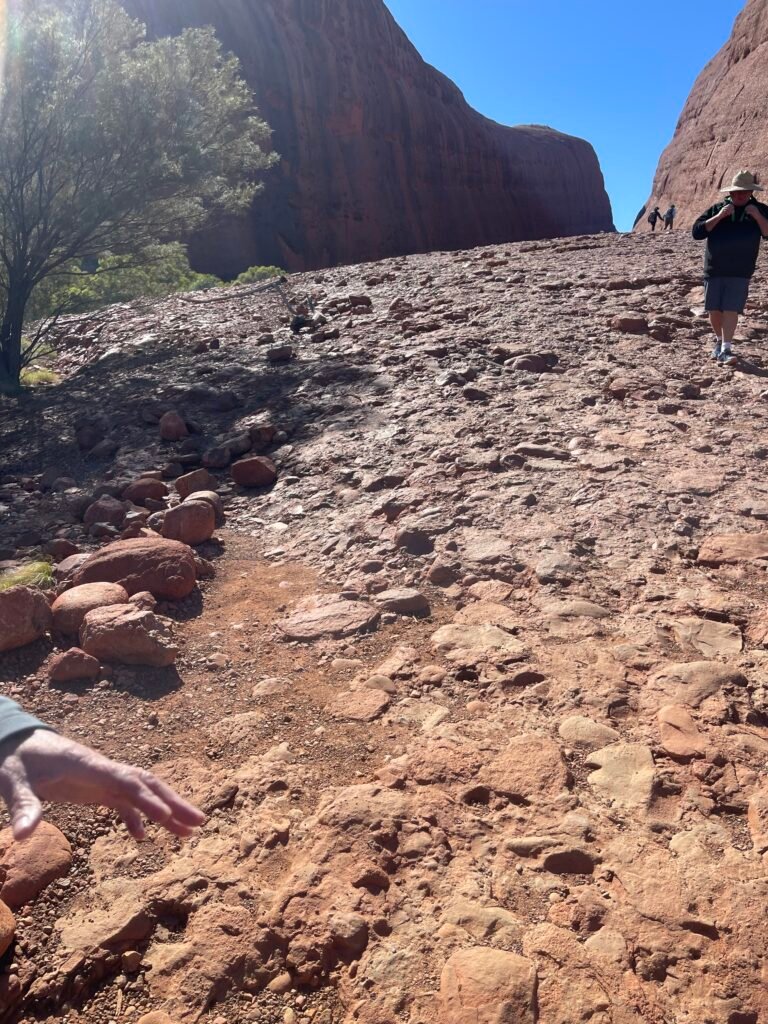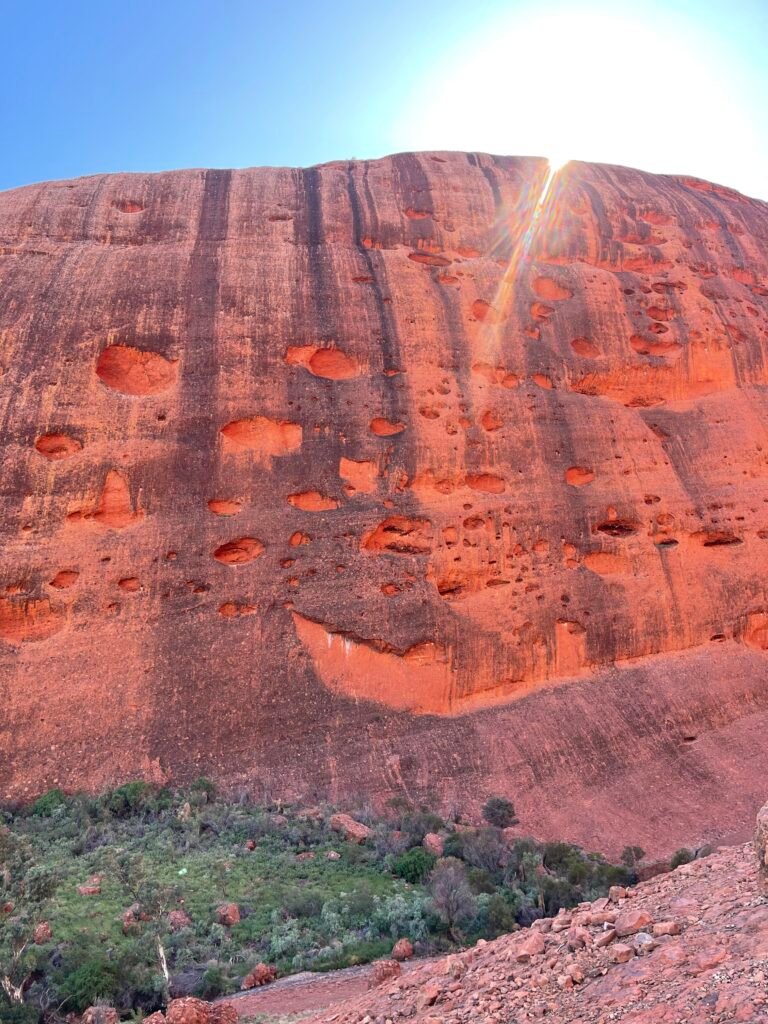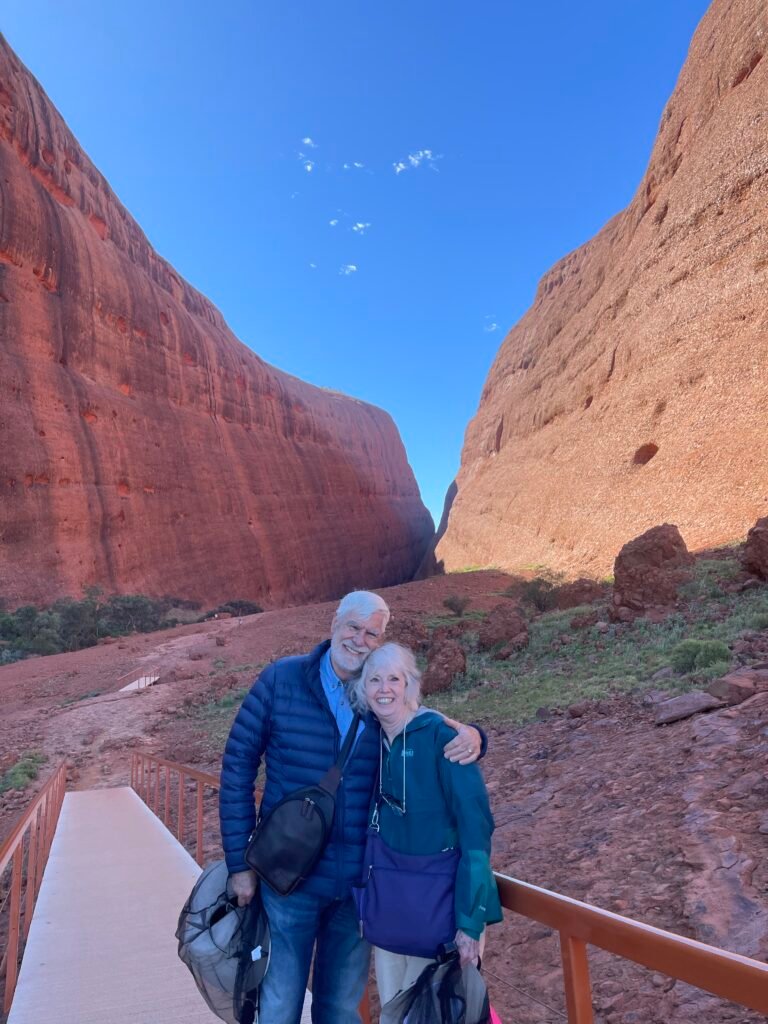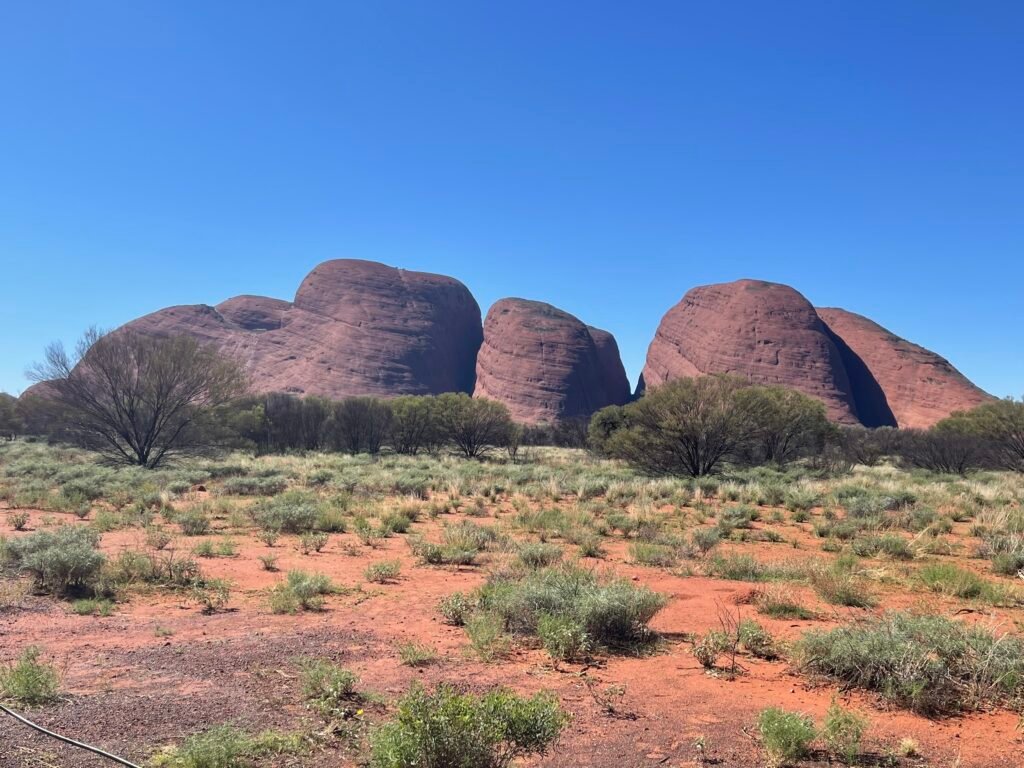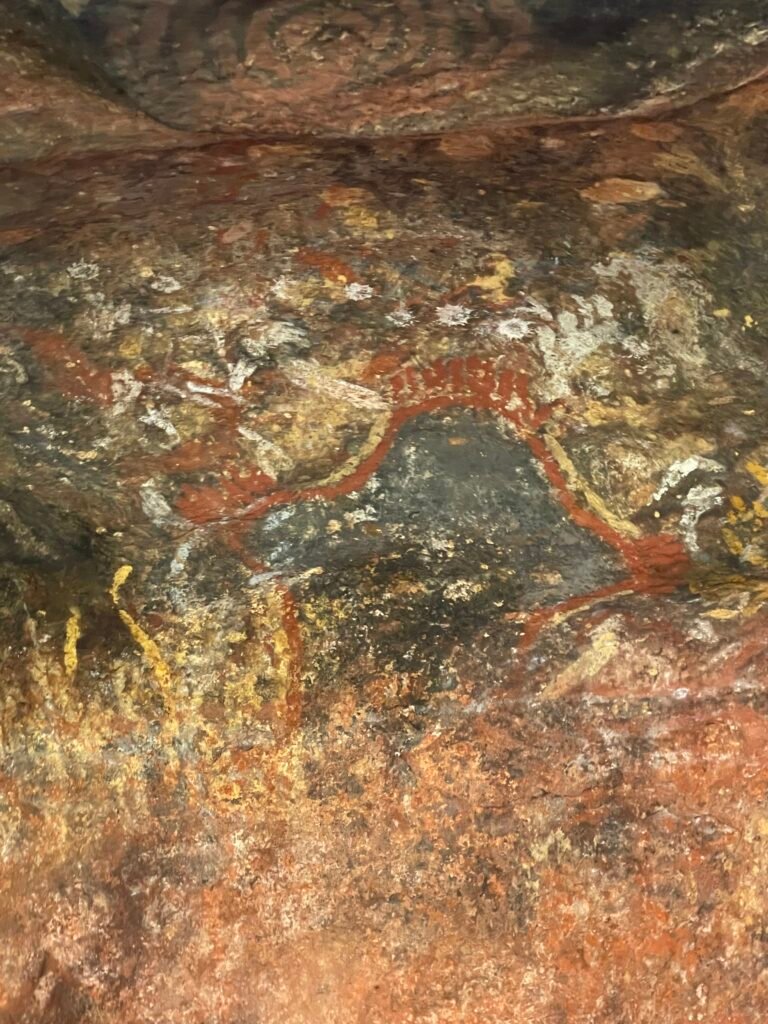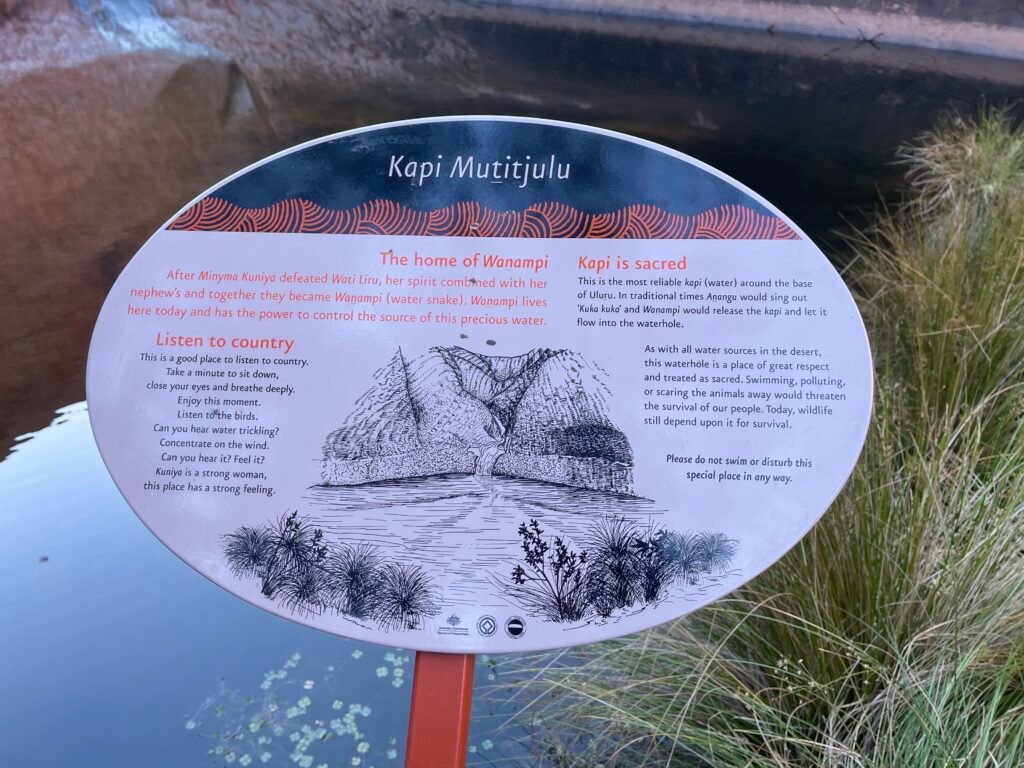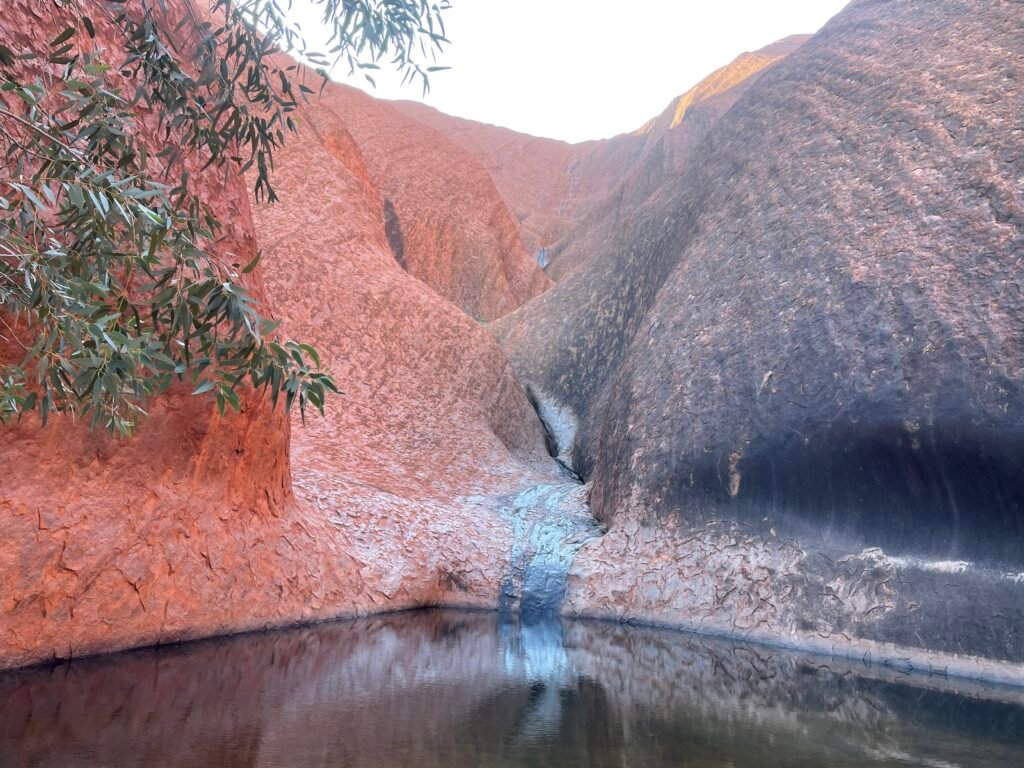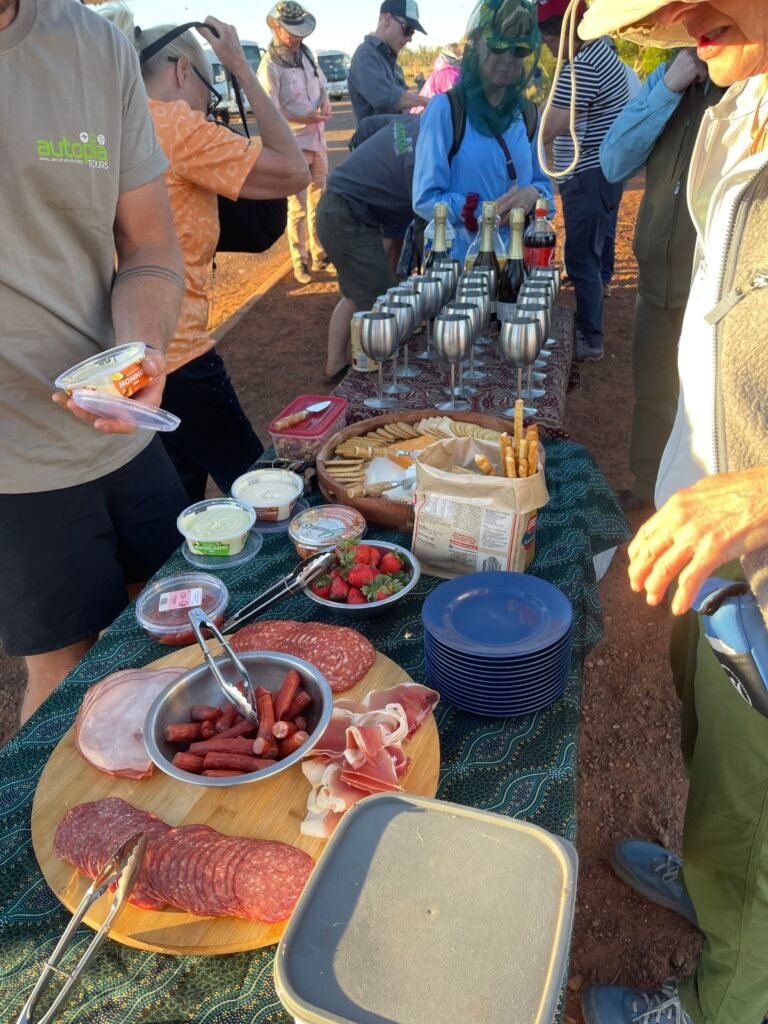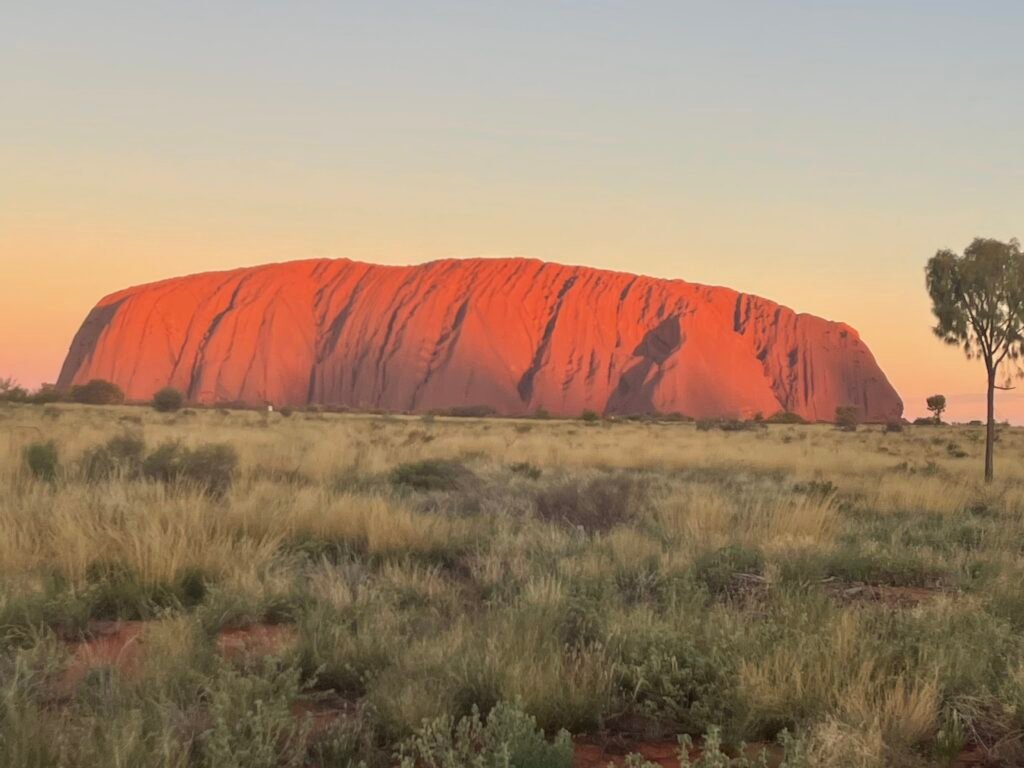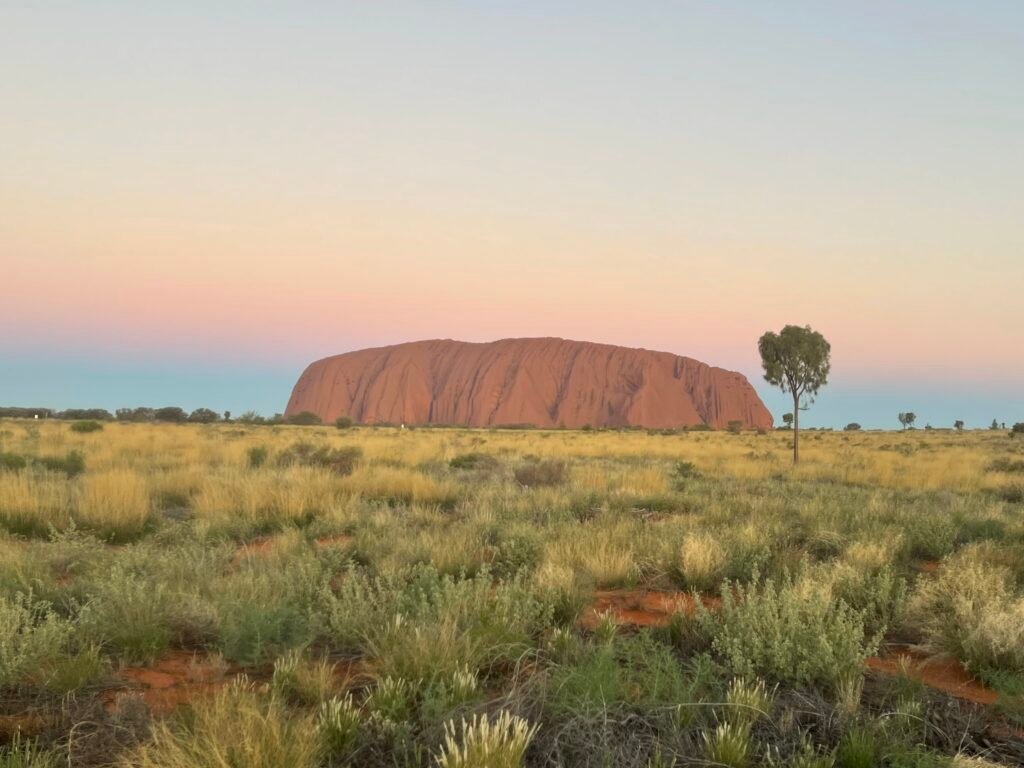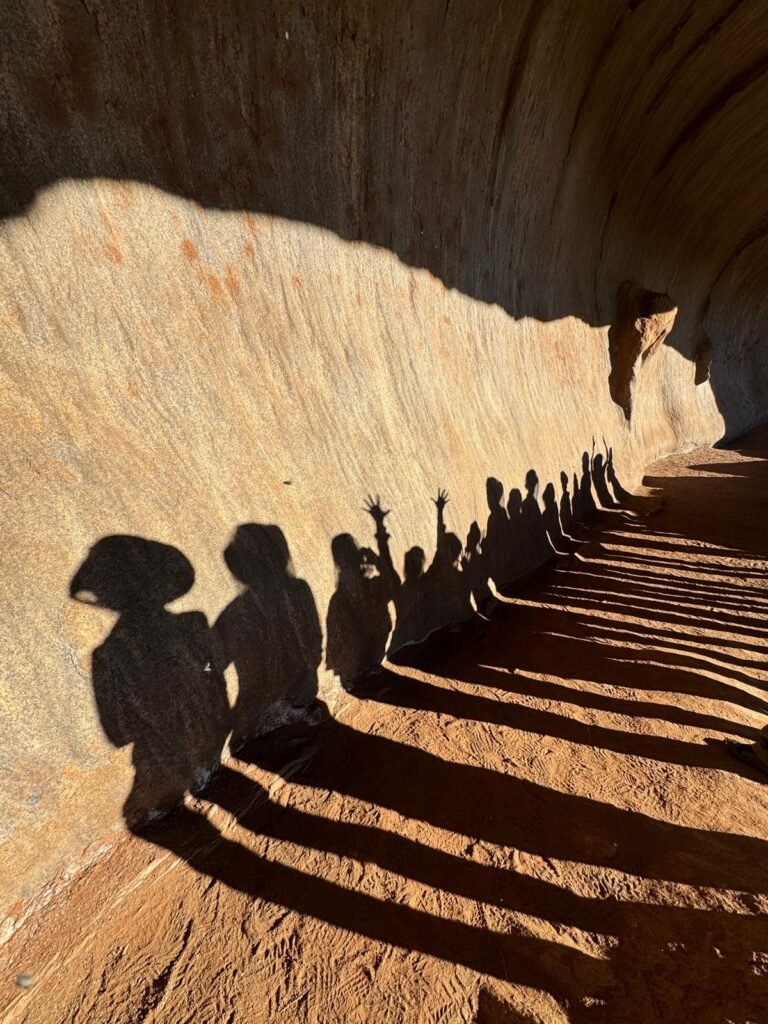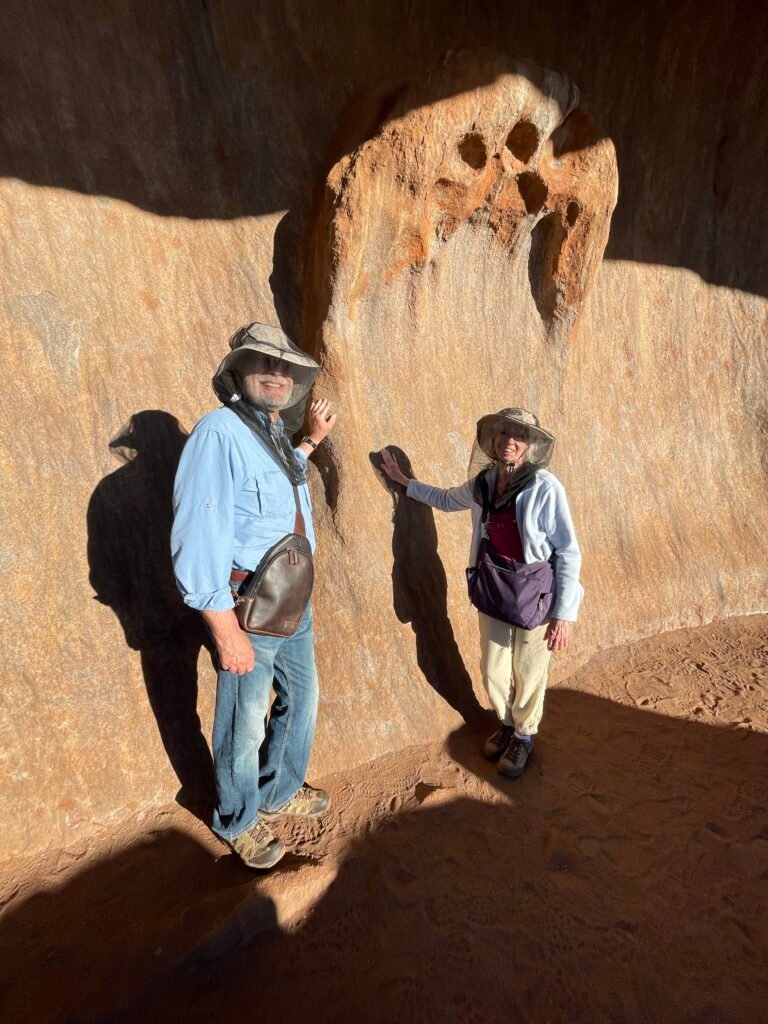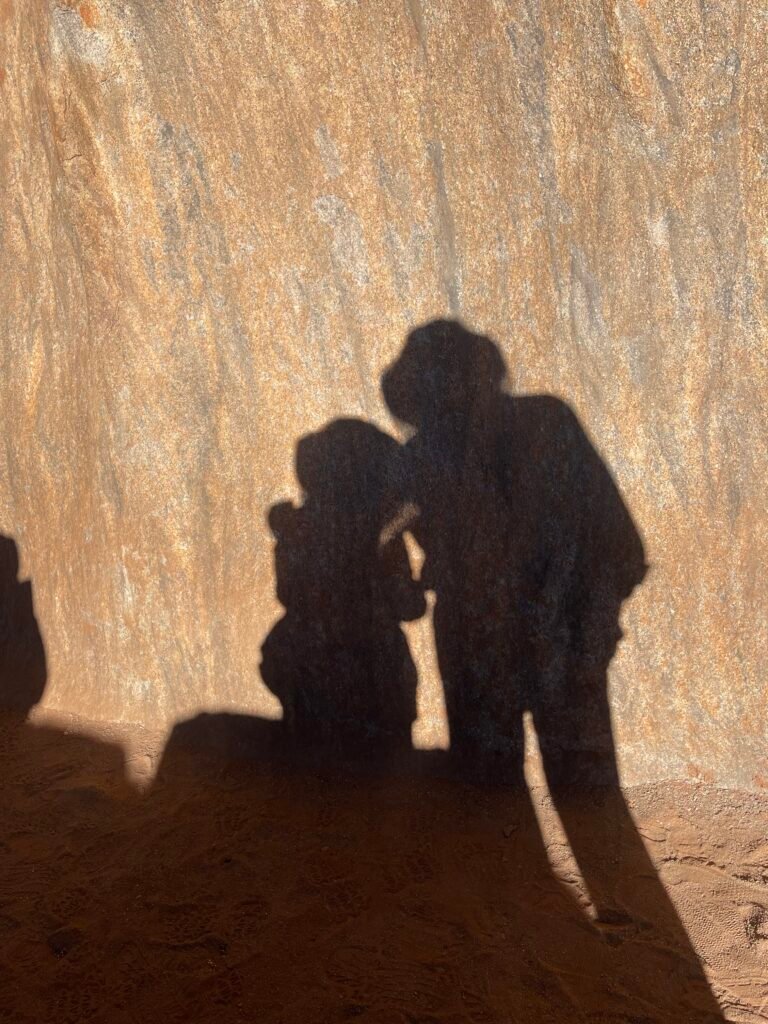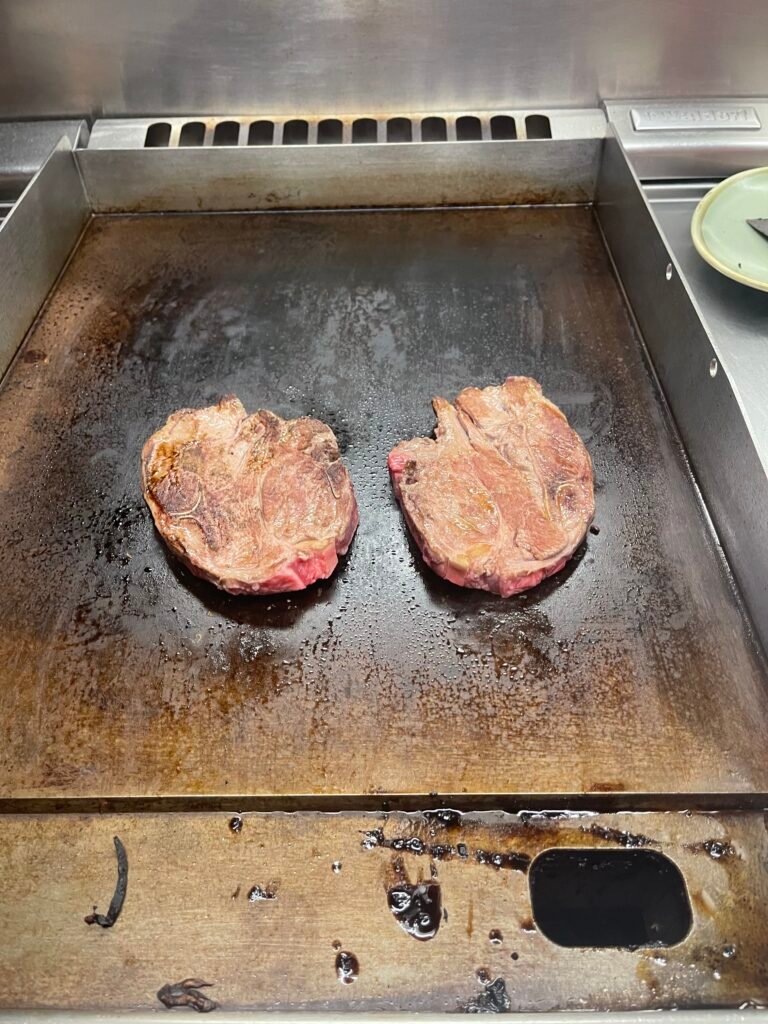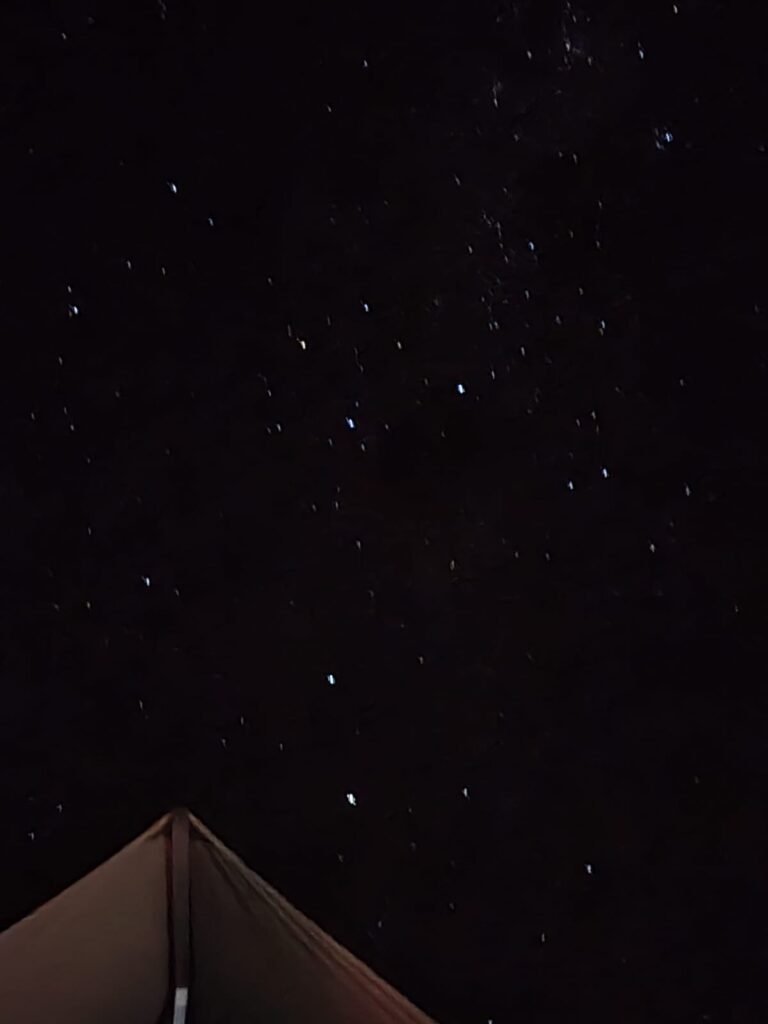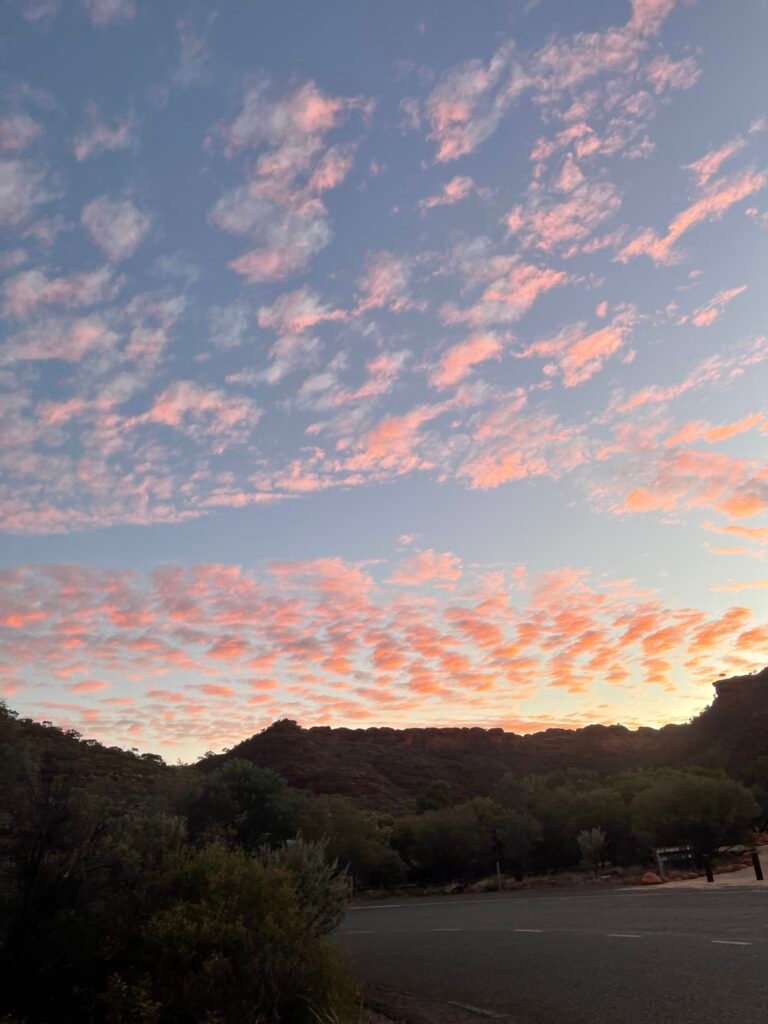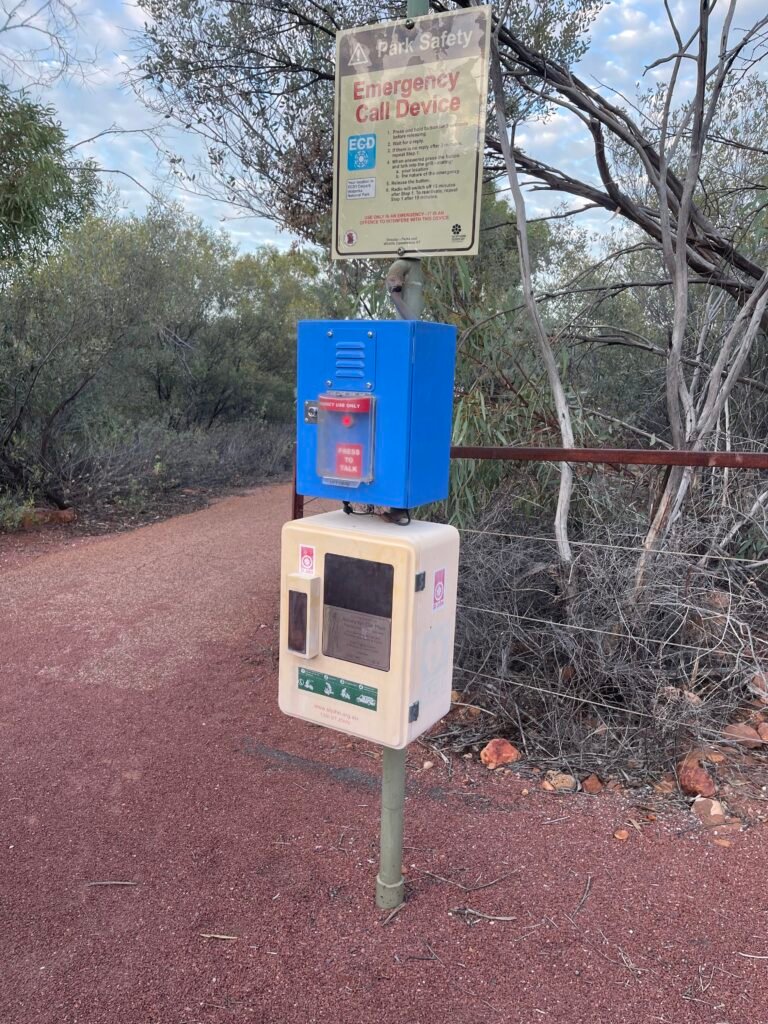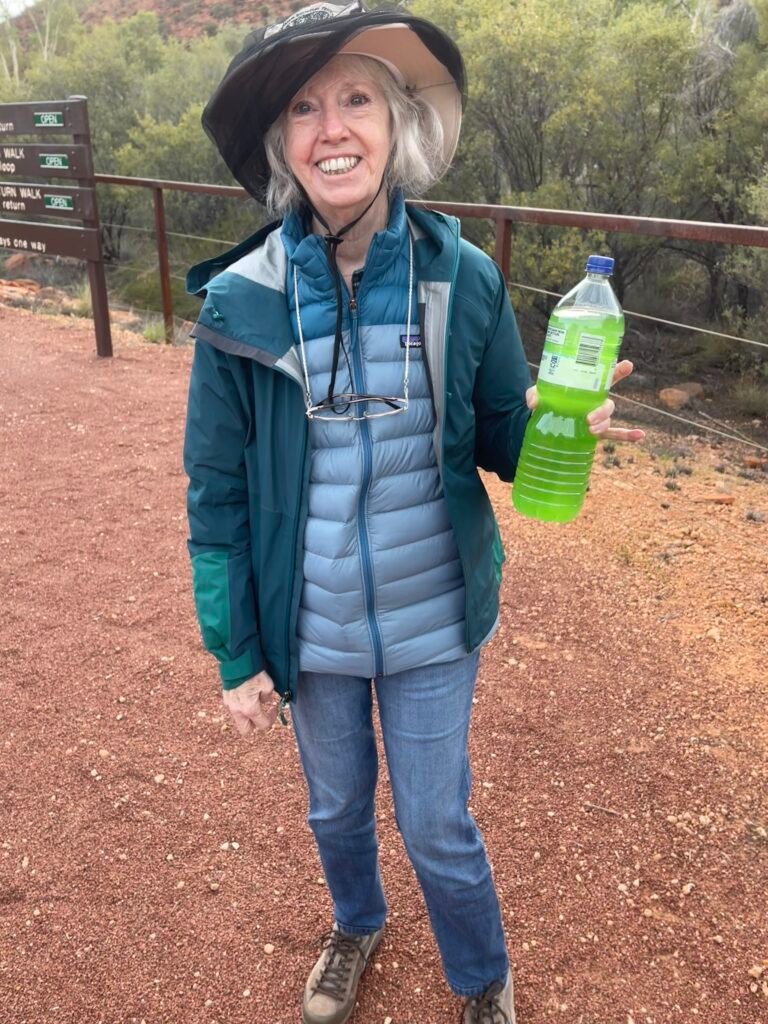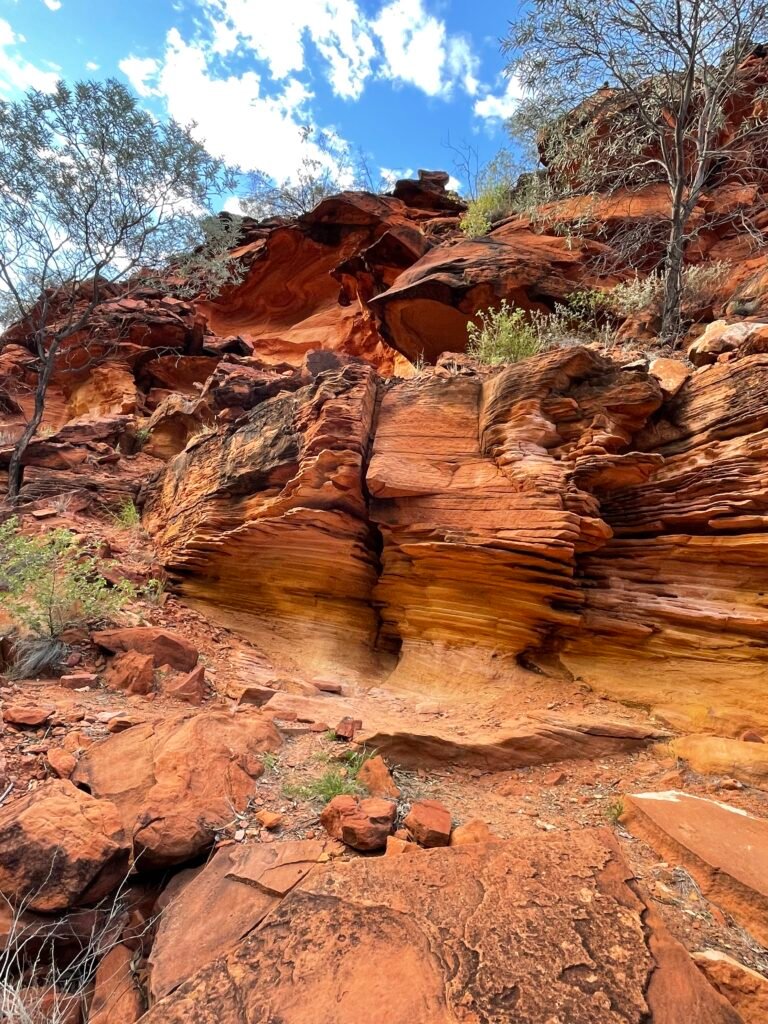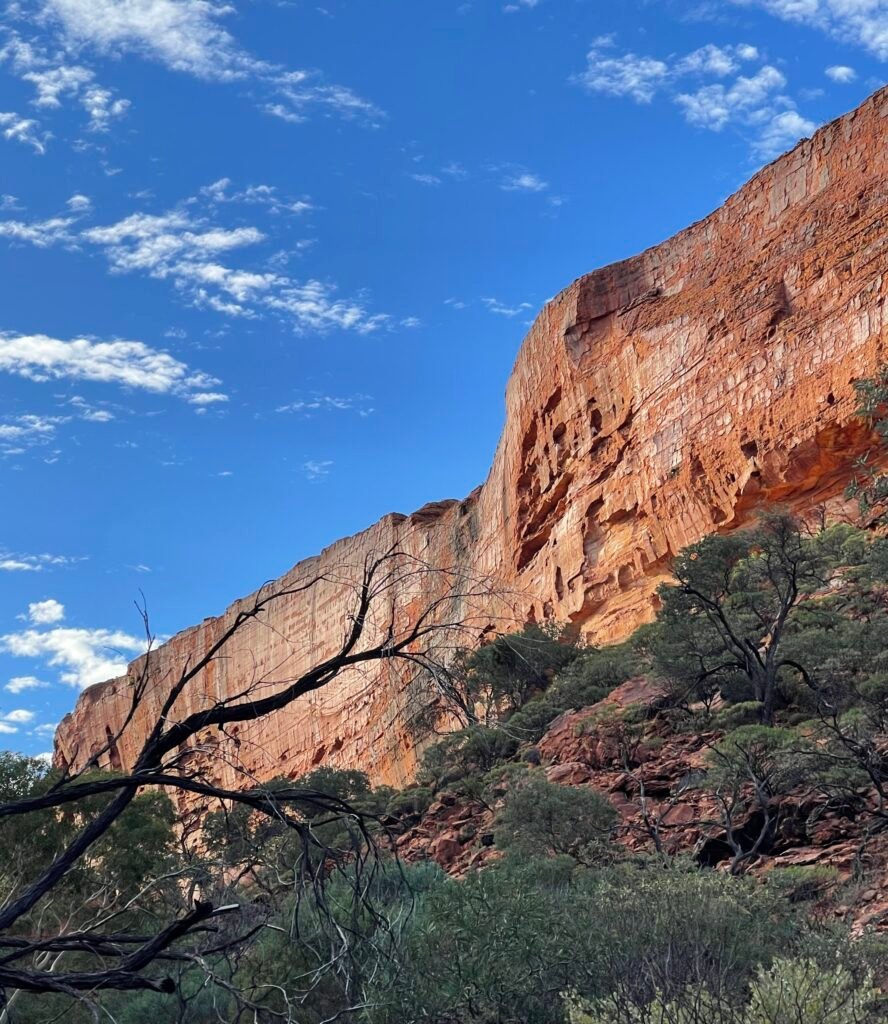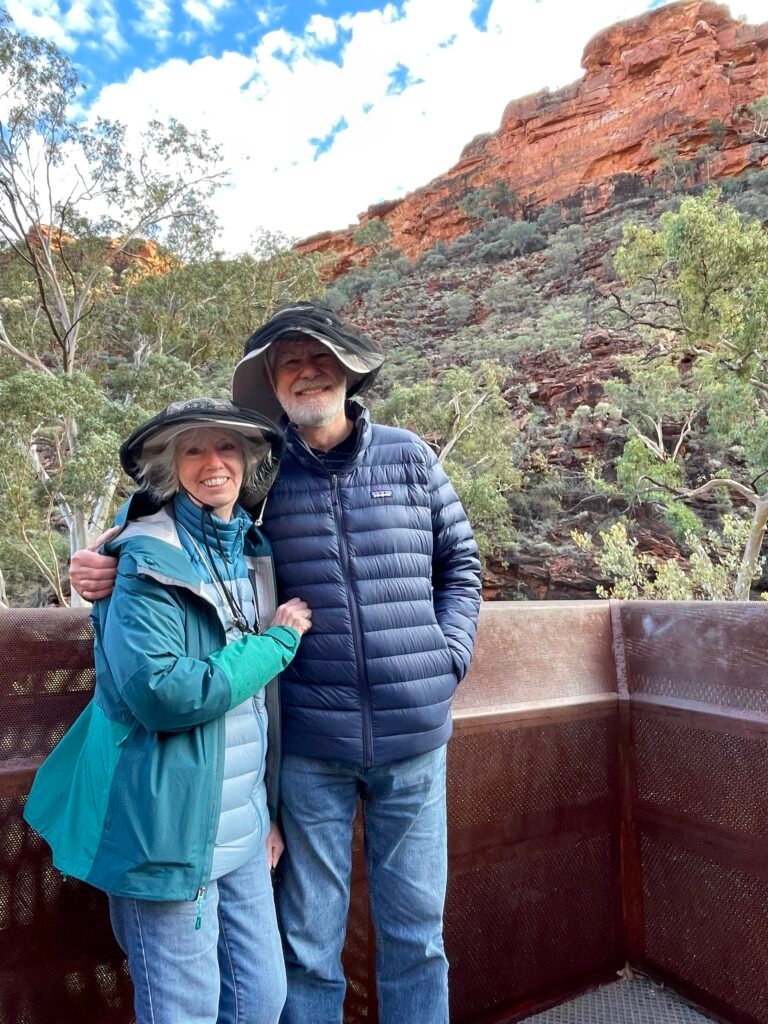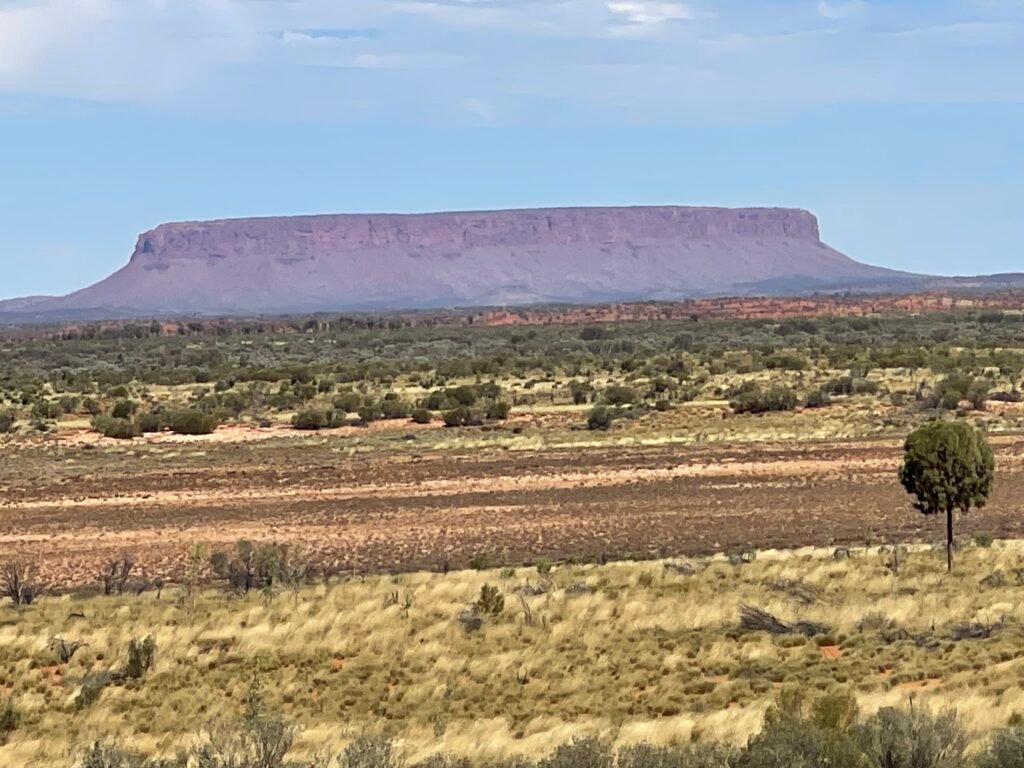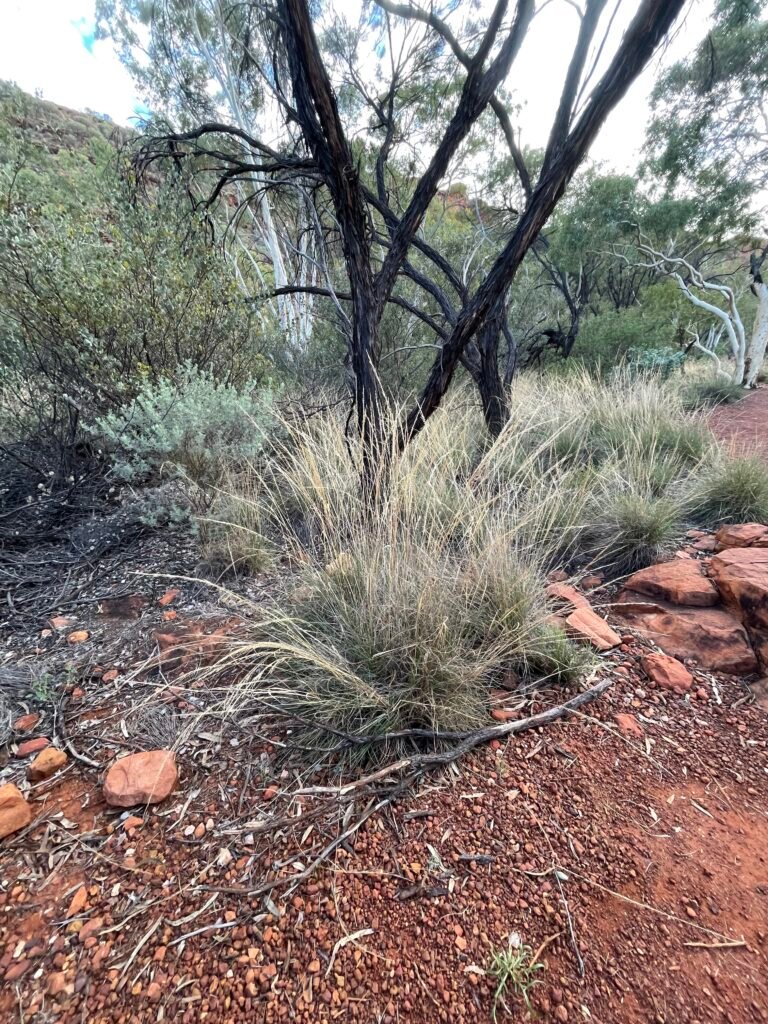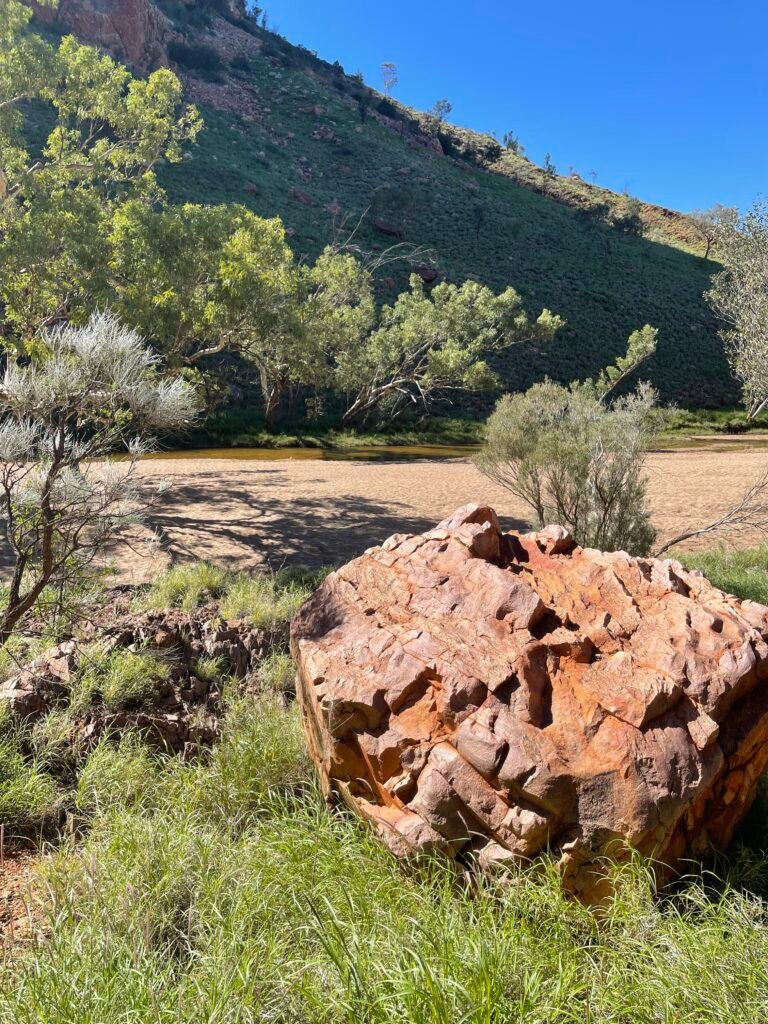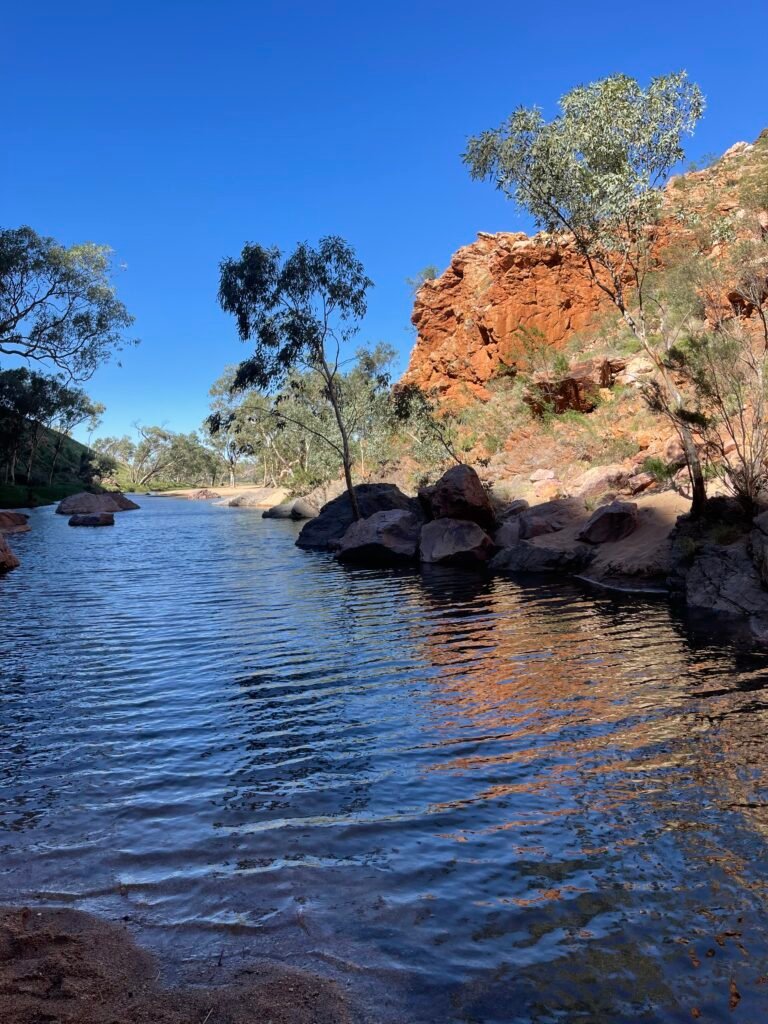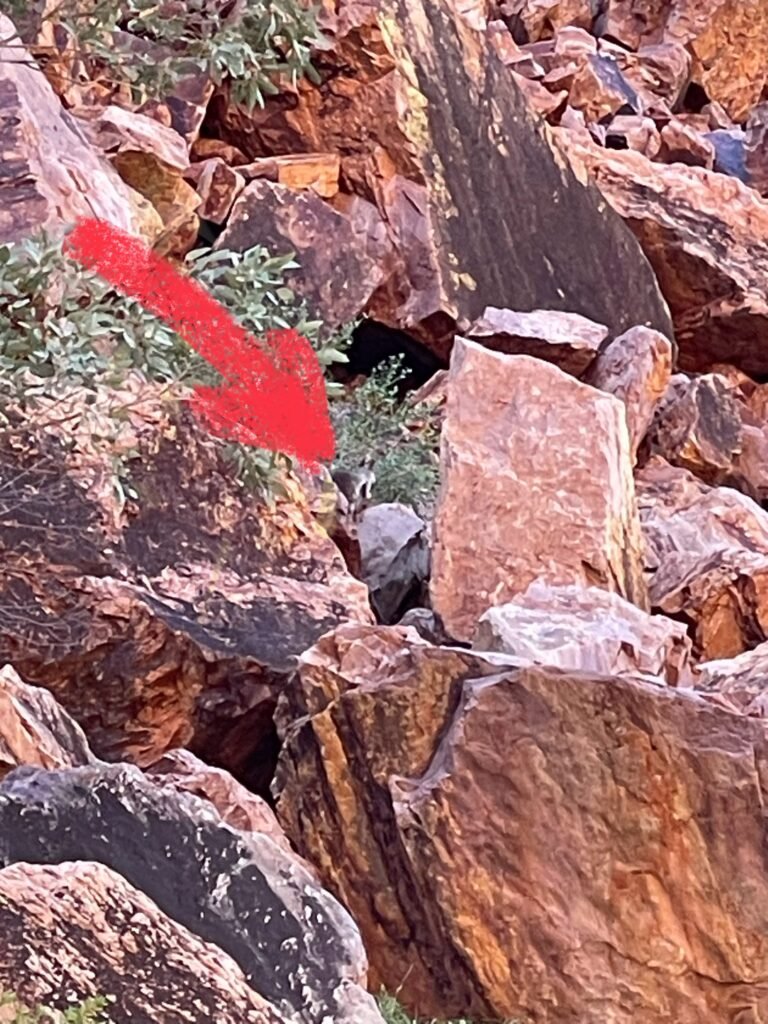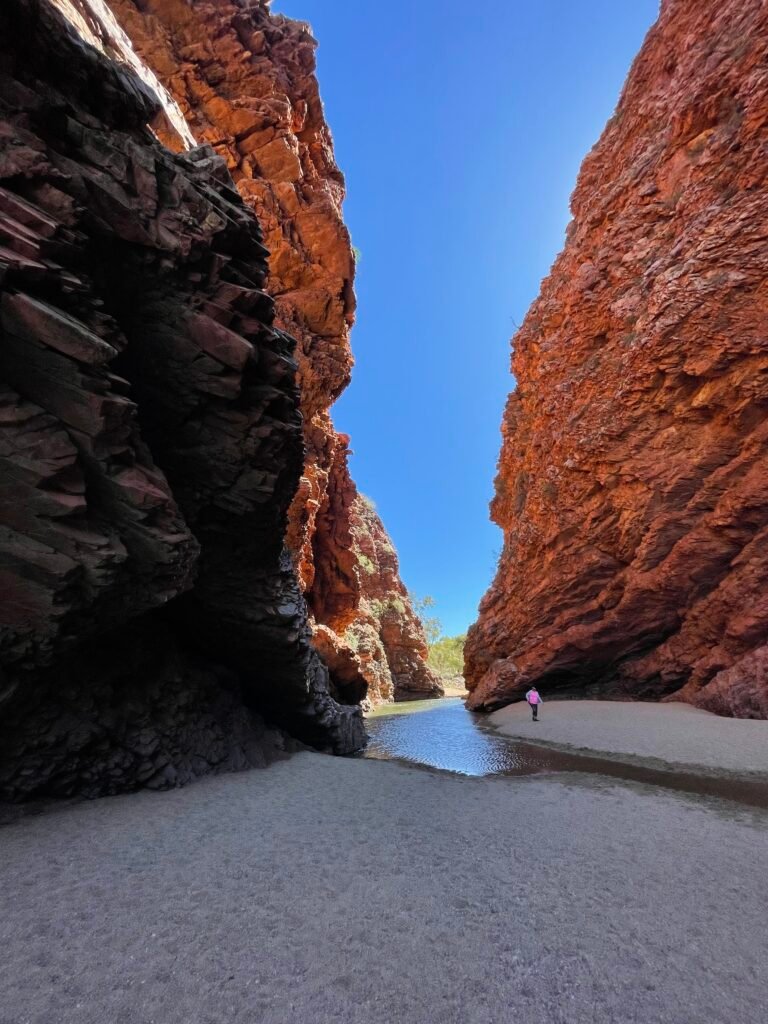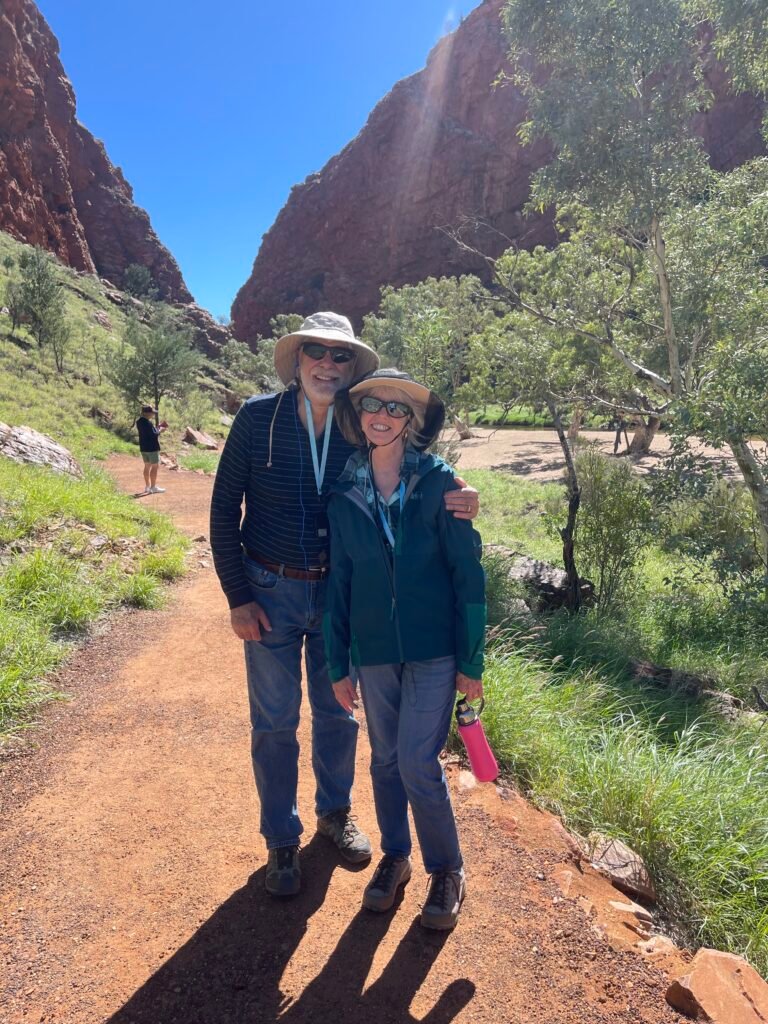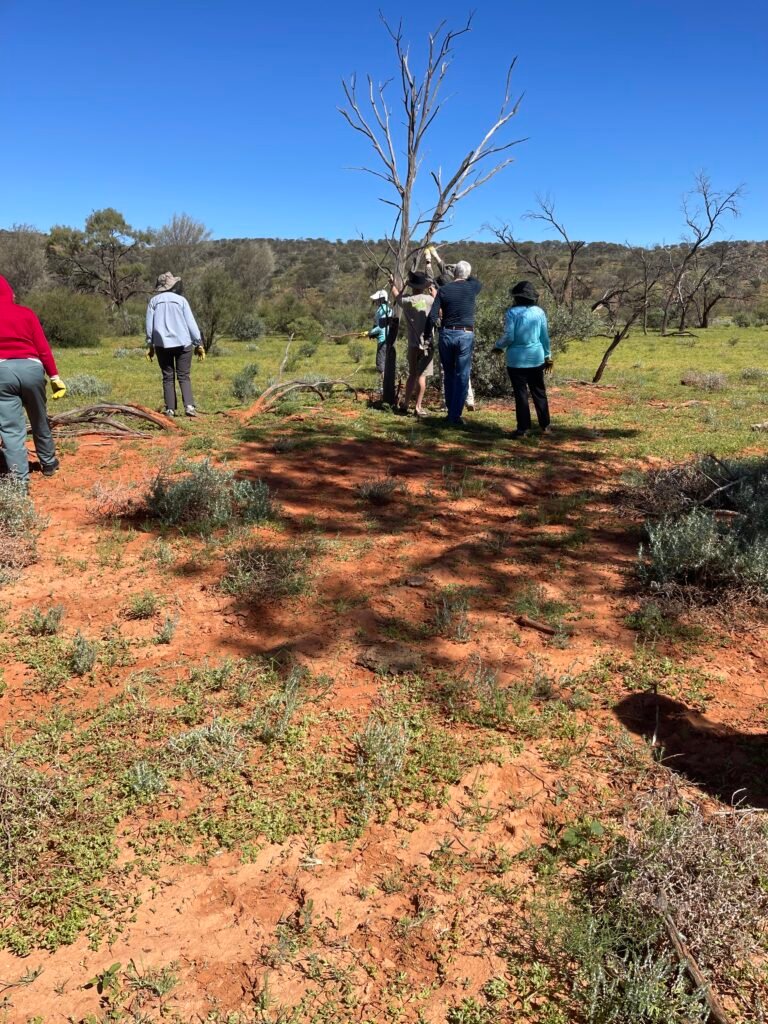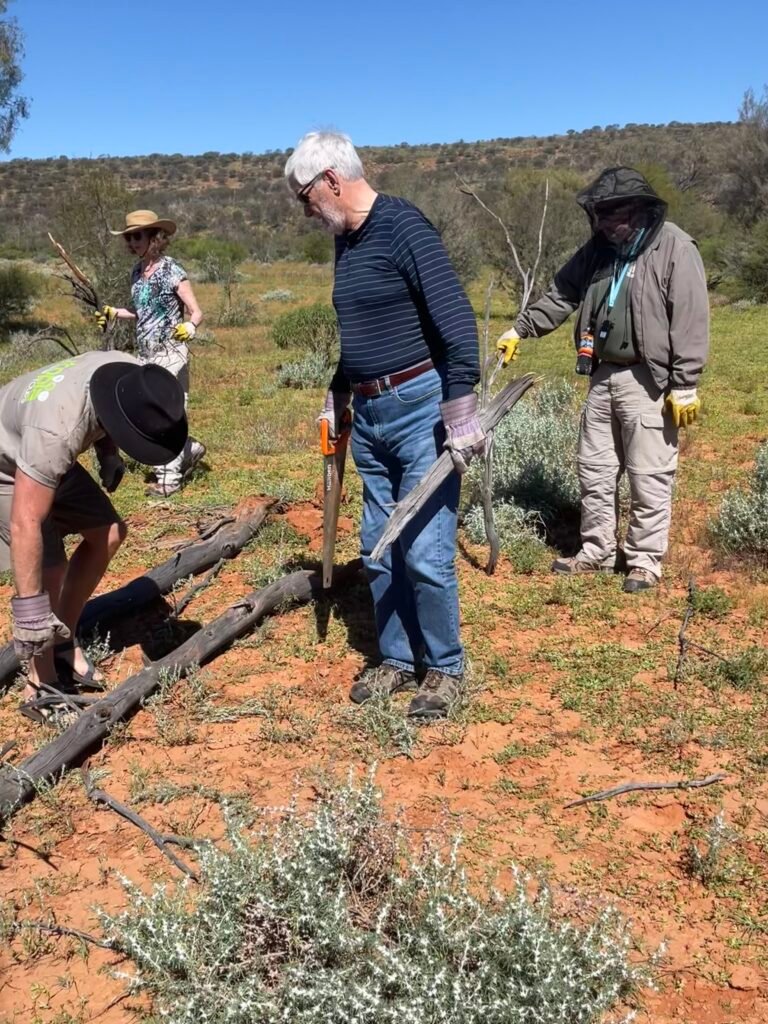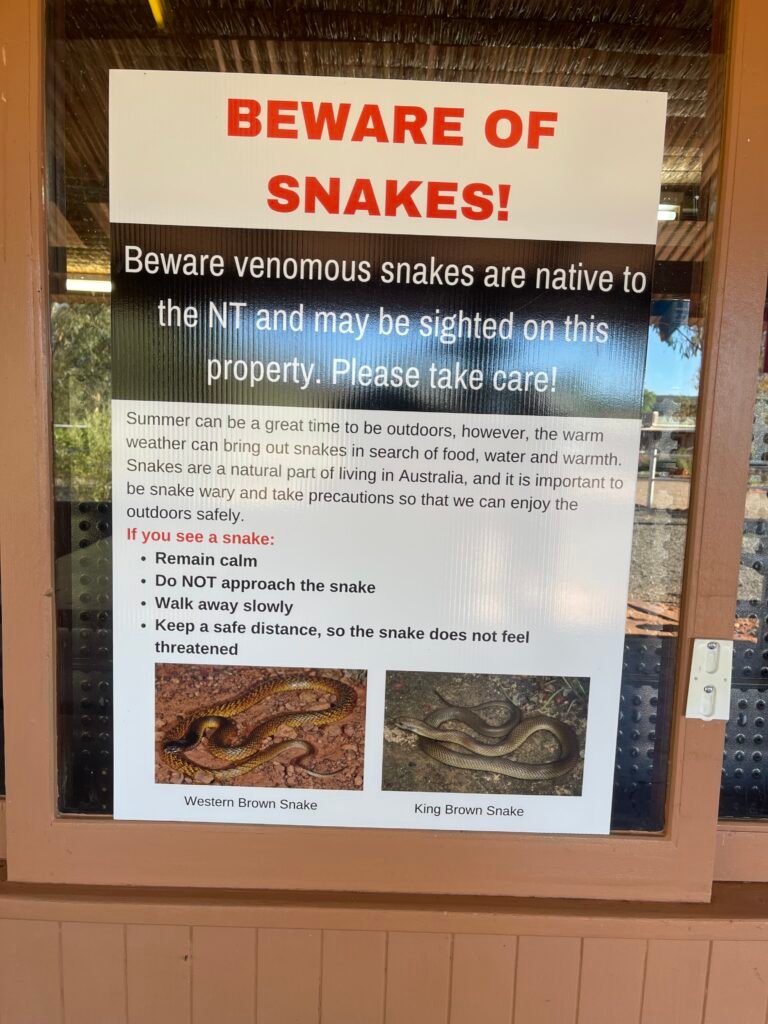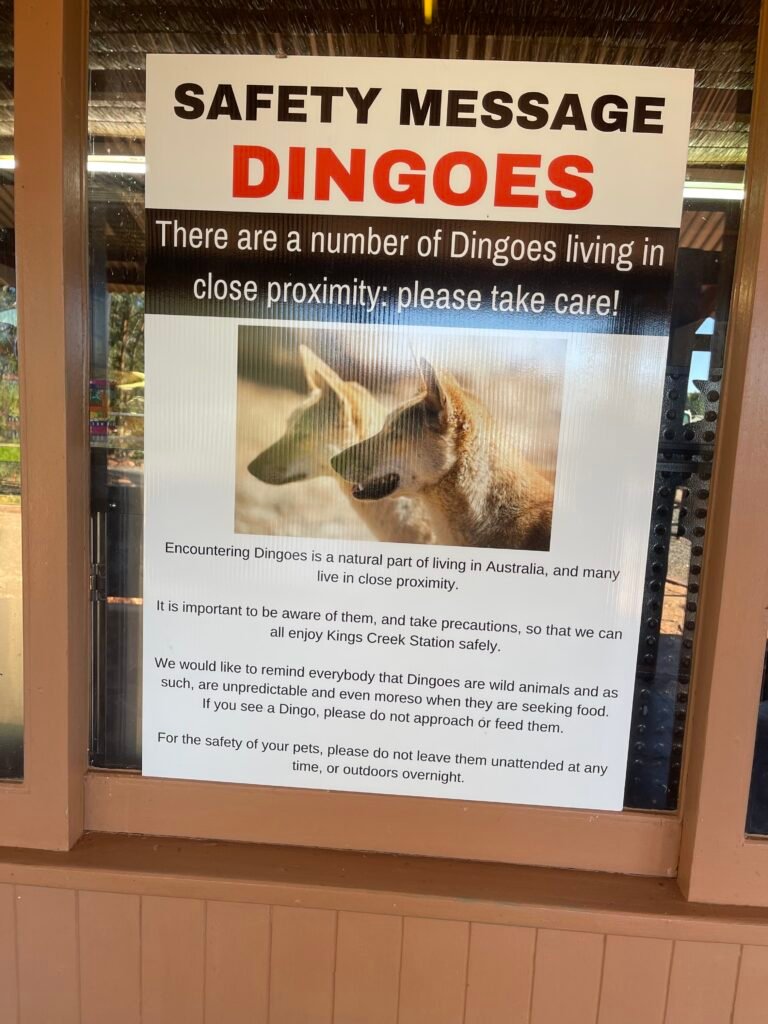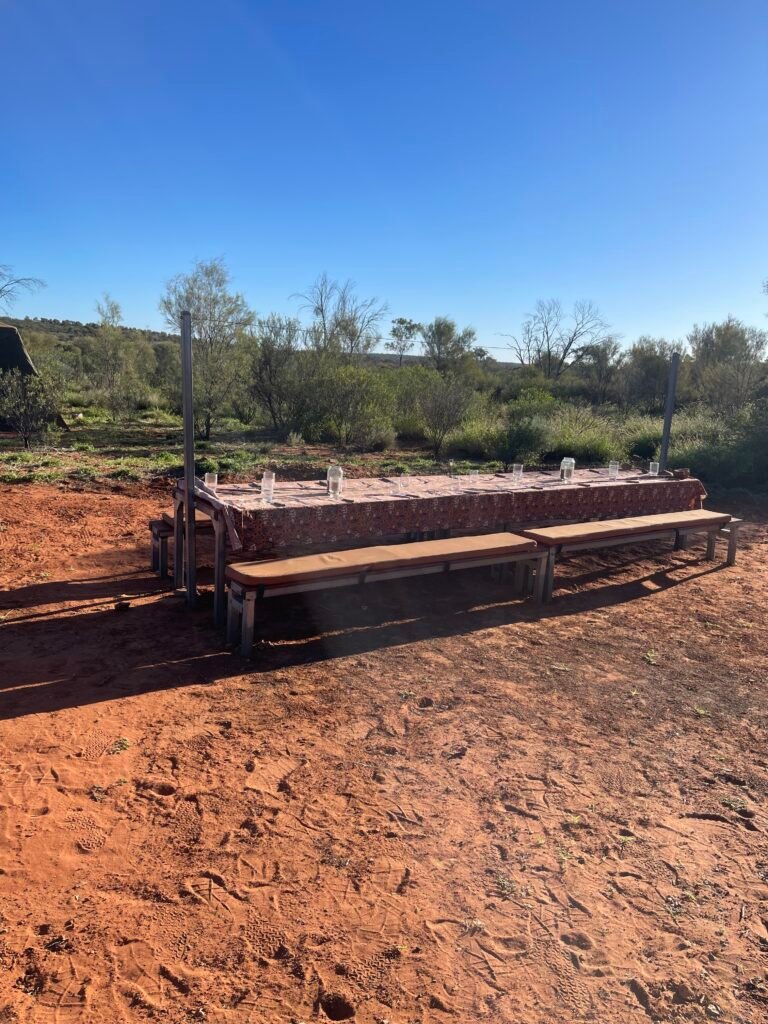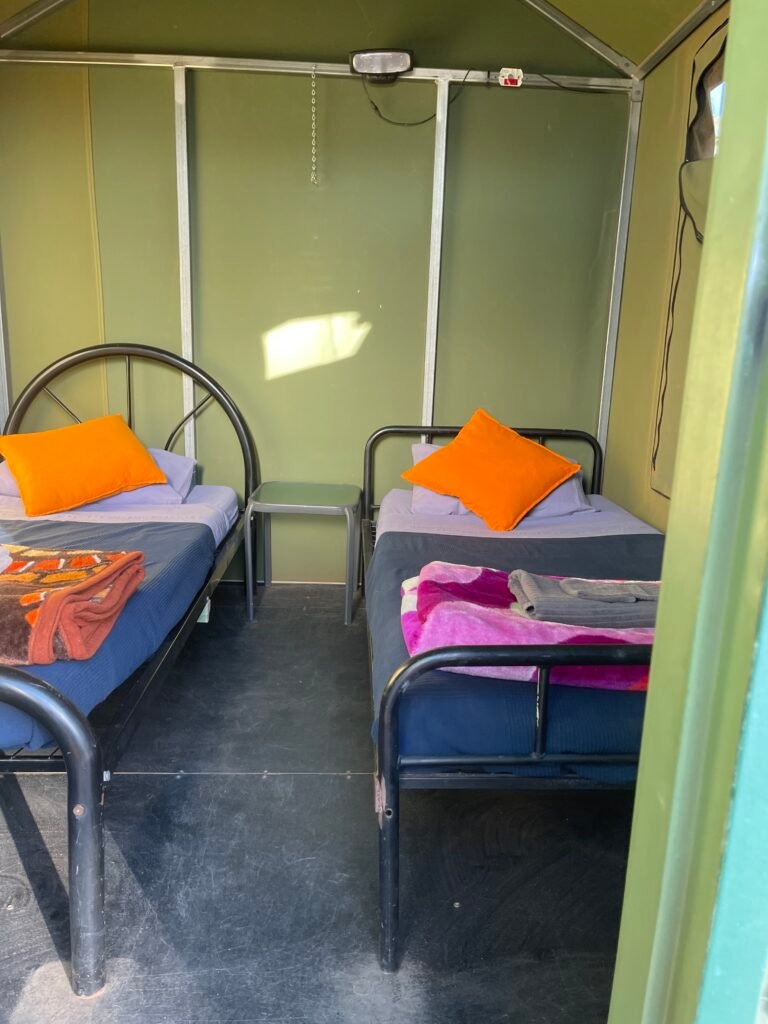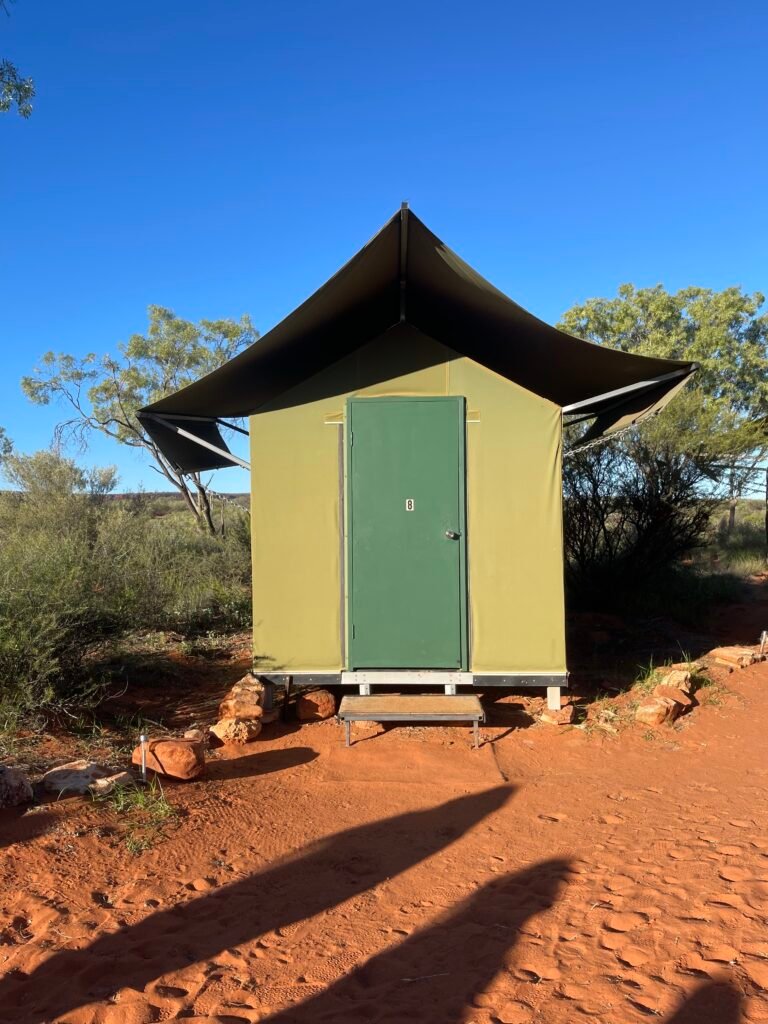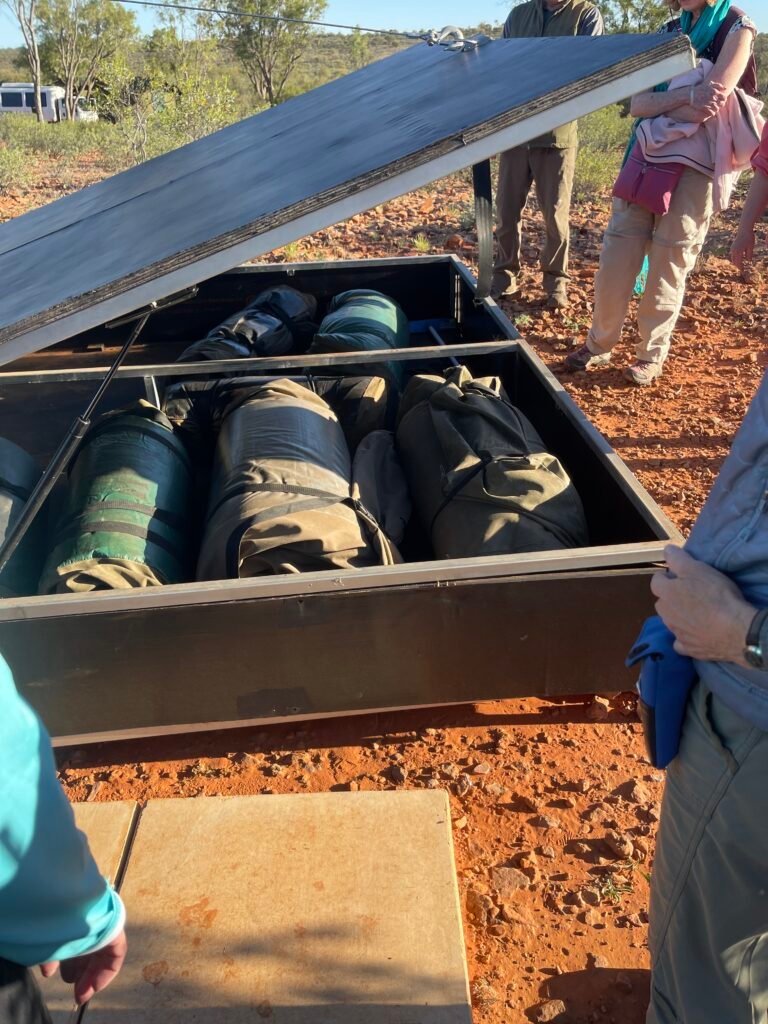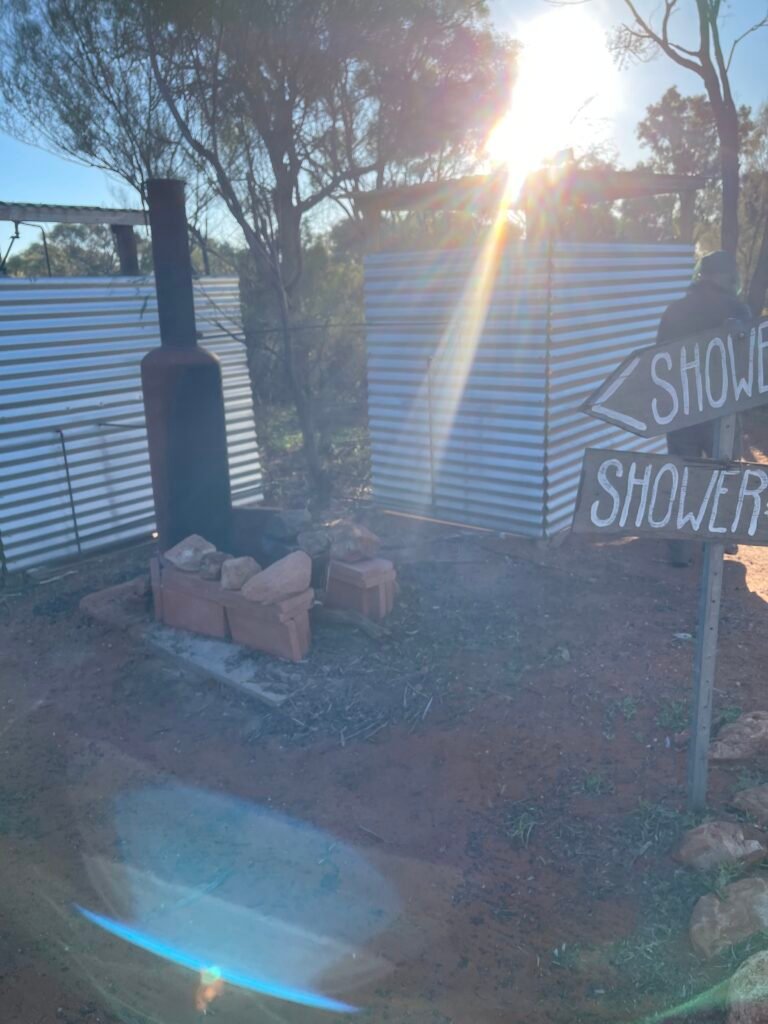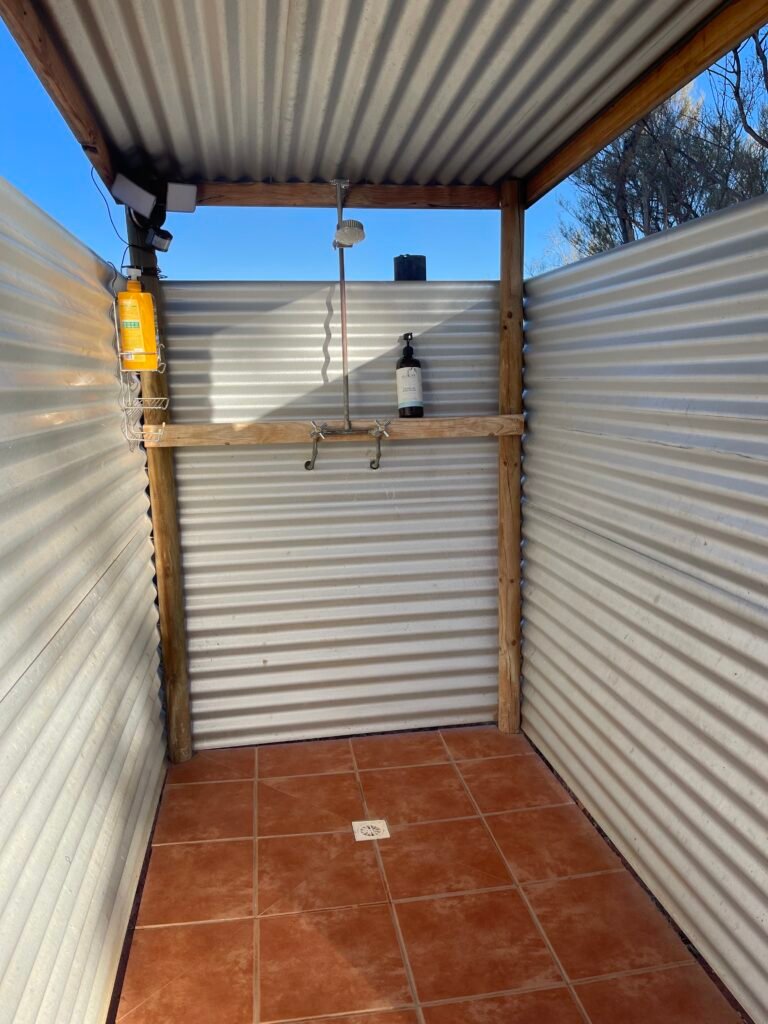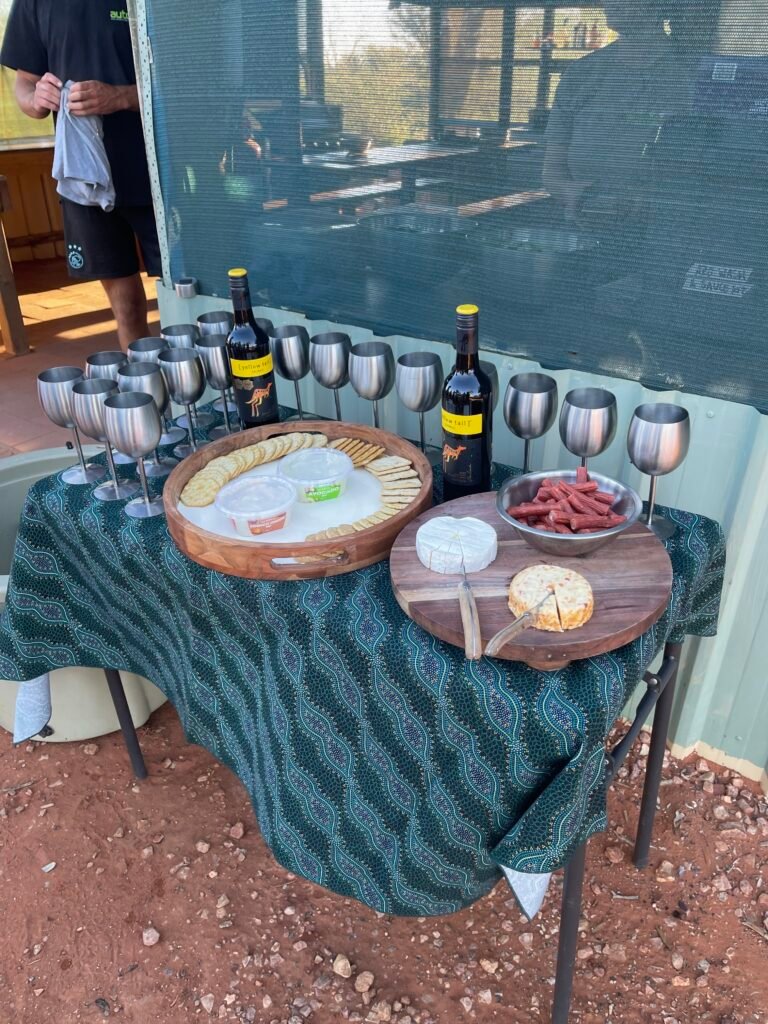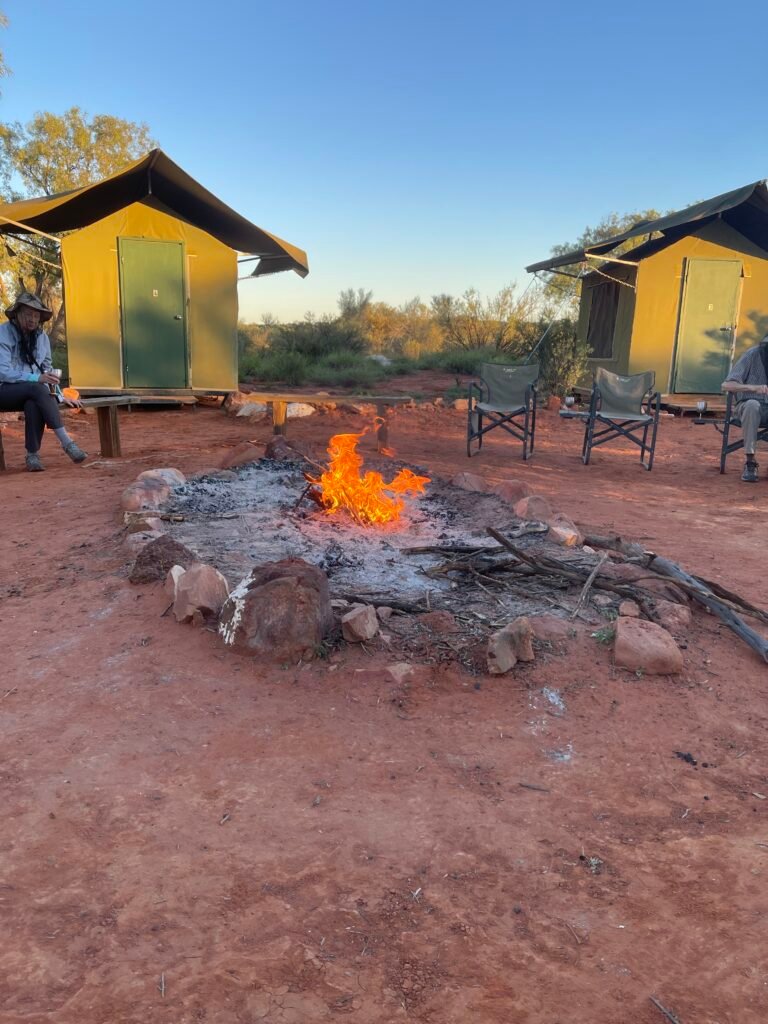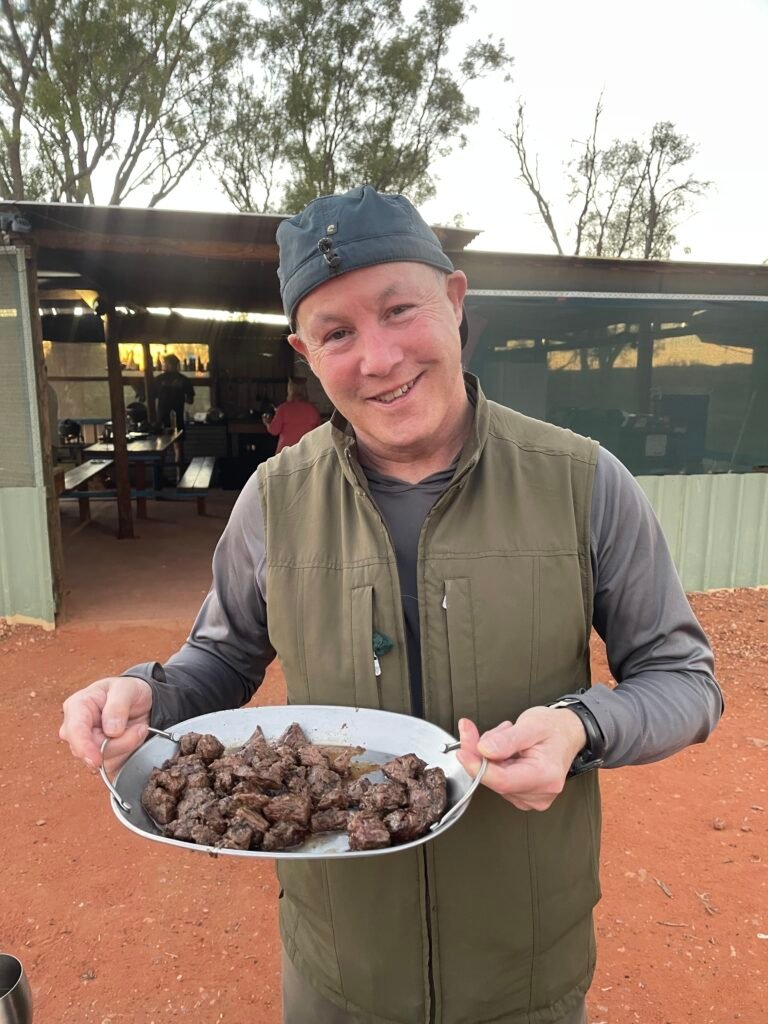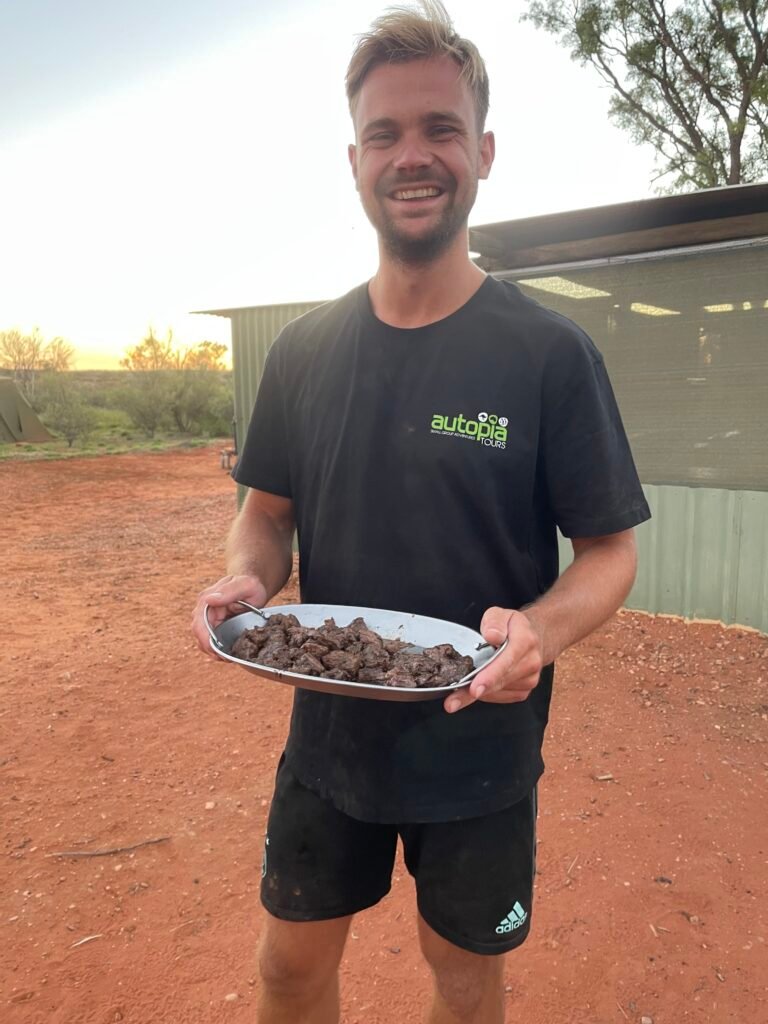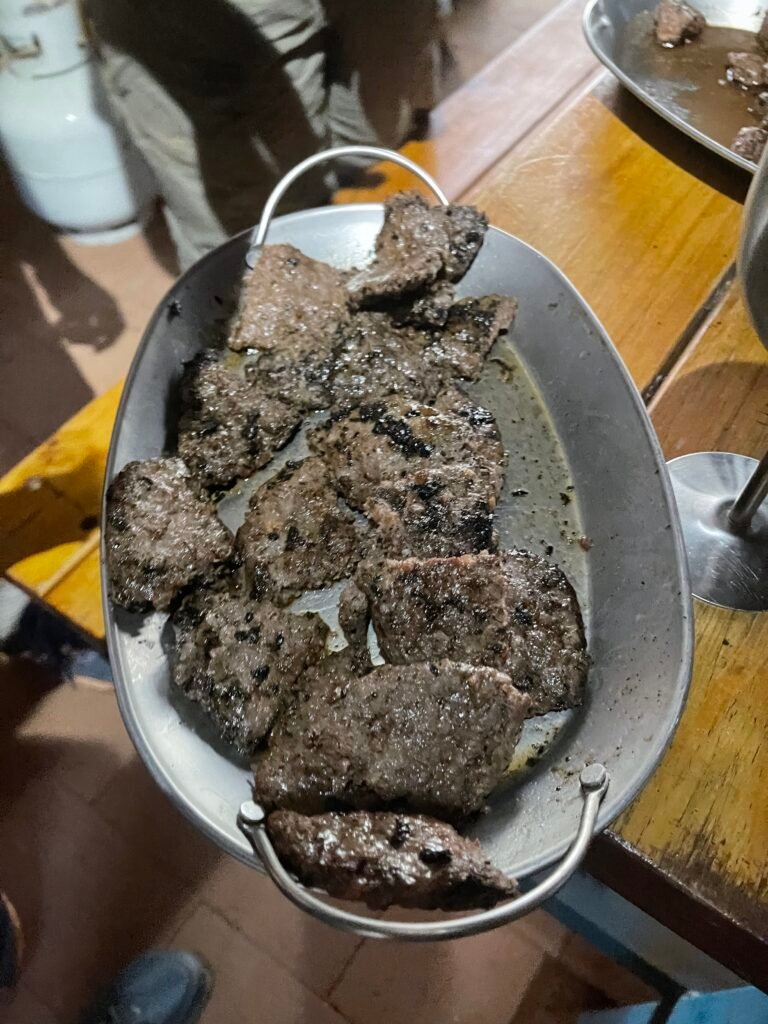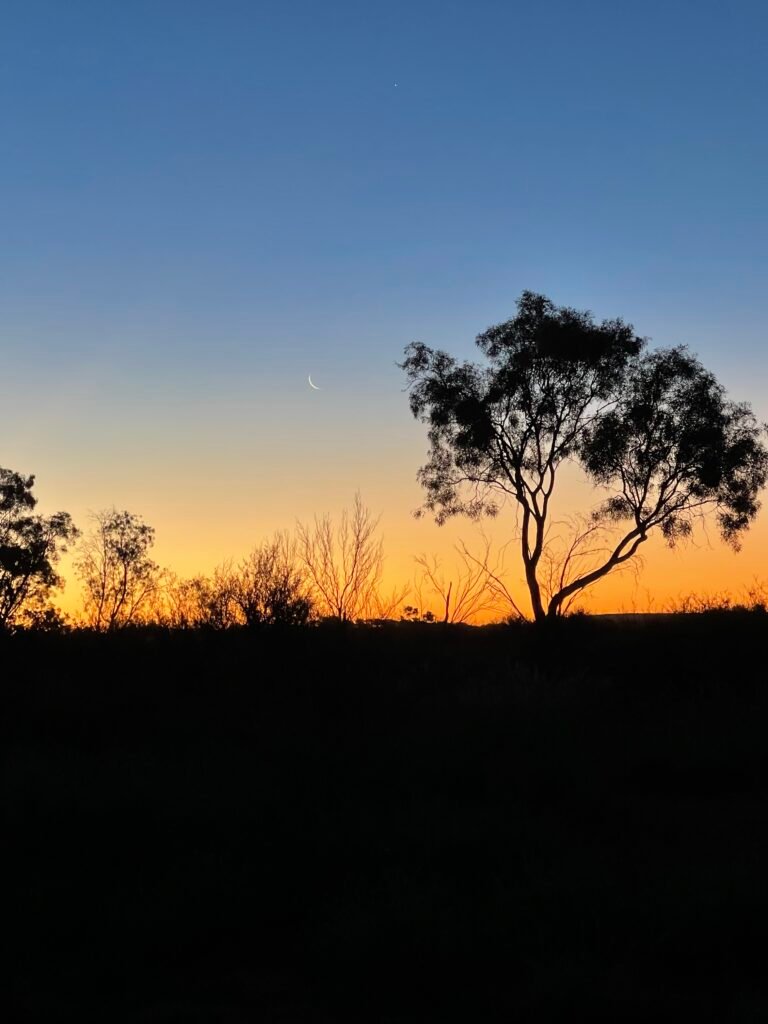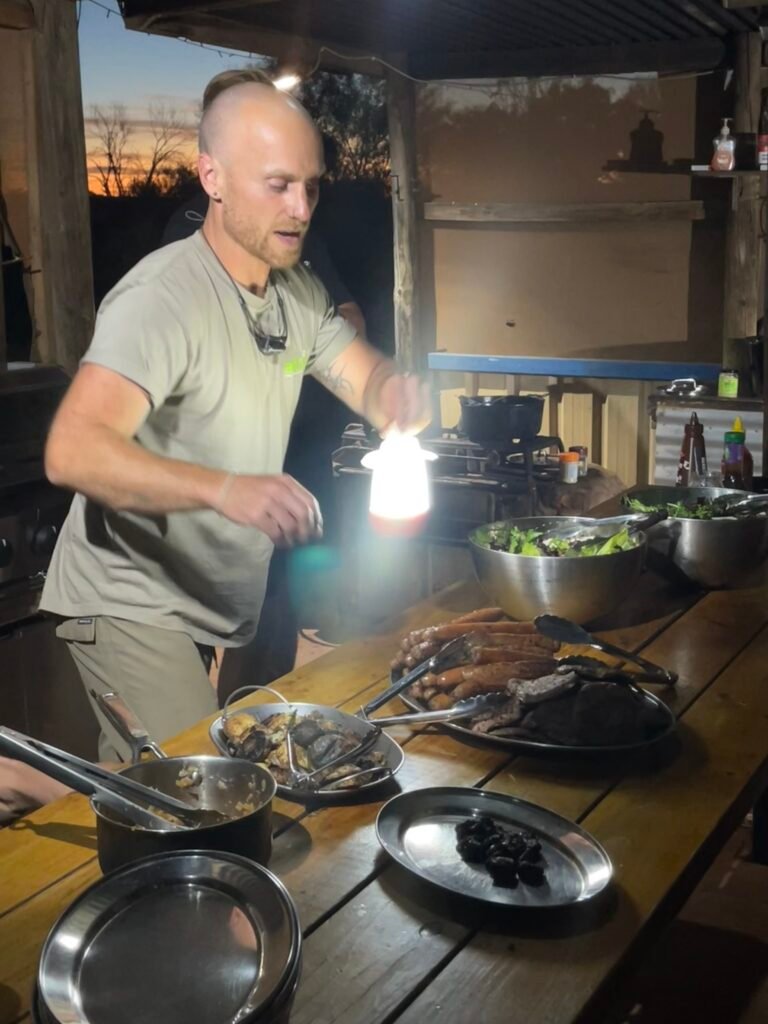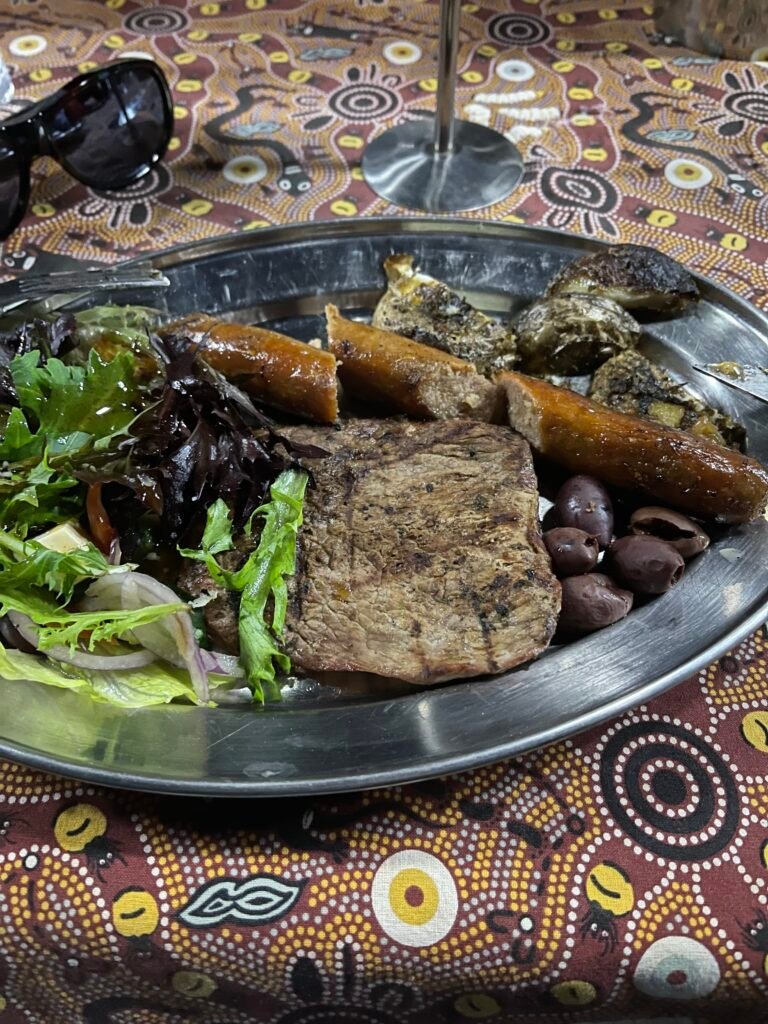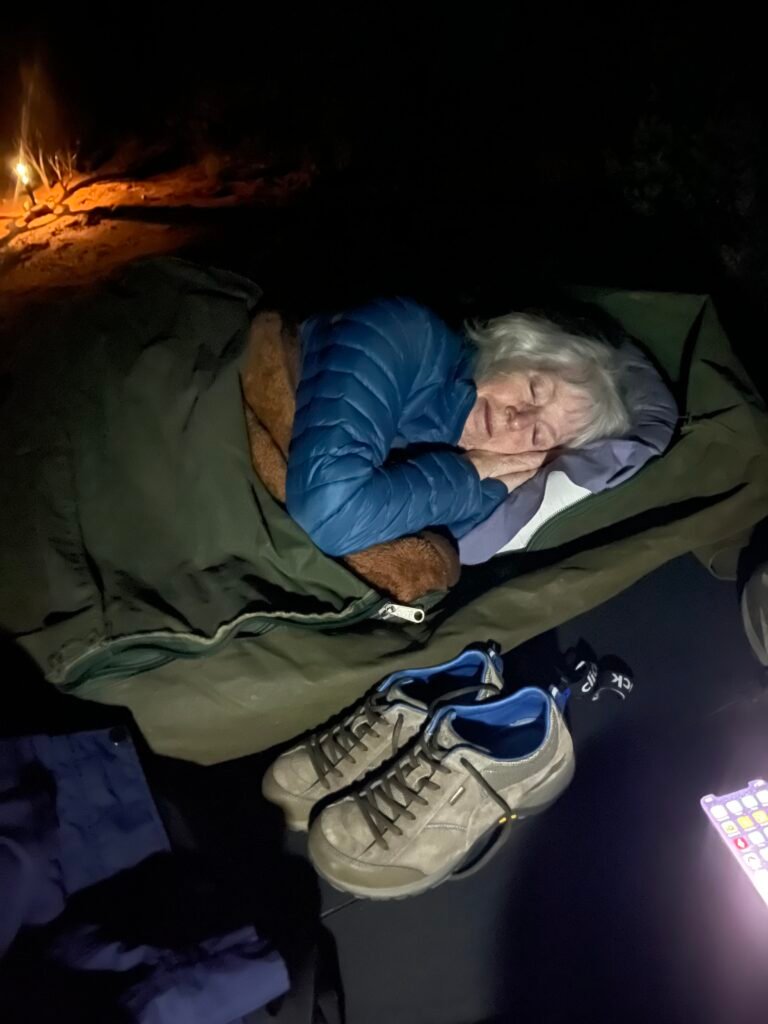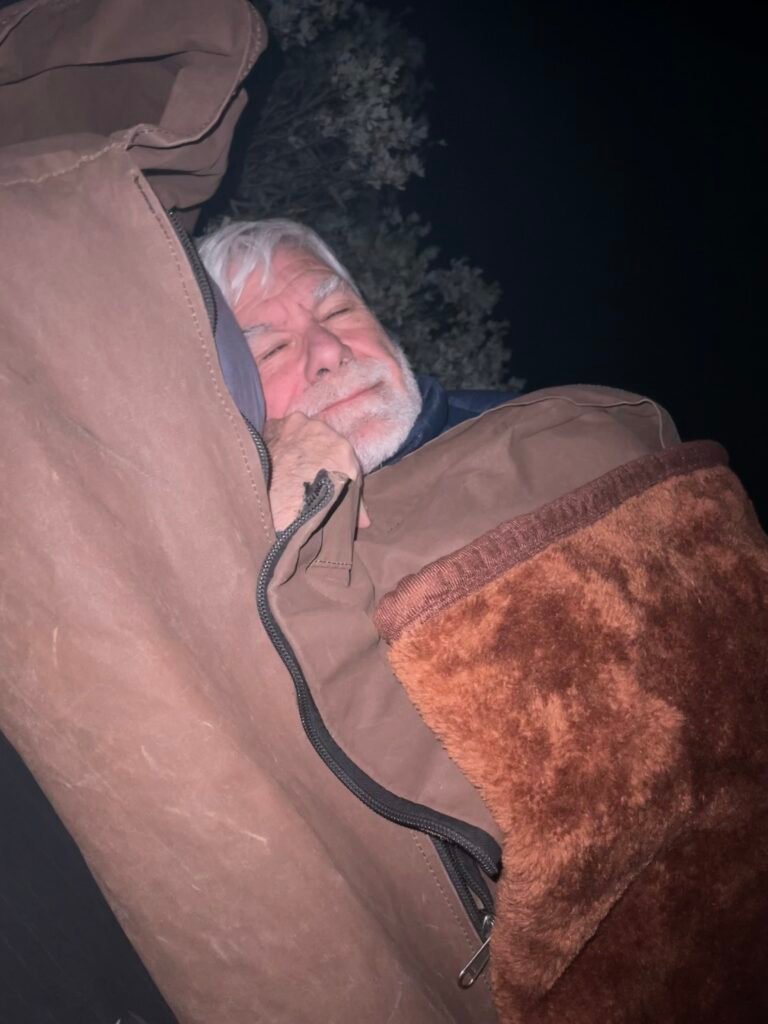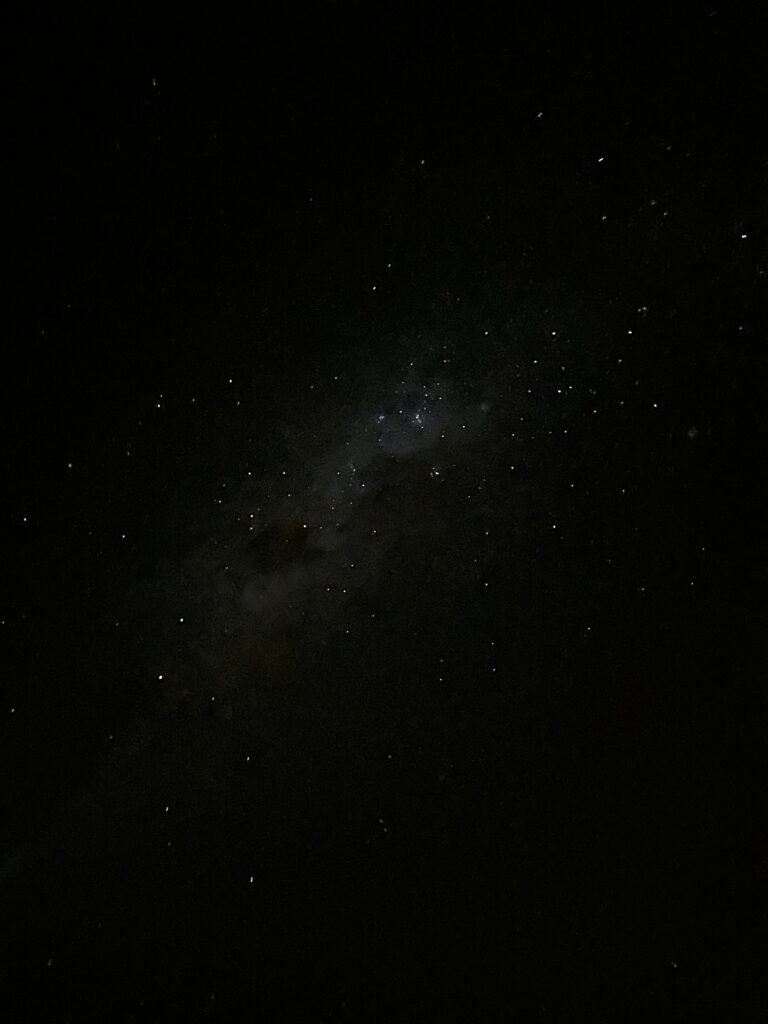We slept in today and had a late breakfast and then we met Debbie and took the light rail to the wharf to board Captain Cook’s Harbor Cruise which took us all throughout Sydney harbor. Susan gave us each a light rail card with $20 on it so we were able to ride the rail until the money ran out, which never happened as it was enough on the card to get around the city all day. It’s a “tap on tap off system” where you tap your card before boarding the light rail and again when you get off. It’s a $200 fine if you try to ride for free and they catch you.
It was a beautiful sunny day and the hour ride on the boat was lovely. We sat up on the top deck and the sea air was refreshing and we were able to get a good overview of the city. It was also nice to see an entirely different view of the opera house, one you can only view from the water.
Since it was lunchtime when we disembarked the boat, the three of us went for lunch at a local pub. I had fish and chips which was very good. Allan had a chicken dish.
Debbie was interested in touring The Hyde Park Barracks museum so we once again boarded the light rail and did the tour.
Entry to the museum was free and we were given a headset with a commentary device that you could either listen to or read while you went through the museum. The headset was intuitive to know exactly what exhibit you were viewing and what room you were walking into. Pretty neat.
The Barracks is a UNESCO World Heritage site and presents an amazing record of colonial Australia. It was originally built to house prisoners and as we went from room to room we saw how the convicts lived and how they were treated. Many of the convicts were there perhaps because they had stolen a loaf of bread or committed some other minor crime. They were taken to the Barracks instead of being hung, and forced to work in chain gangs to build and expand colonial Australia. Some of the convicts were flogged if they didn’t obey and we were able to see the different forms of punishment the convicts endured.
It was getting late so we had to leave the Barracks to get ready for our farewell dinner cruise. We all met in the lobby of our hotel and while some of the group walked to the wharf, Allan and I went with others on the light rail to get to there.
It was a beautiful sunset cruise and a nice salad, chicken dinner and desserts were served. We took lots of photos along the way of the skyline in the glow of the setting sun.
After dinner, were took some of the bottles of wine that they were serving on the cruise (shhhhhh… don’t tell) and had a “pub walk”, stopping periodically as we walked back to the hotel, toasting each other with the wine, regaling all the wonderful things we experienced in our two weeks in Australia. There were a lot of laughs and good natured teasing and we had a great time as we sauntered back to our hotel to get ready for our flight tomorrow to New Zealand – to embark on the second half of this amazing trip.
When we returned to the hotel, a few of us stayed up and chatted with Susan and enjoyed a final evening with our fabulous guide. Then, it was off to our rooms to pack for our flight to Christchurch, New Zealand.
Entry to New Zealand from another country is very strict. On board our flight we will be given an Arrivals Card to complete which we will hand to a customs official. We must declare any food items containing loose nuts or seeds as they are not permitted and fresh fruit is also prohibited. We are not allowed to take any food from the plane and we cannot bring in shells or coral. We also have to declare any wood or leather items.
In regard to our shoes, we have to make sure the soles are clean and we have to wear the shoes we wore in the Outback, since customs will check them and it saves customs from searching through our bags for them.
It will be around 68 degrees when we land and we should be able get some great views of the majestic Southern Alps upon disembarking.
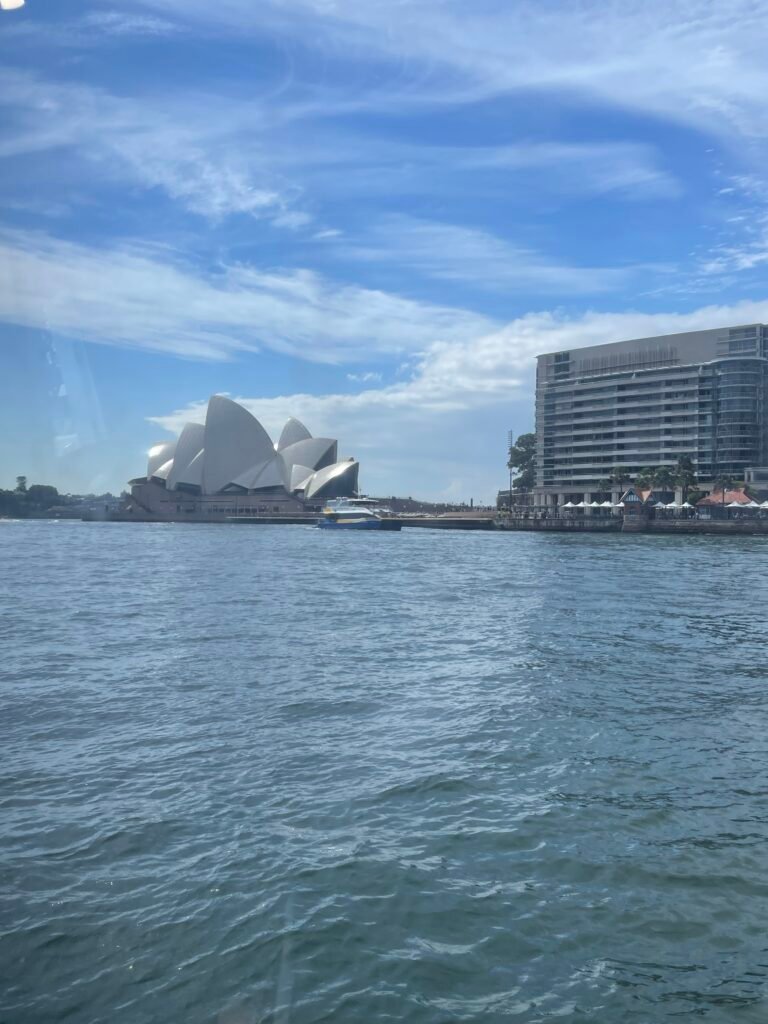
Our morning cruise
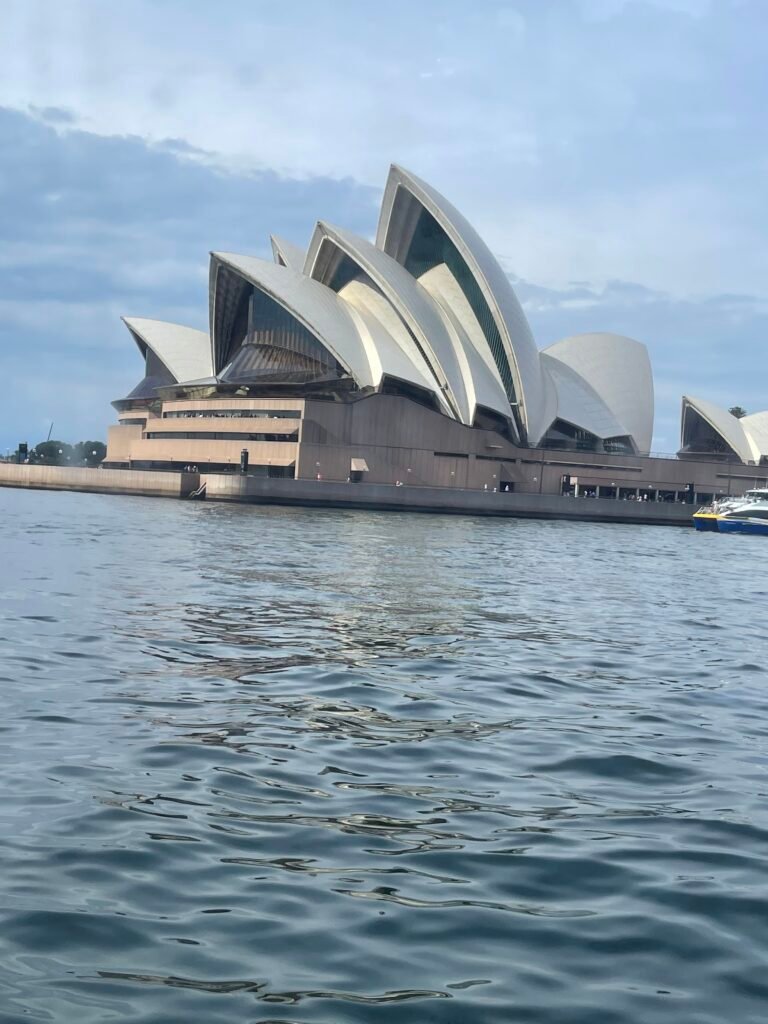
Seeing the Sydney Opera House from the water
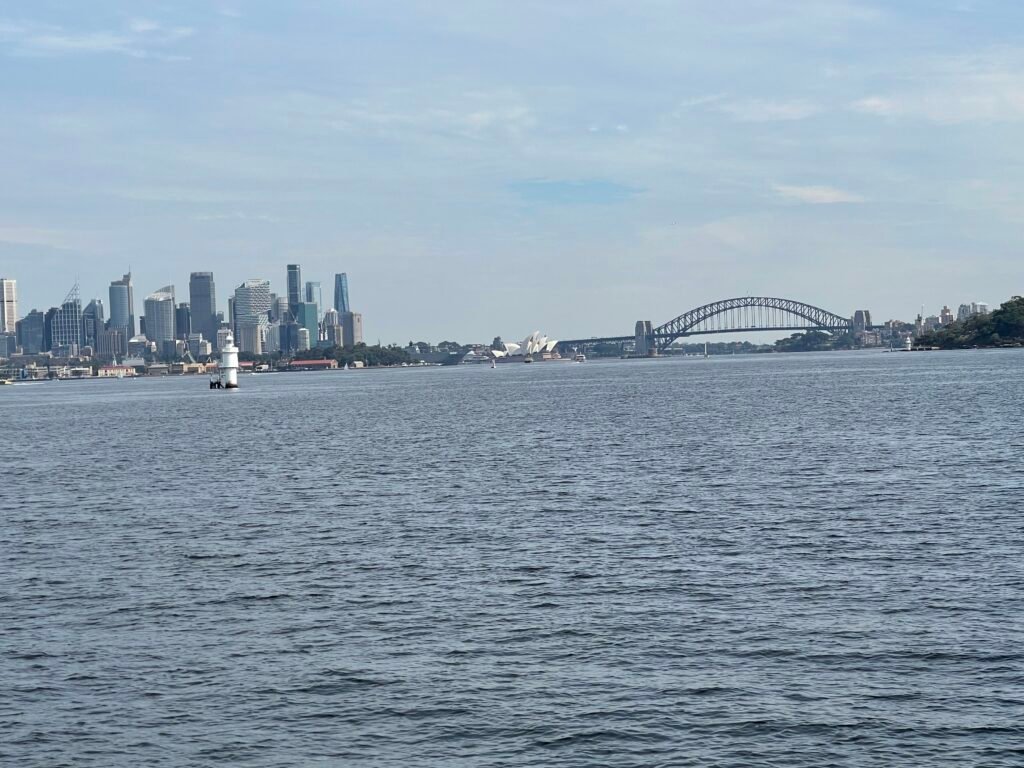
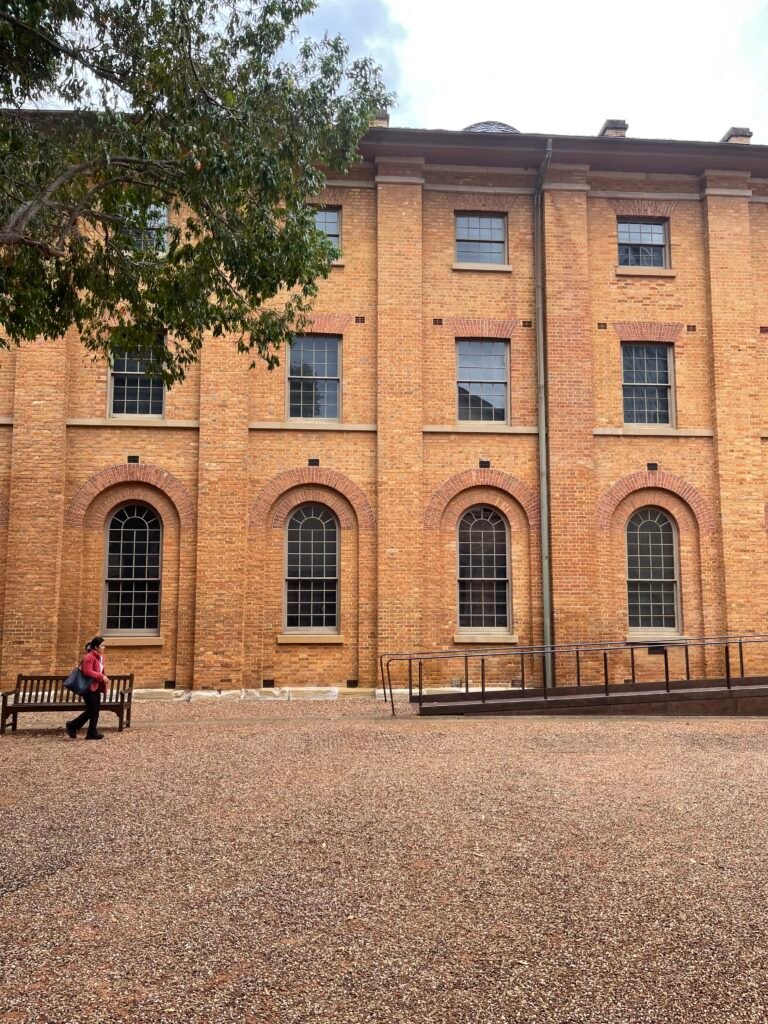
The Barracks
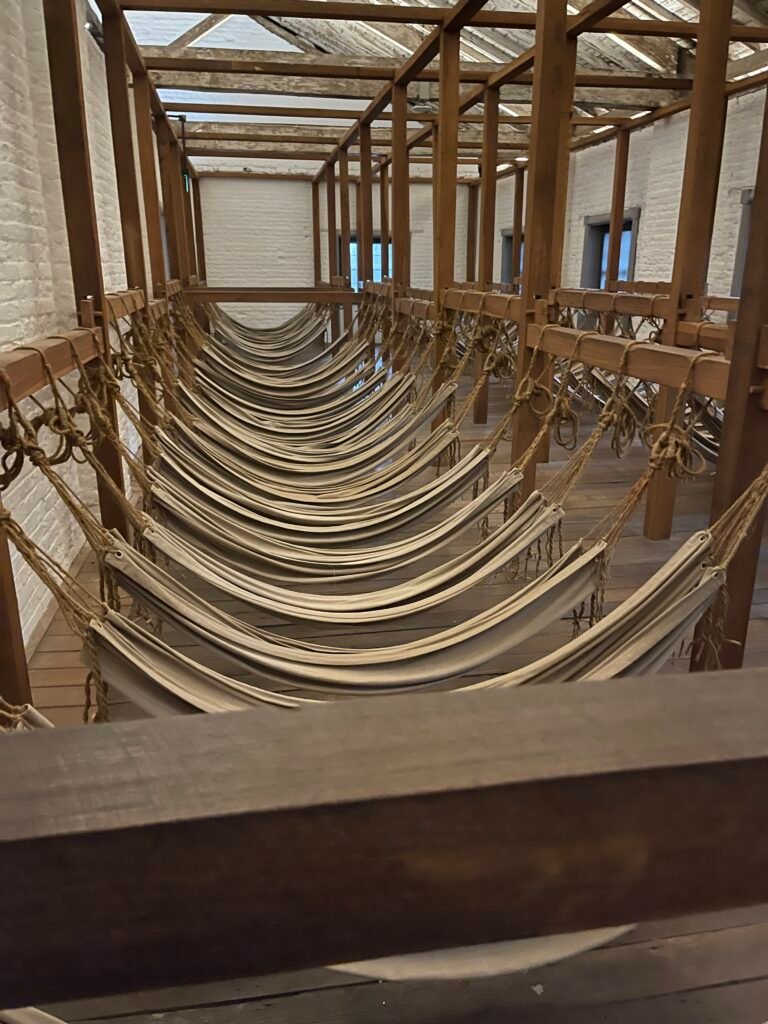
The hammocks where the convicts slept.
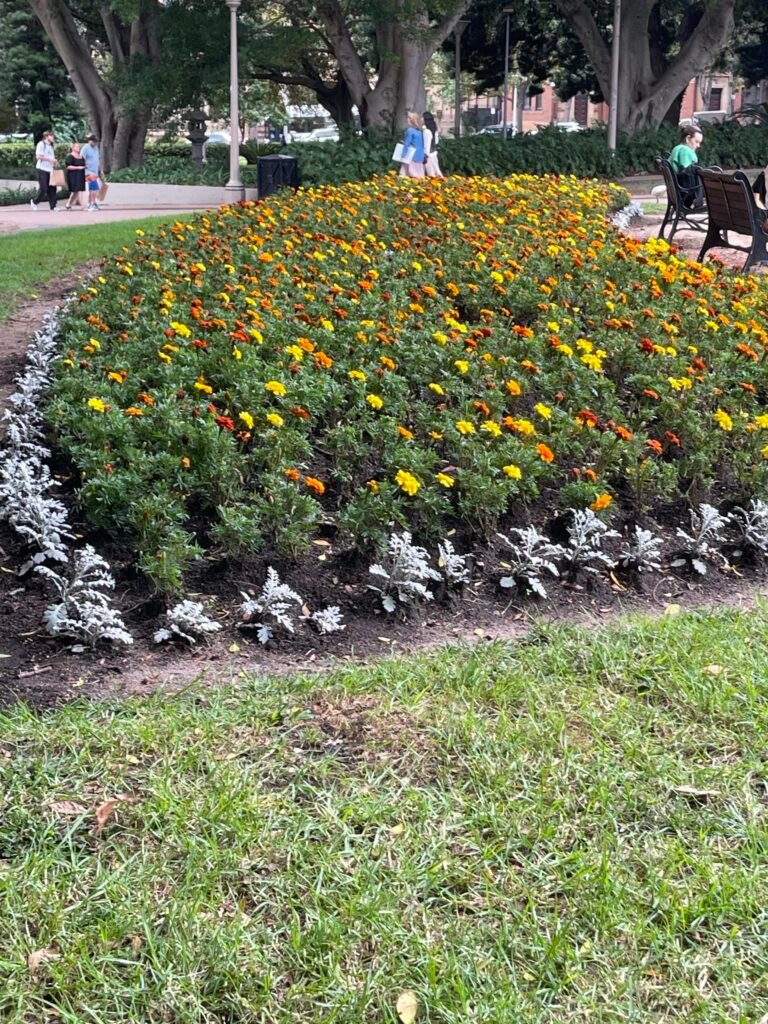
Walking back to the hotel through the park
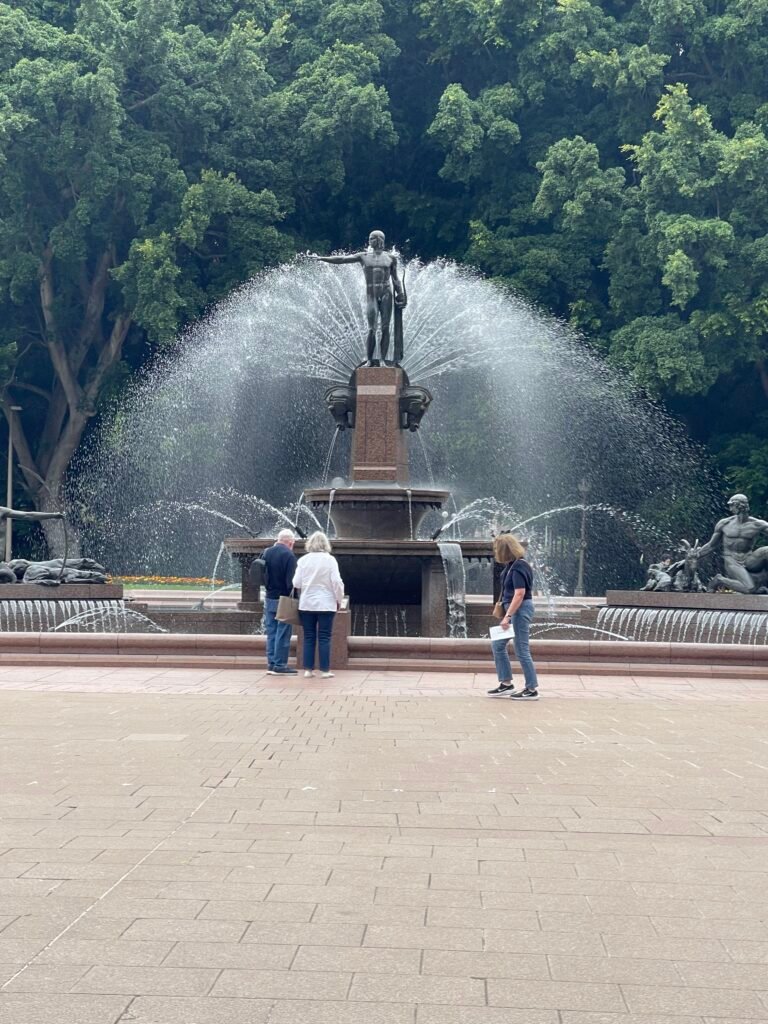
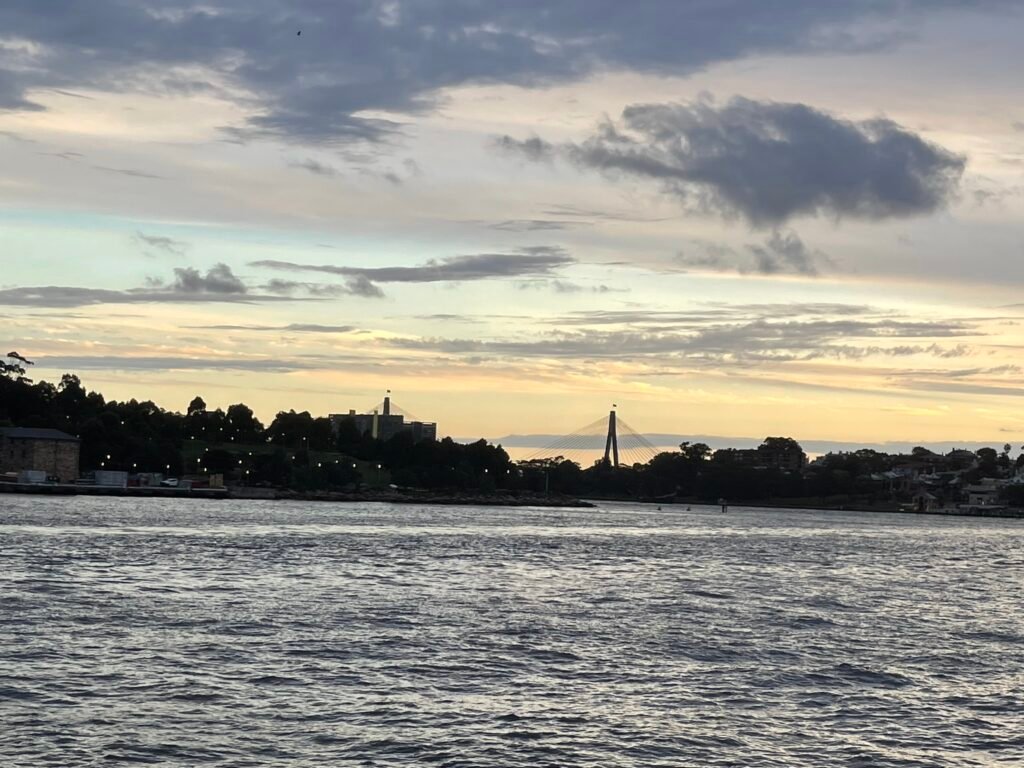
Our sunset dinner cruise
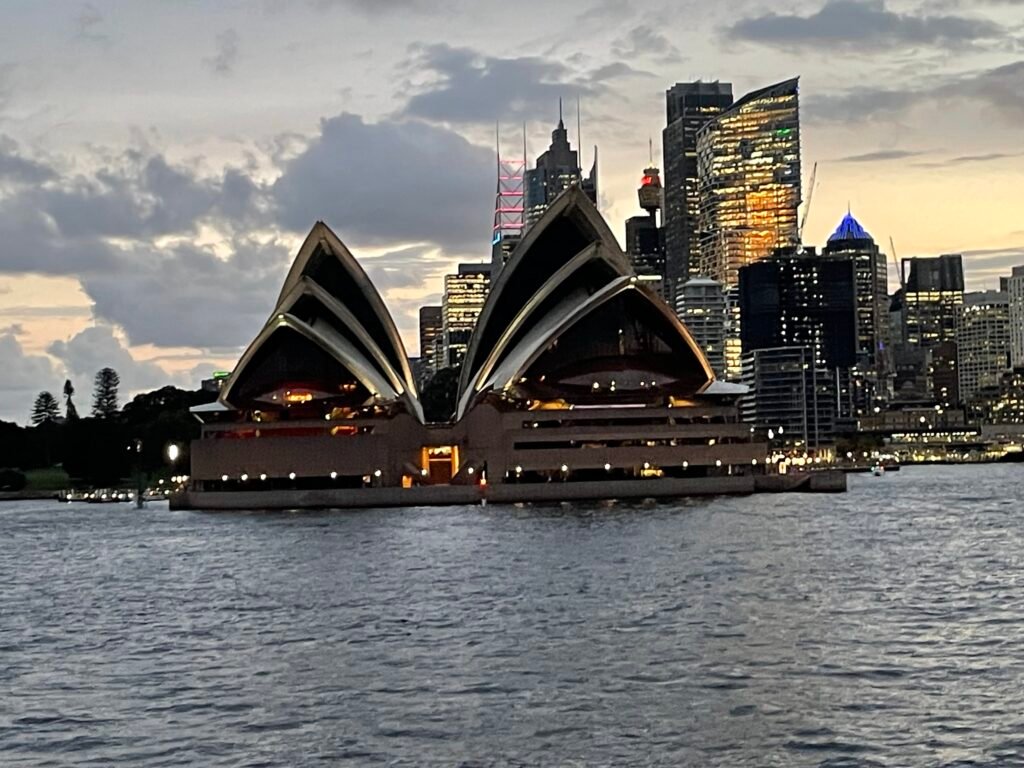
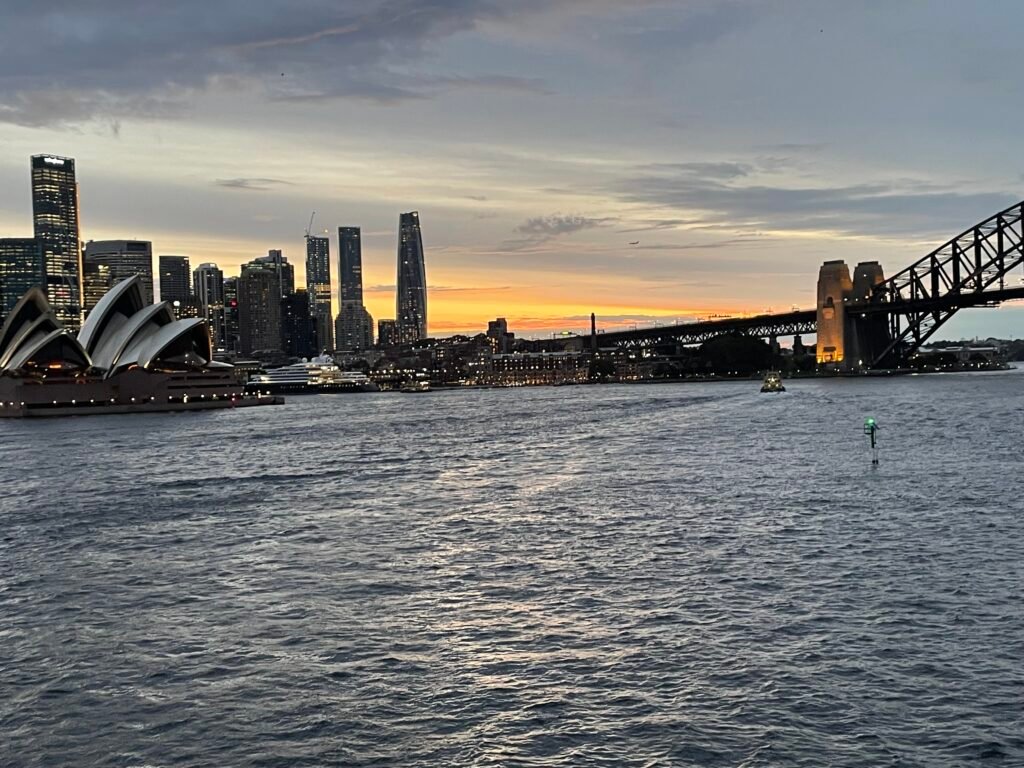
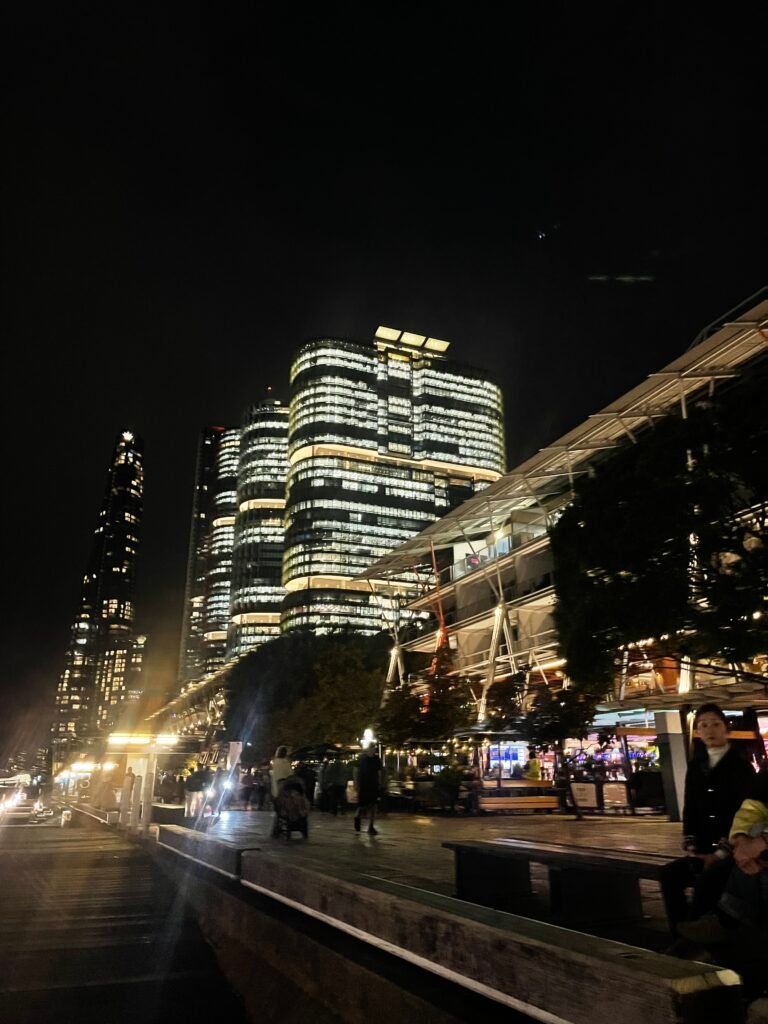
On our “pub walk” back to the hotel
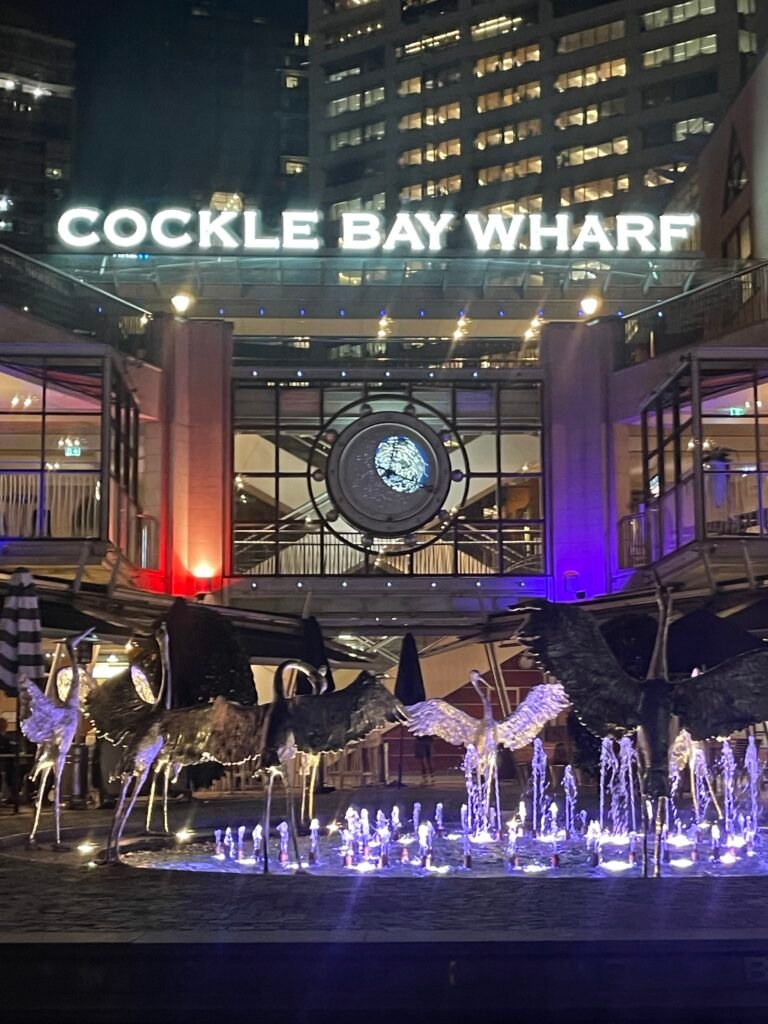
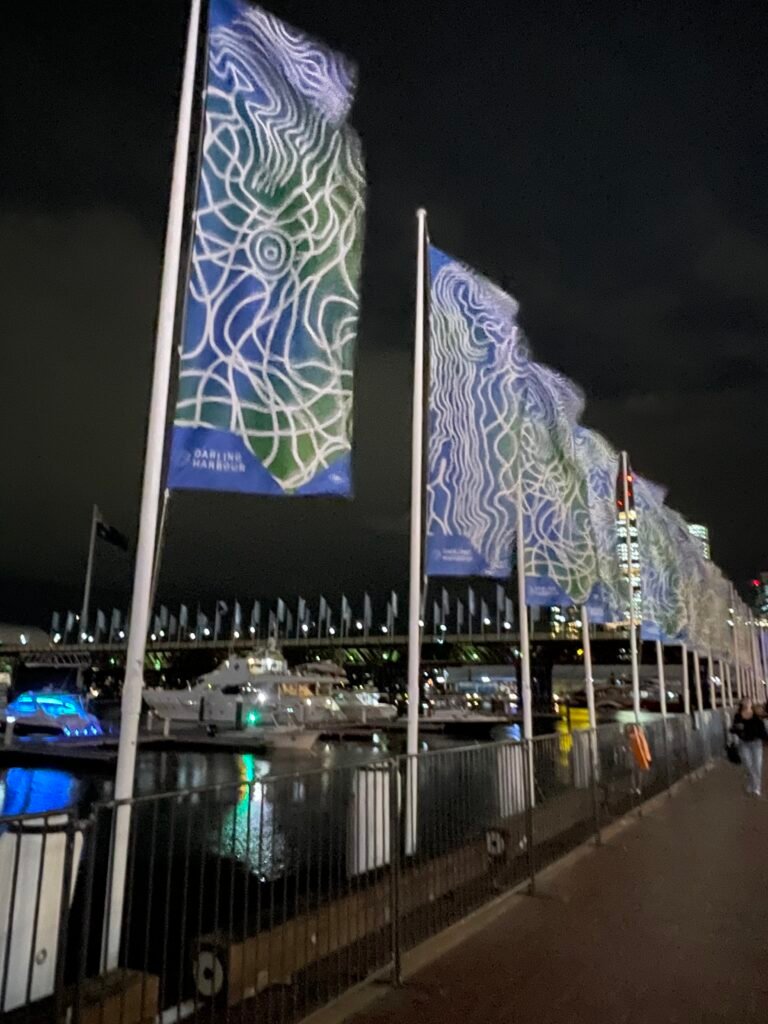
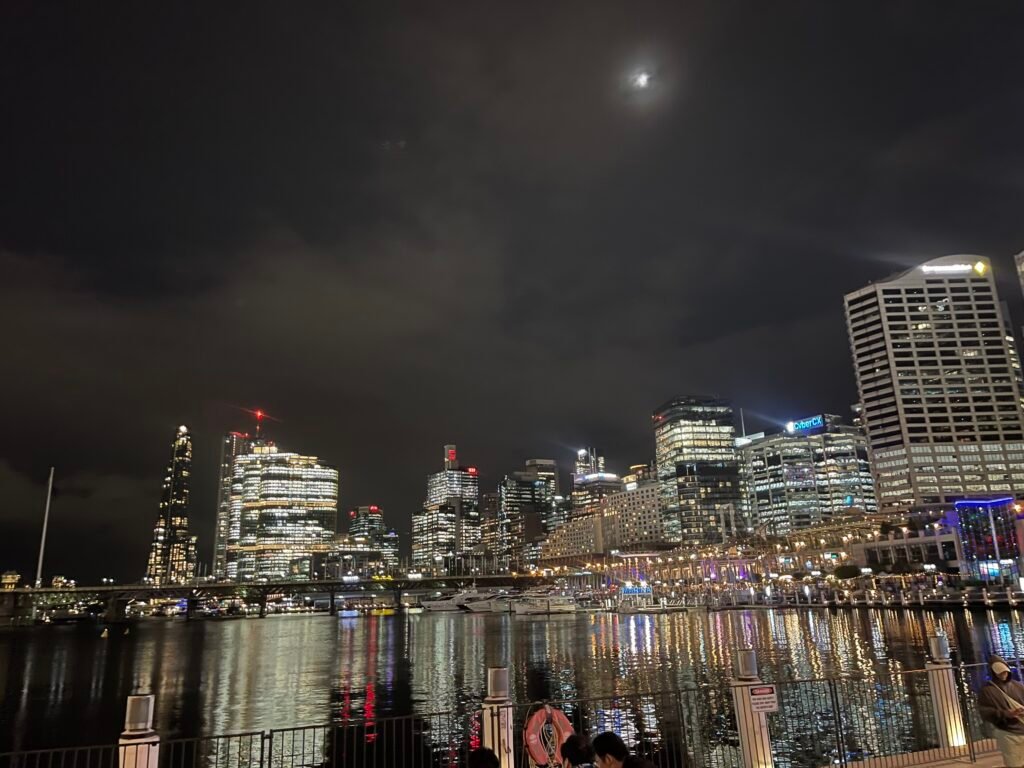
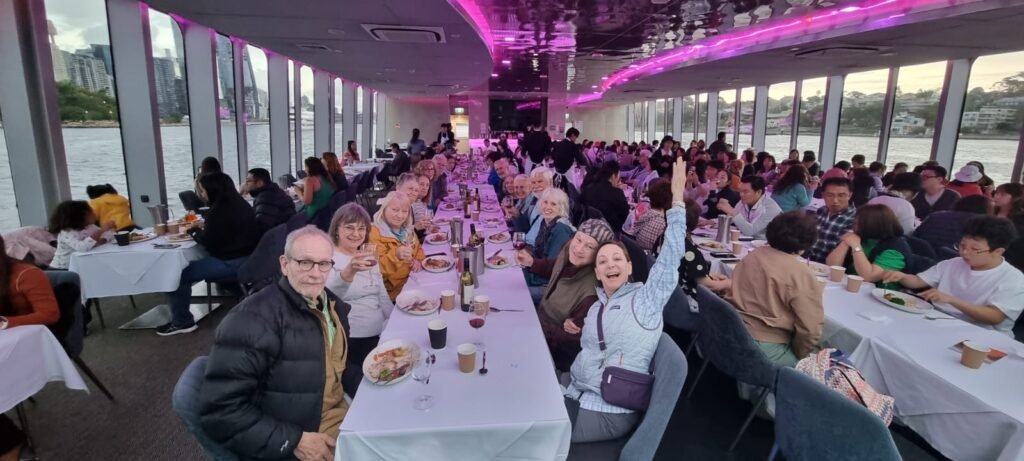
Our sunset cruise
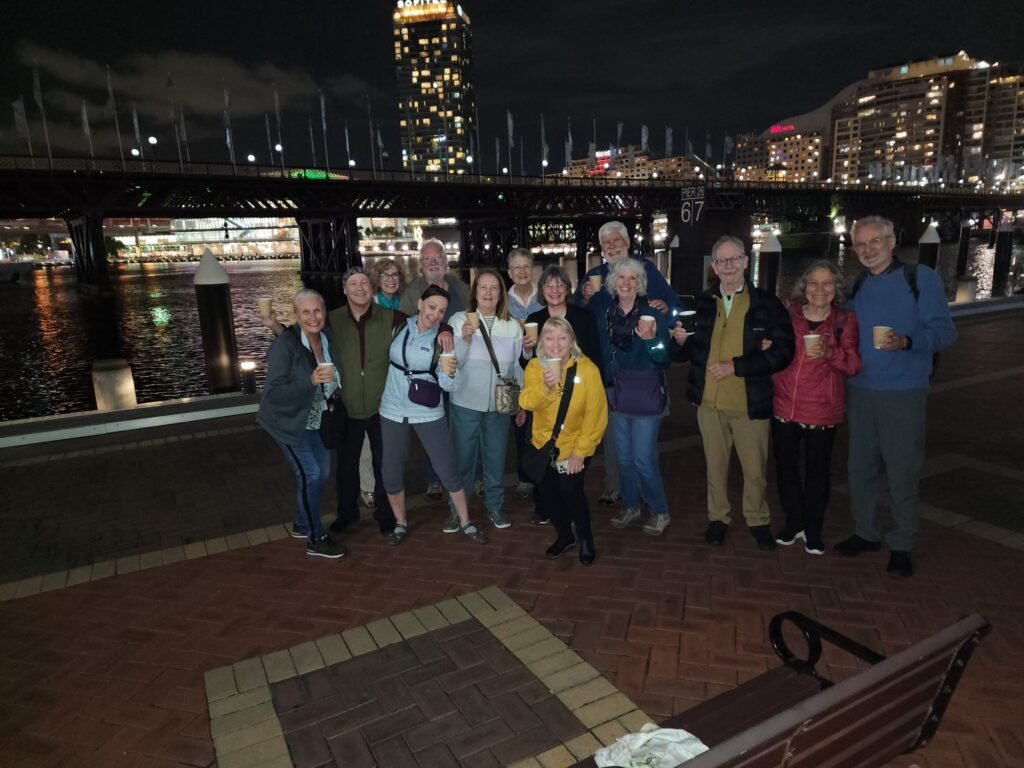
Our “pub walk”
